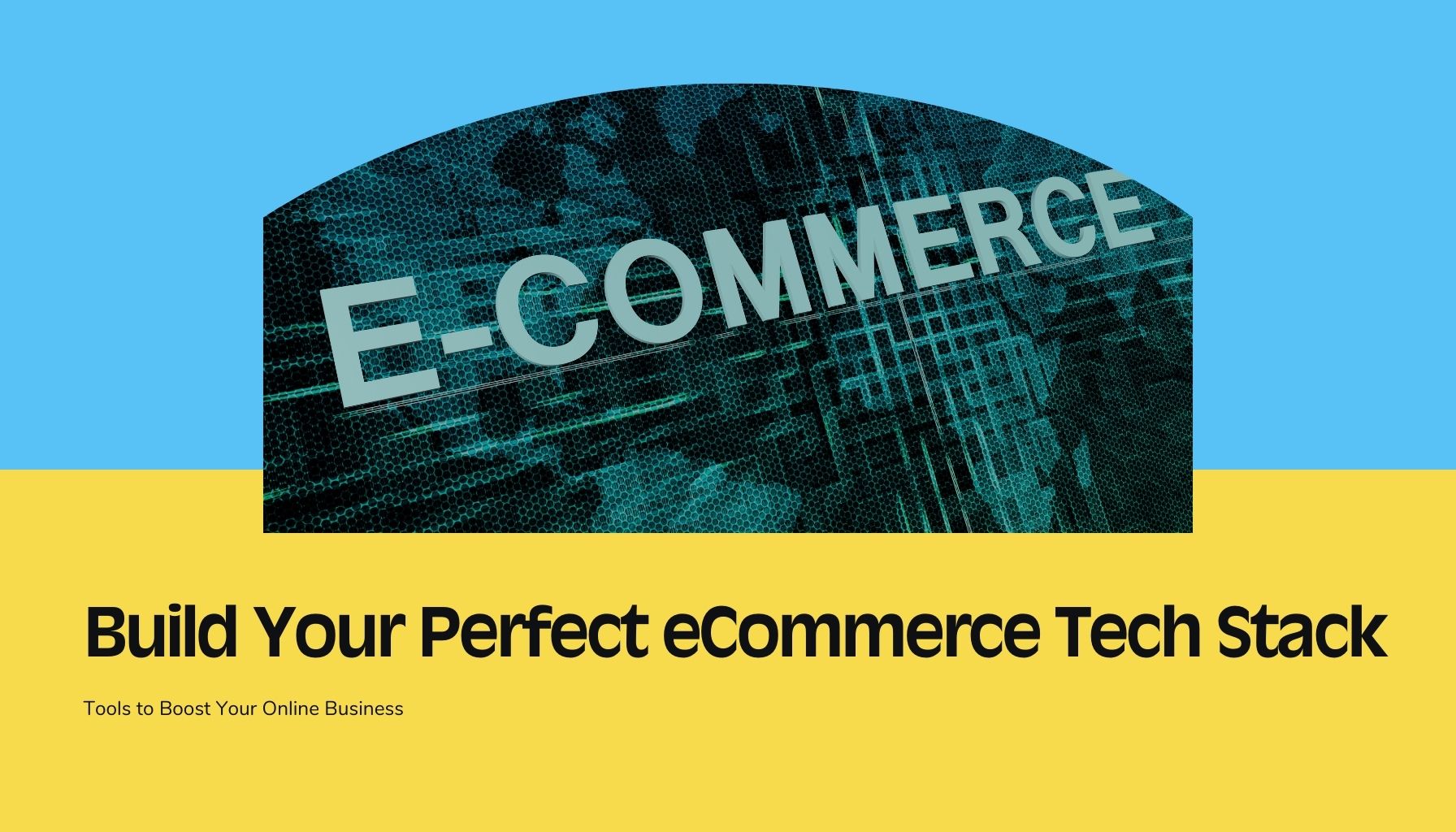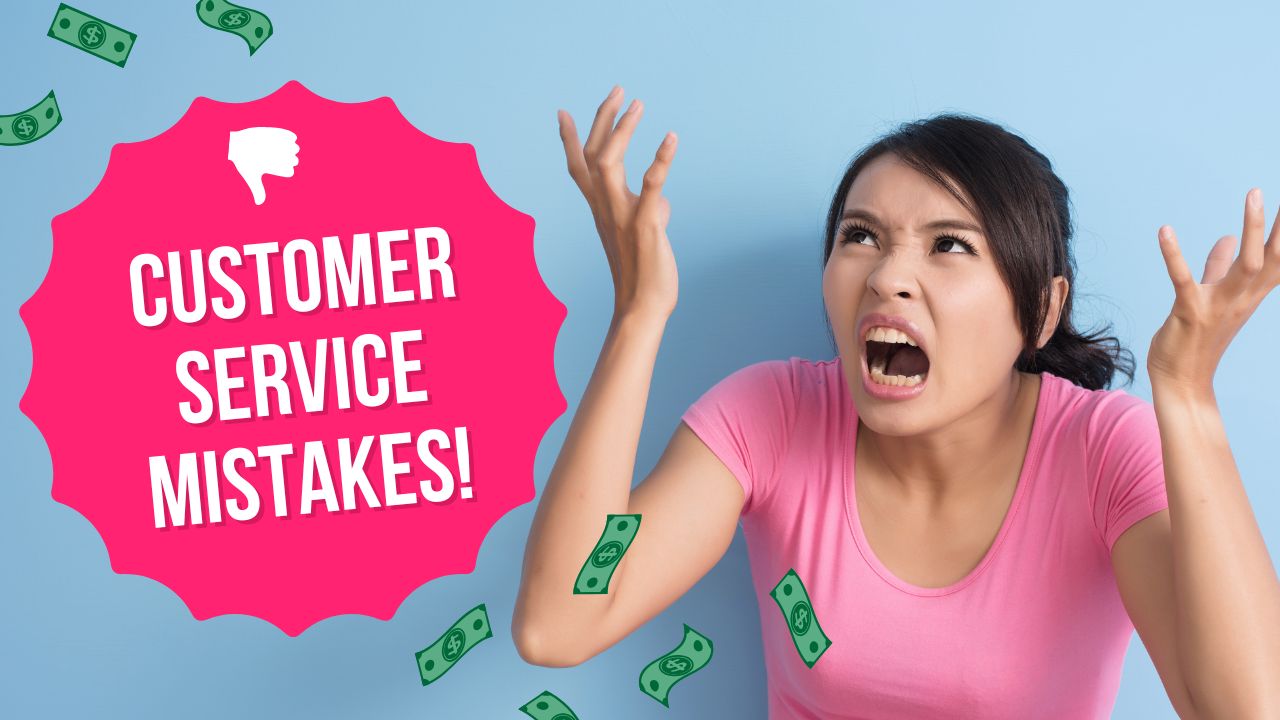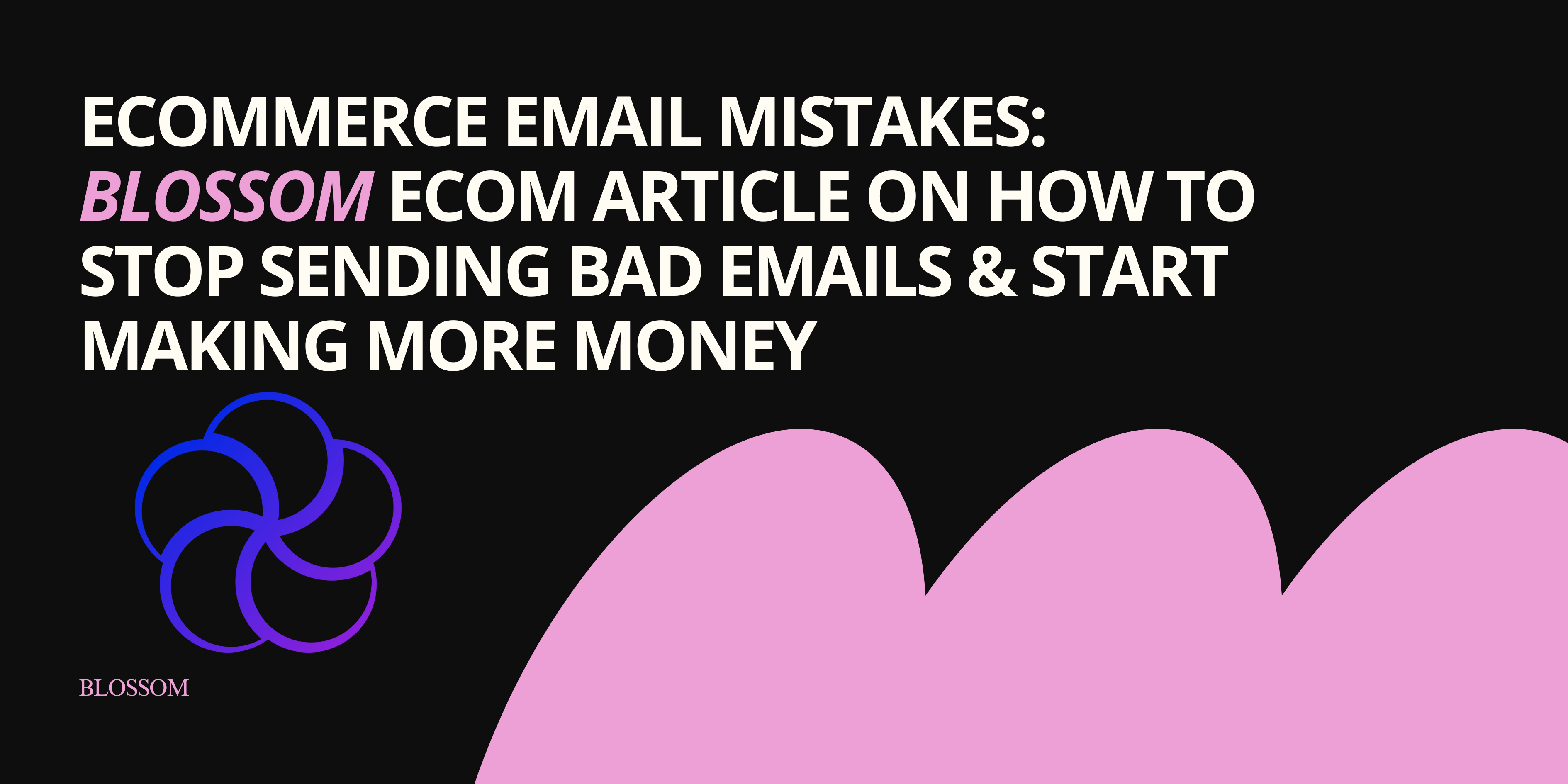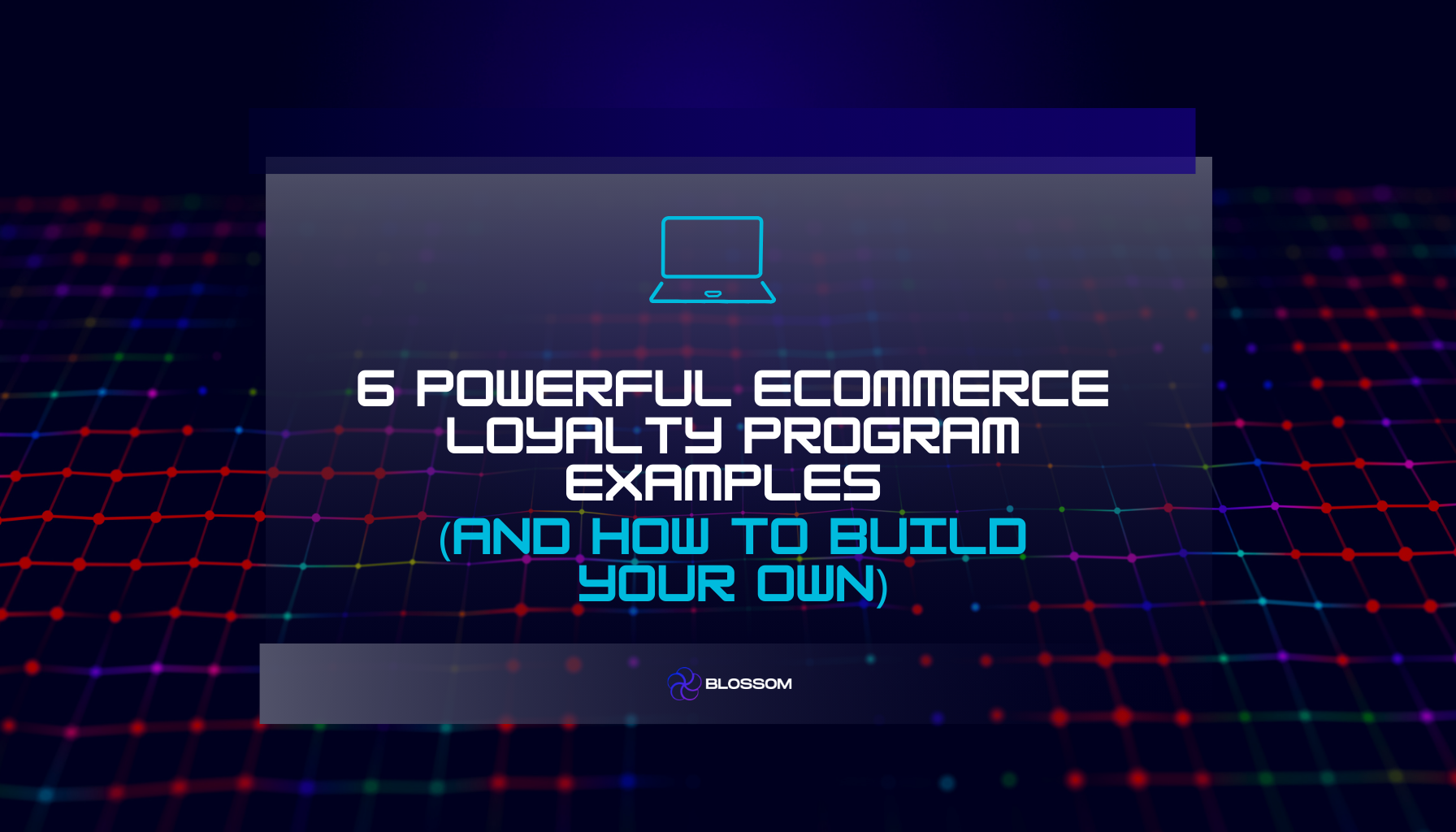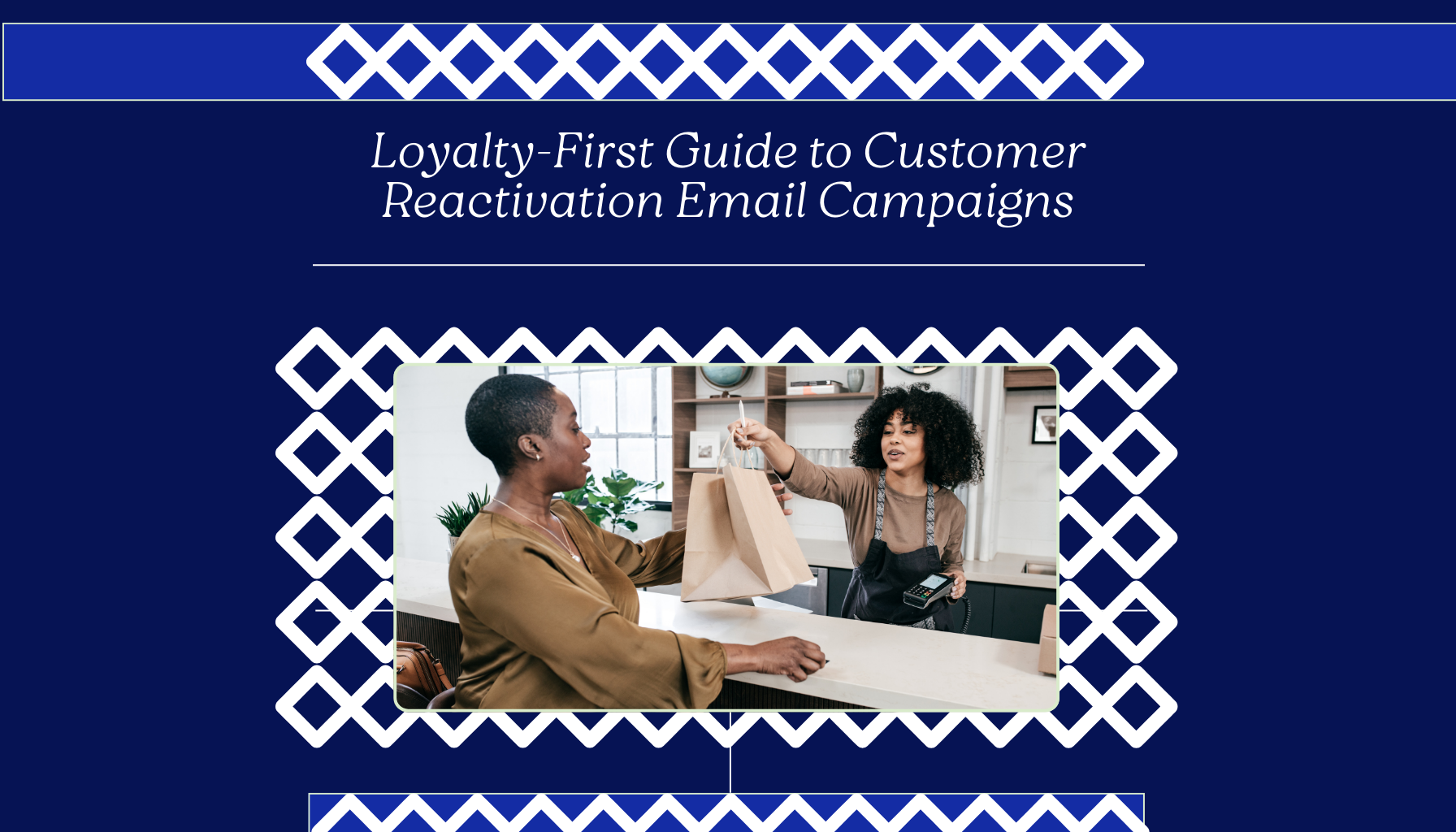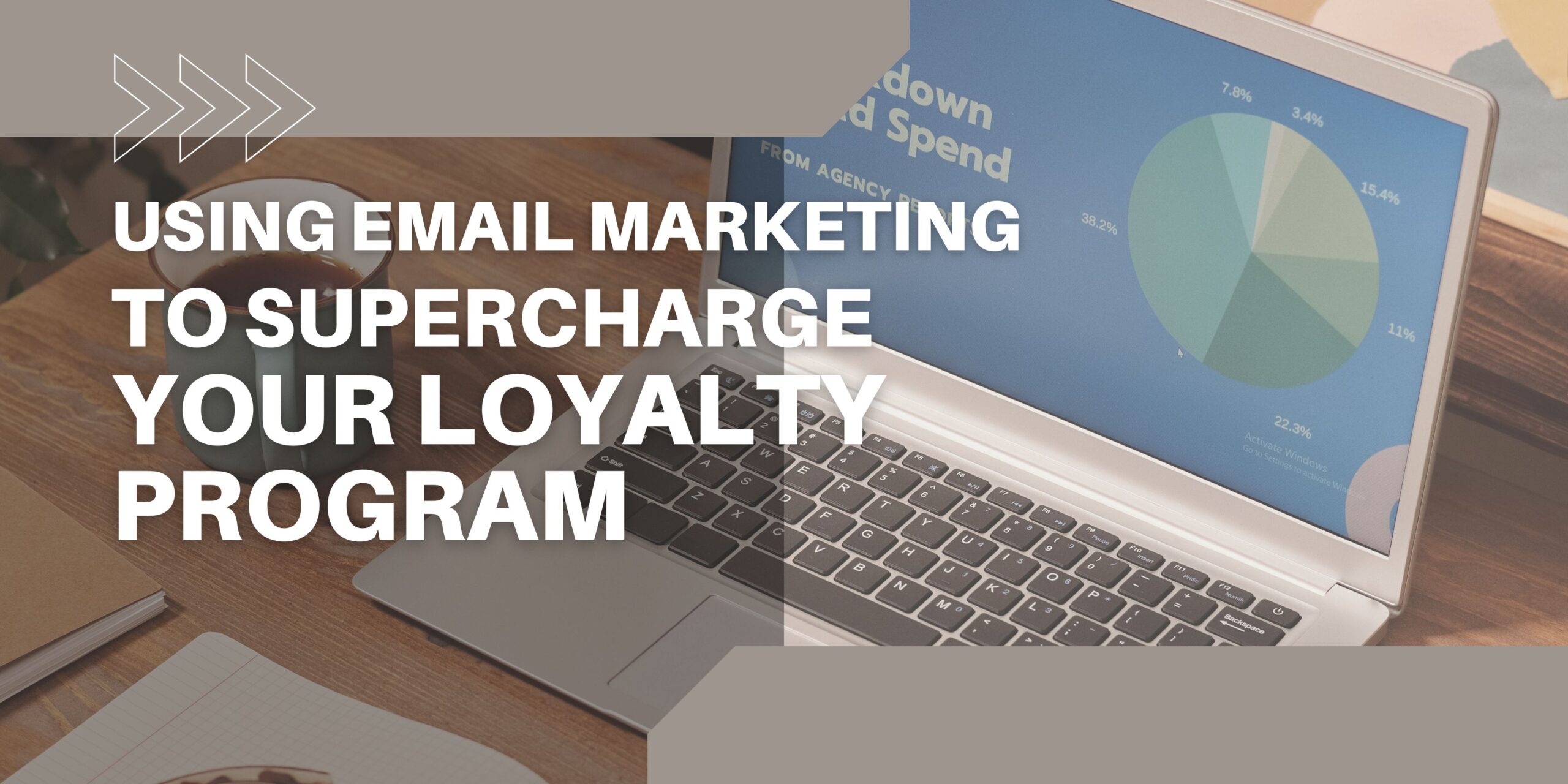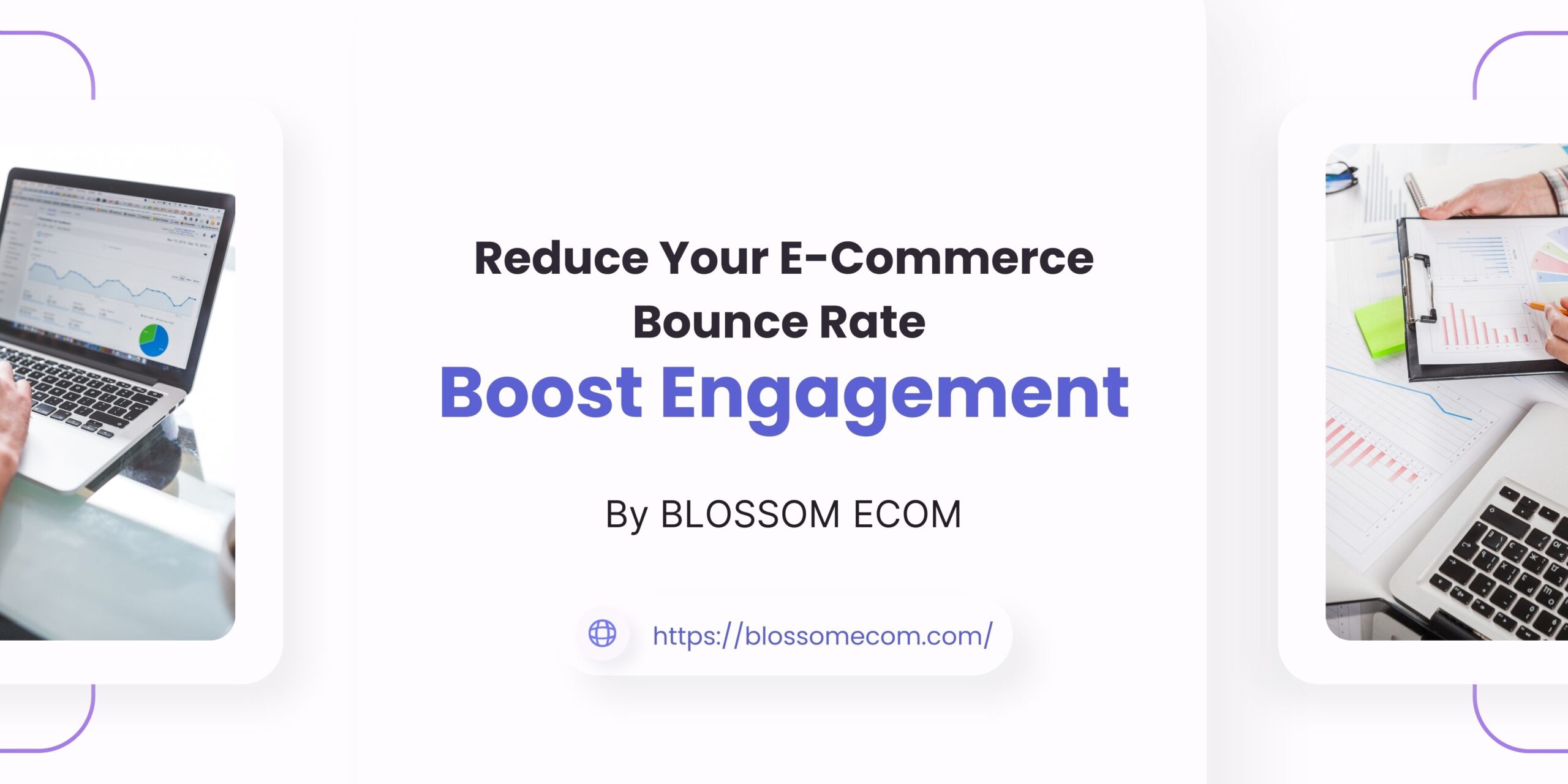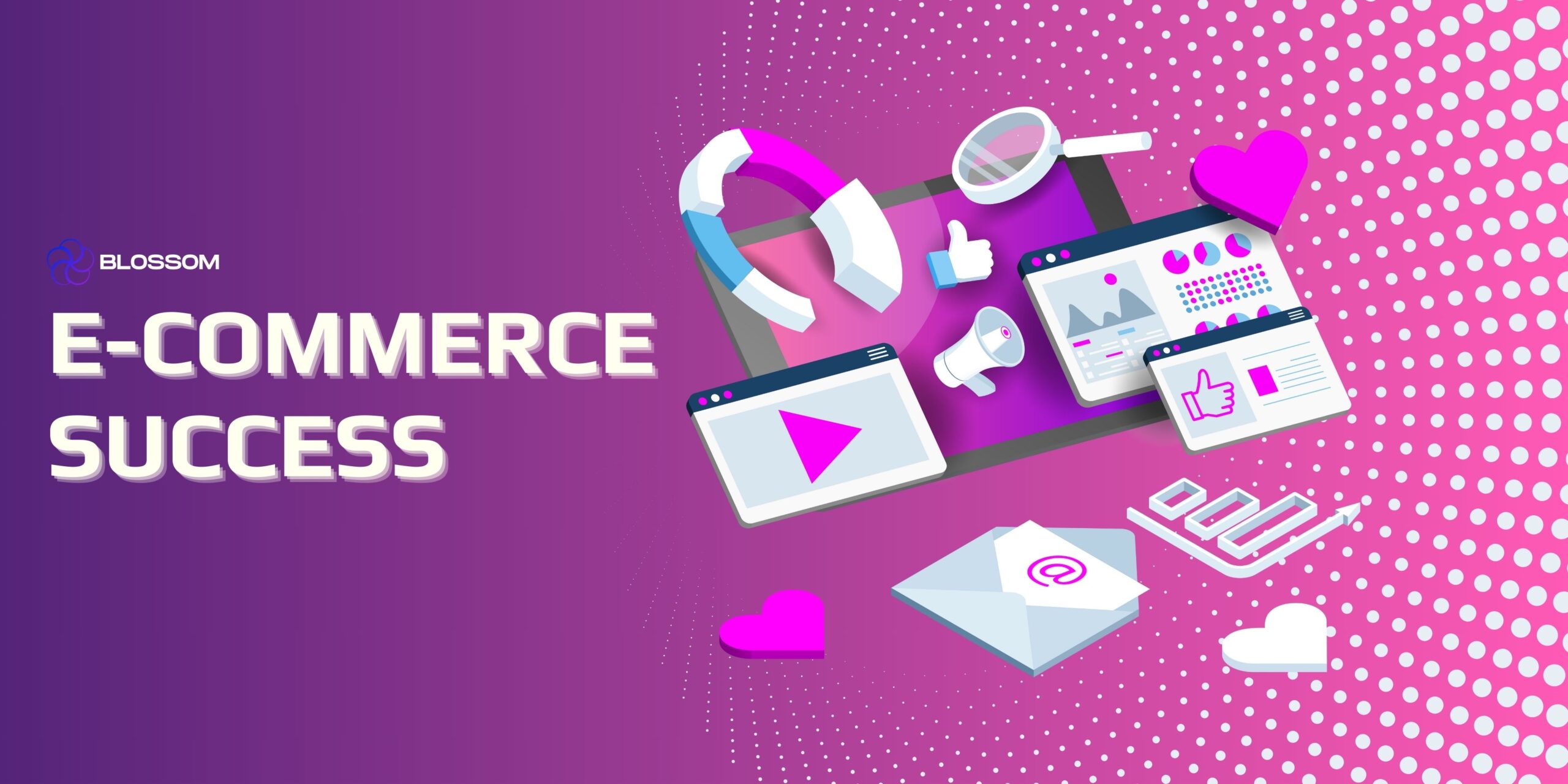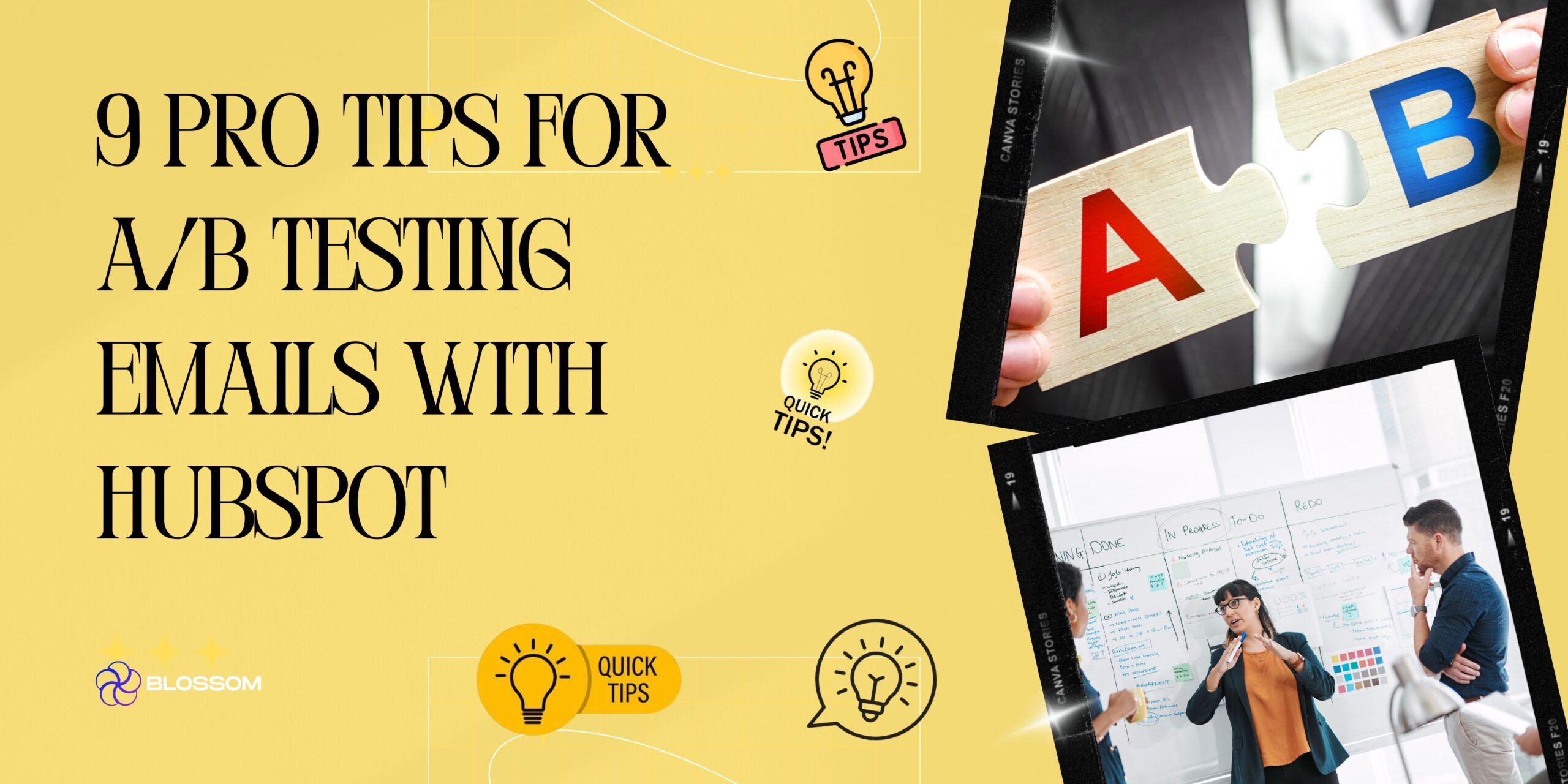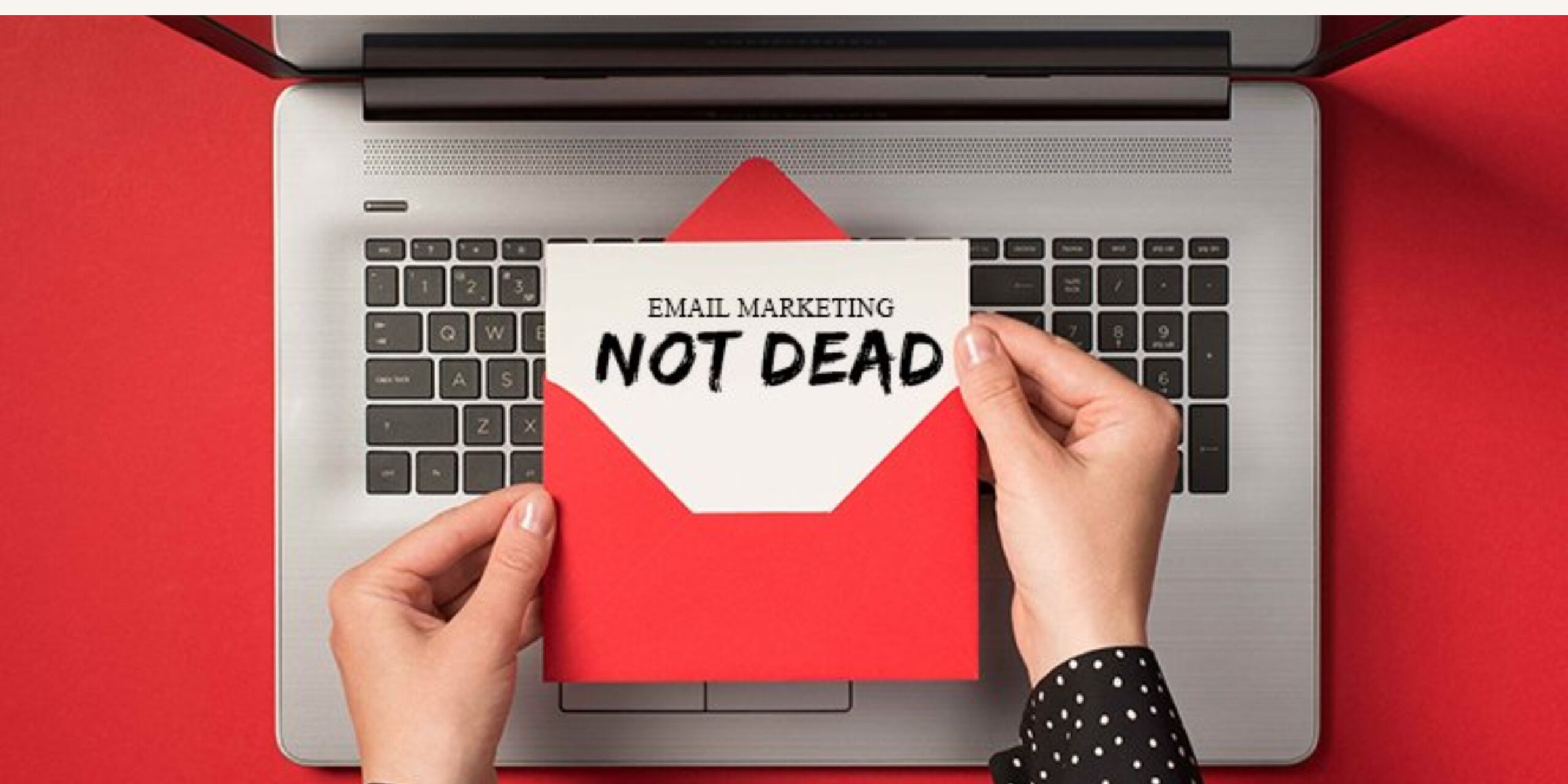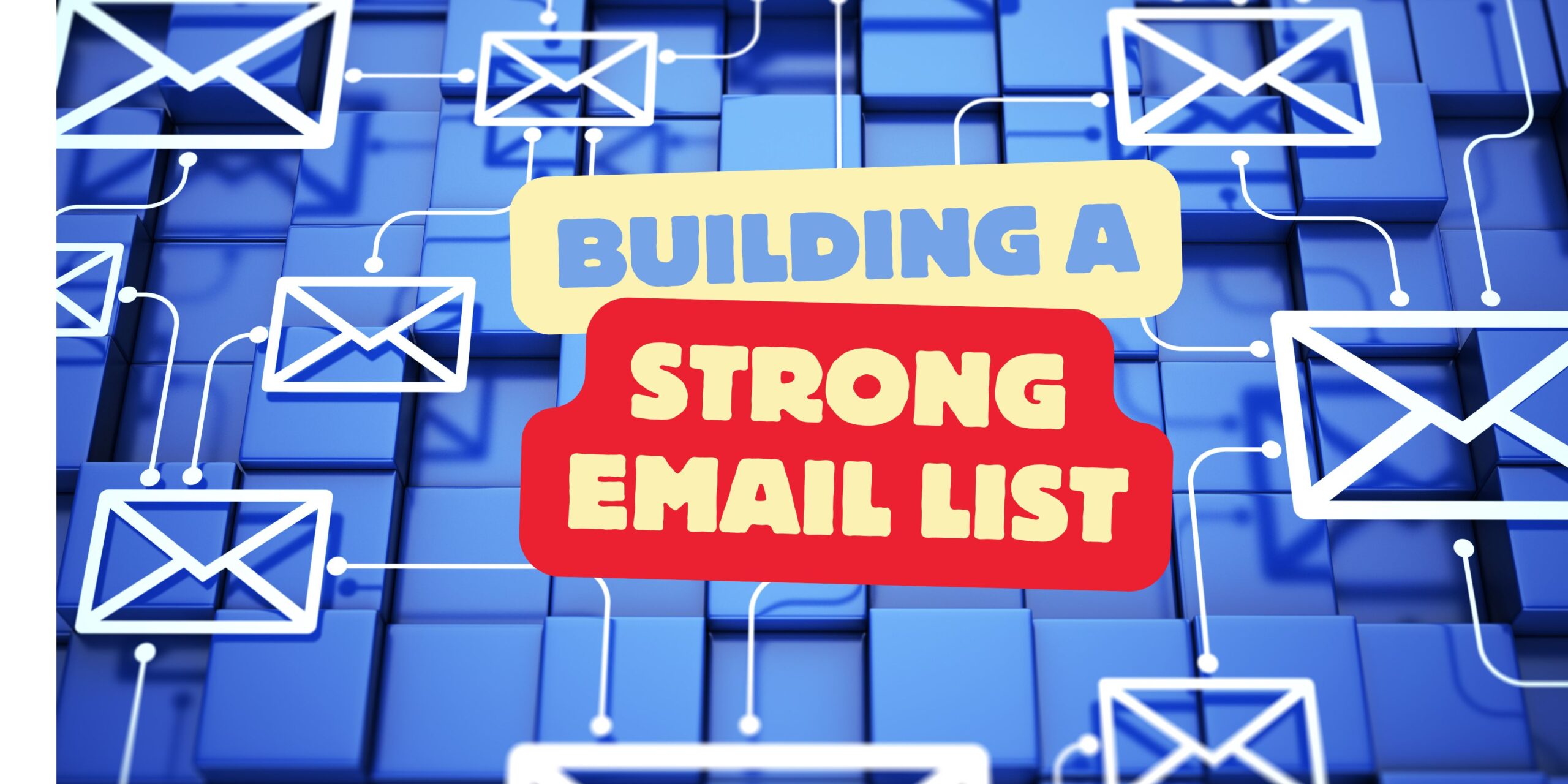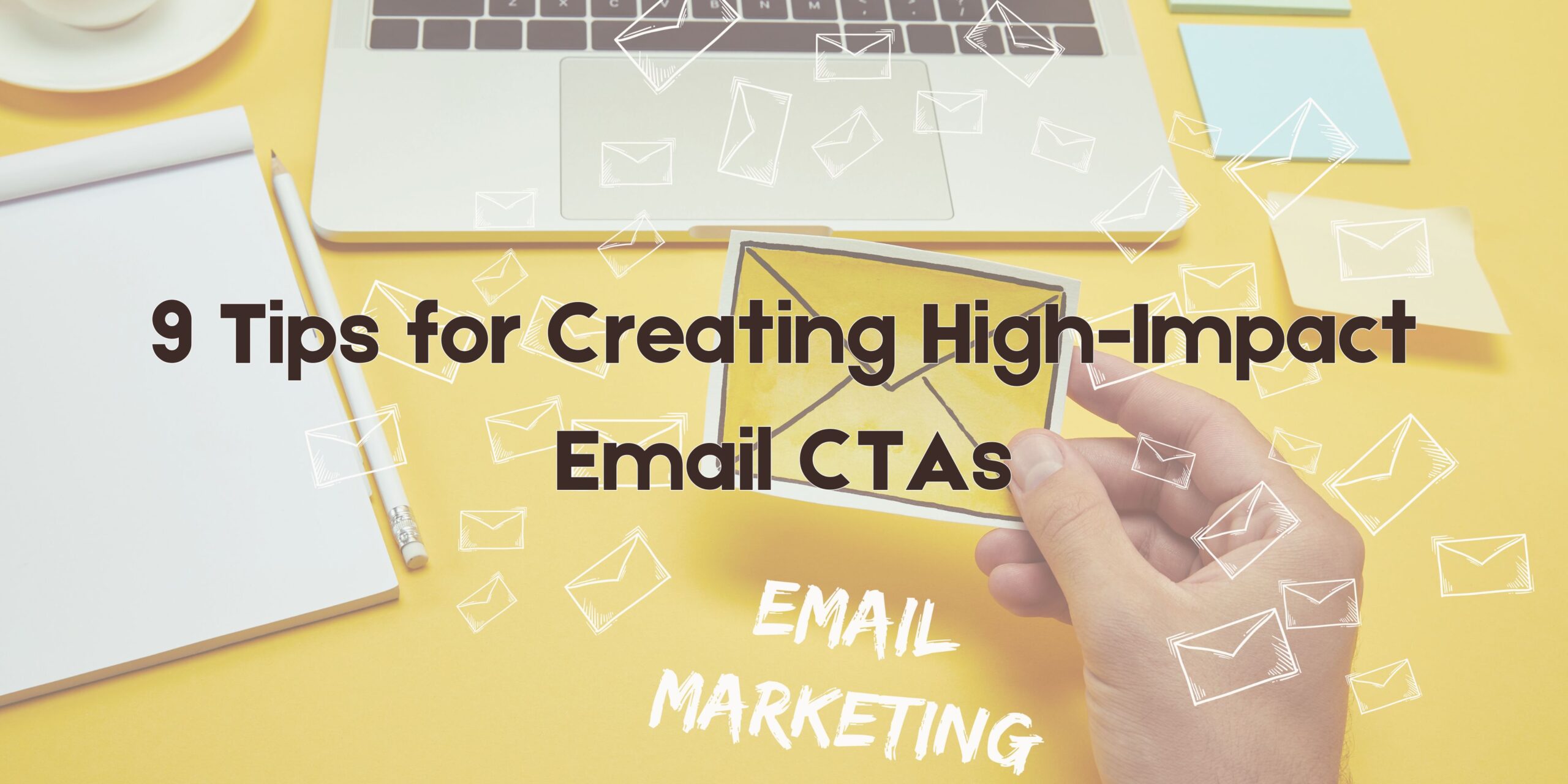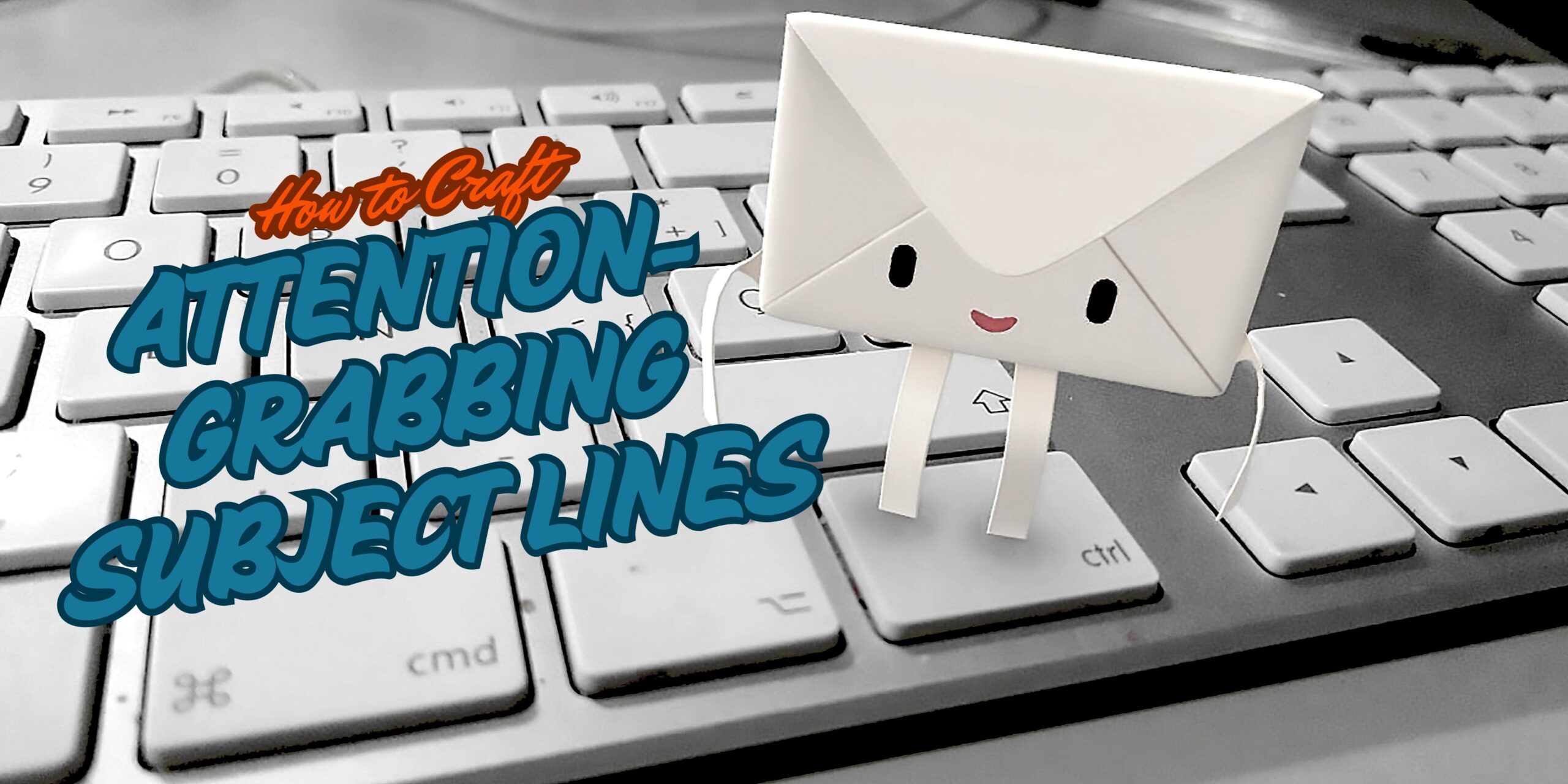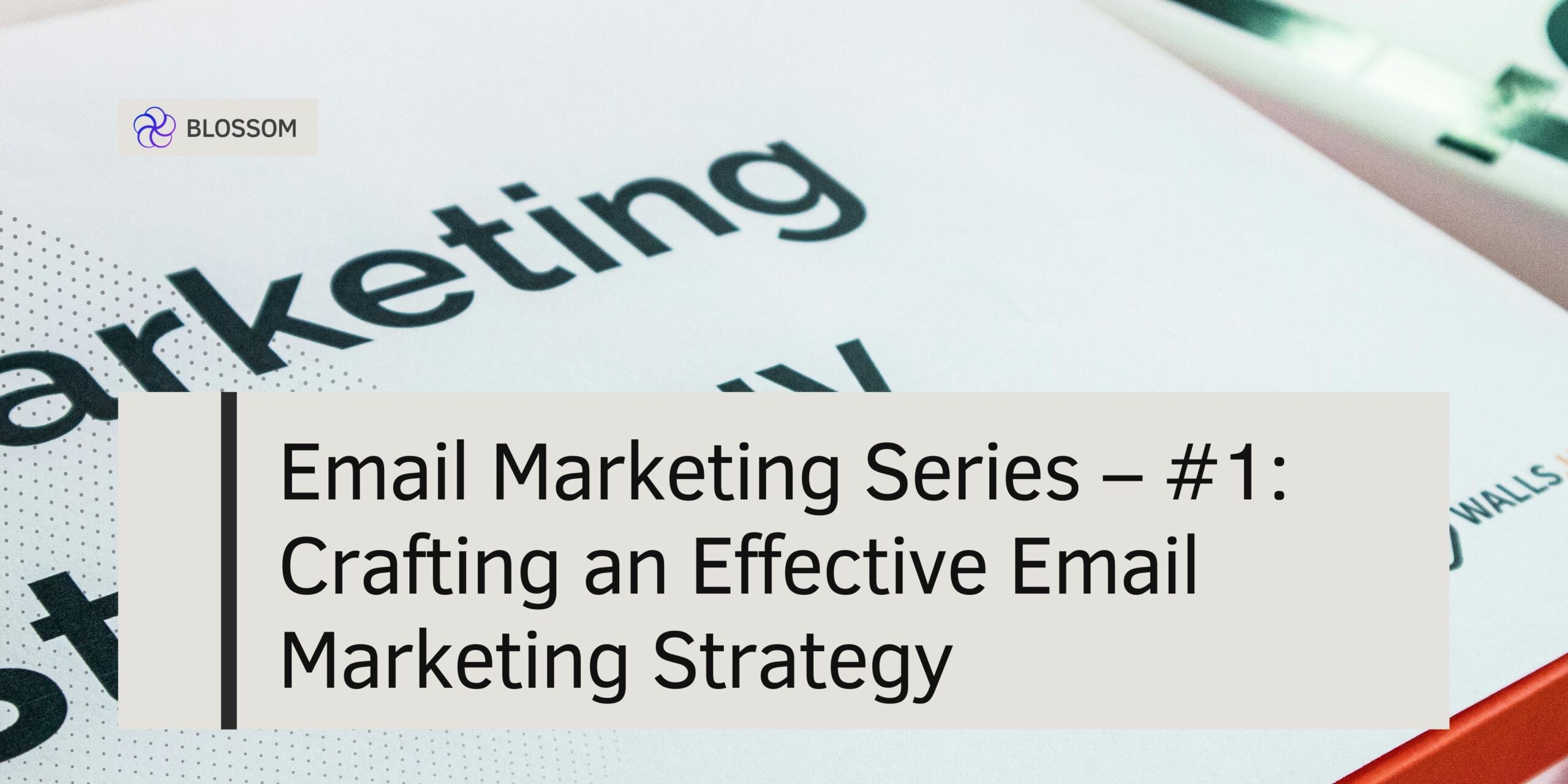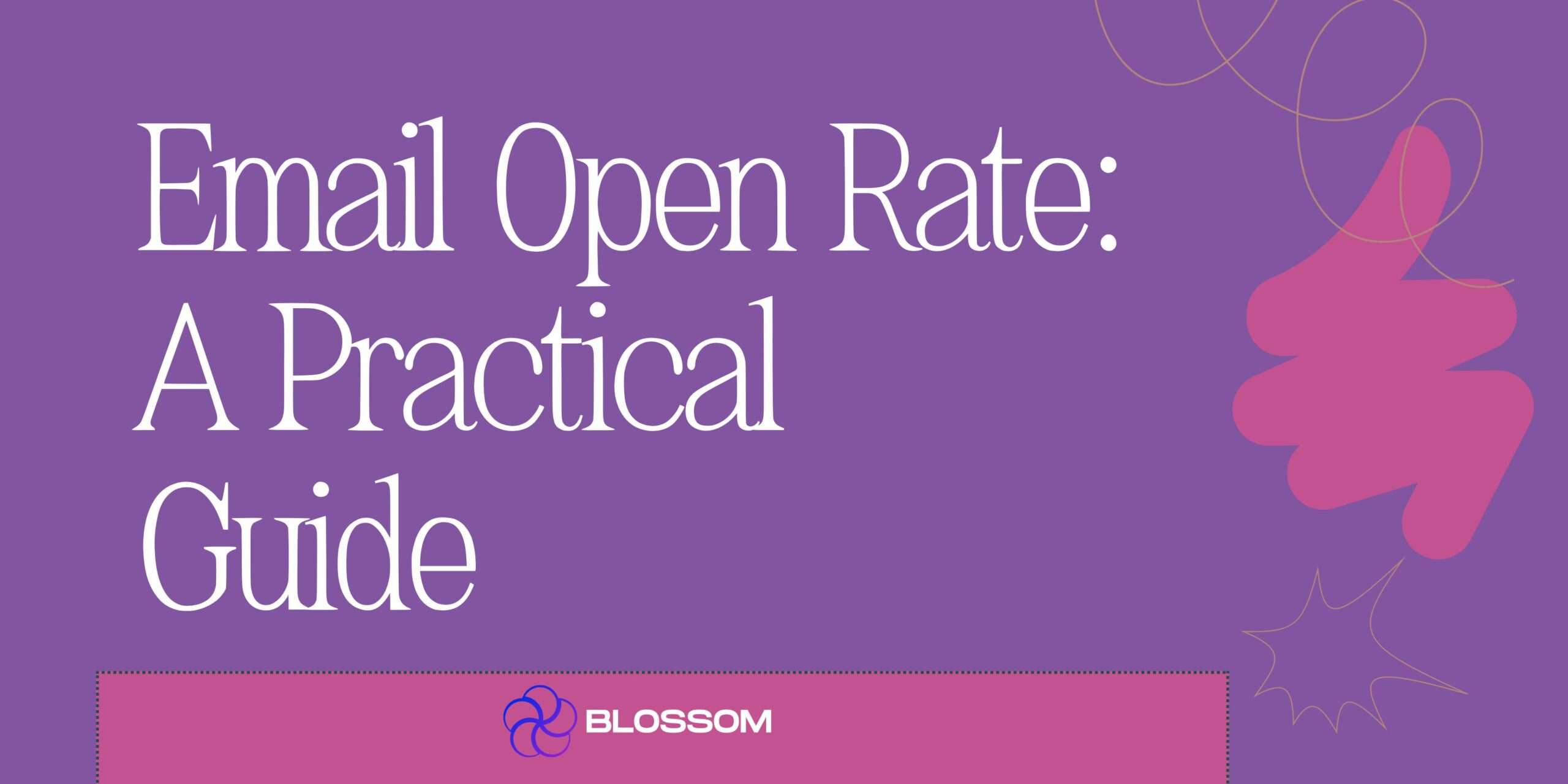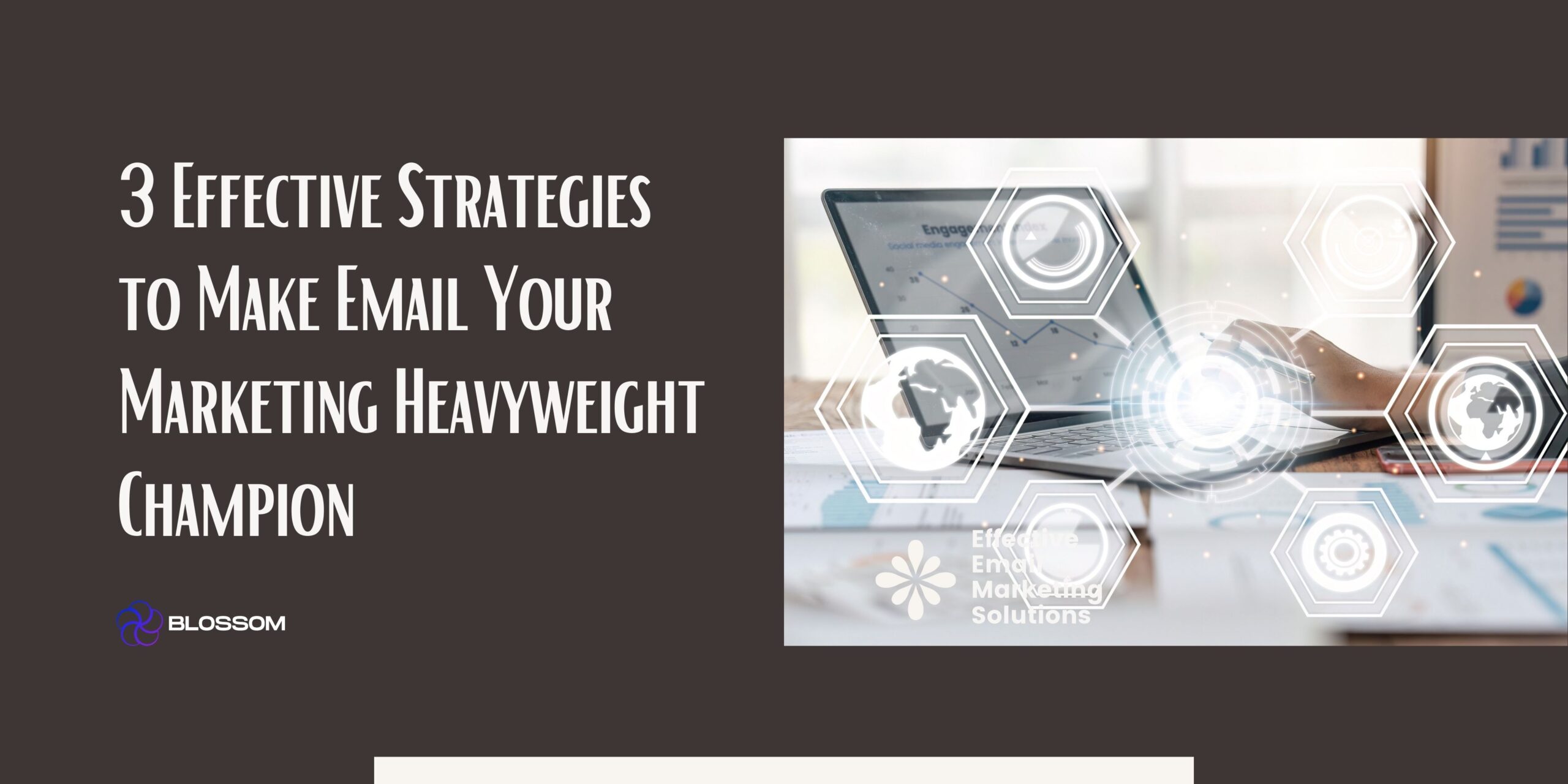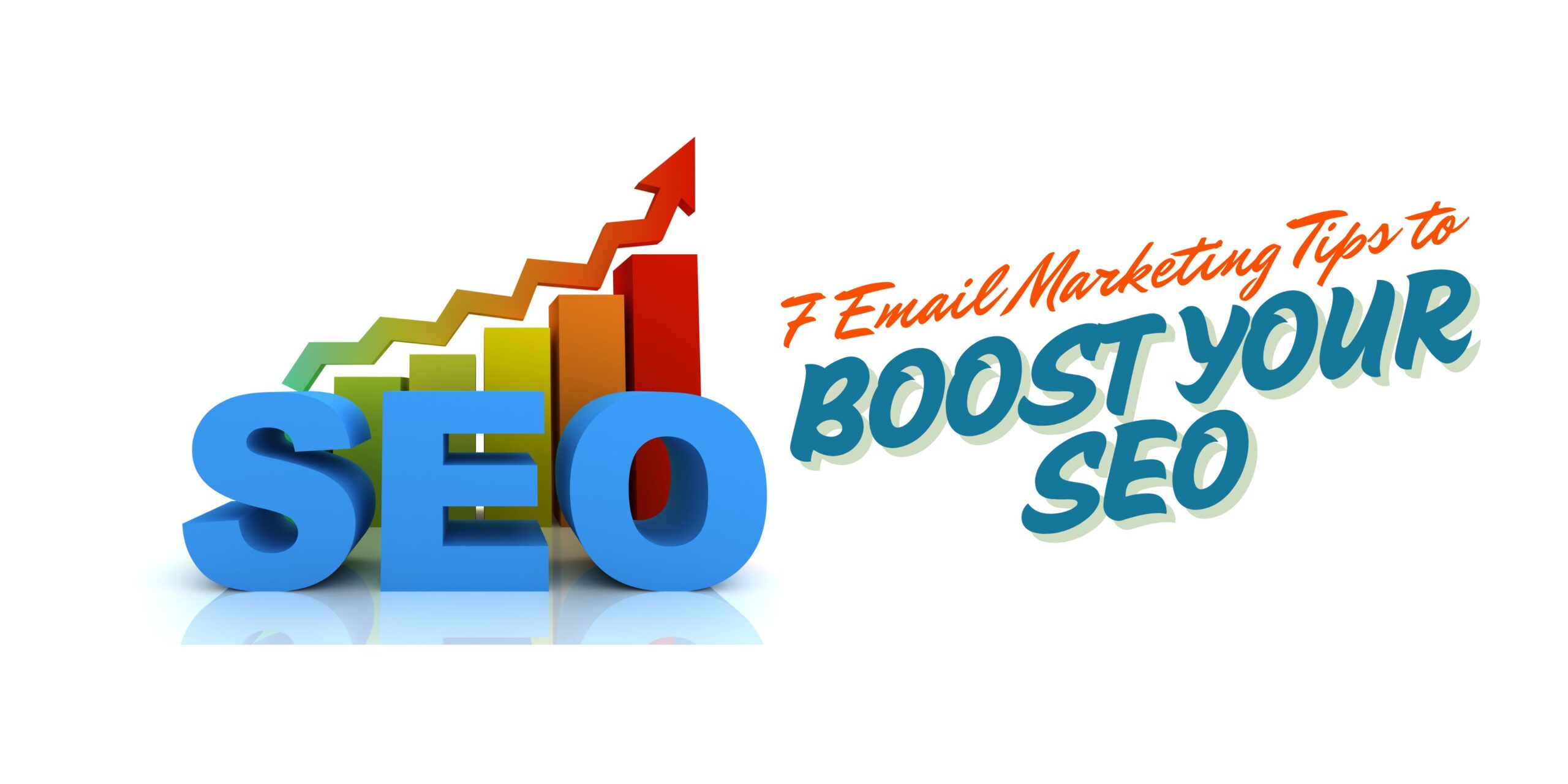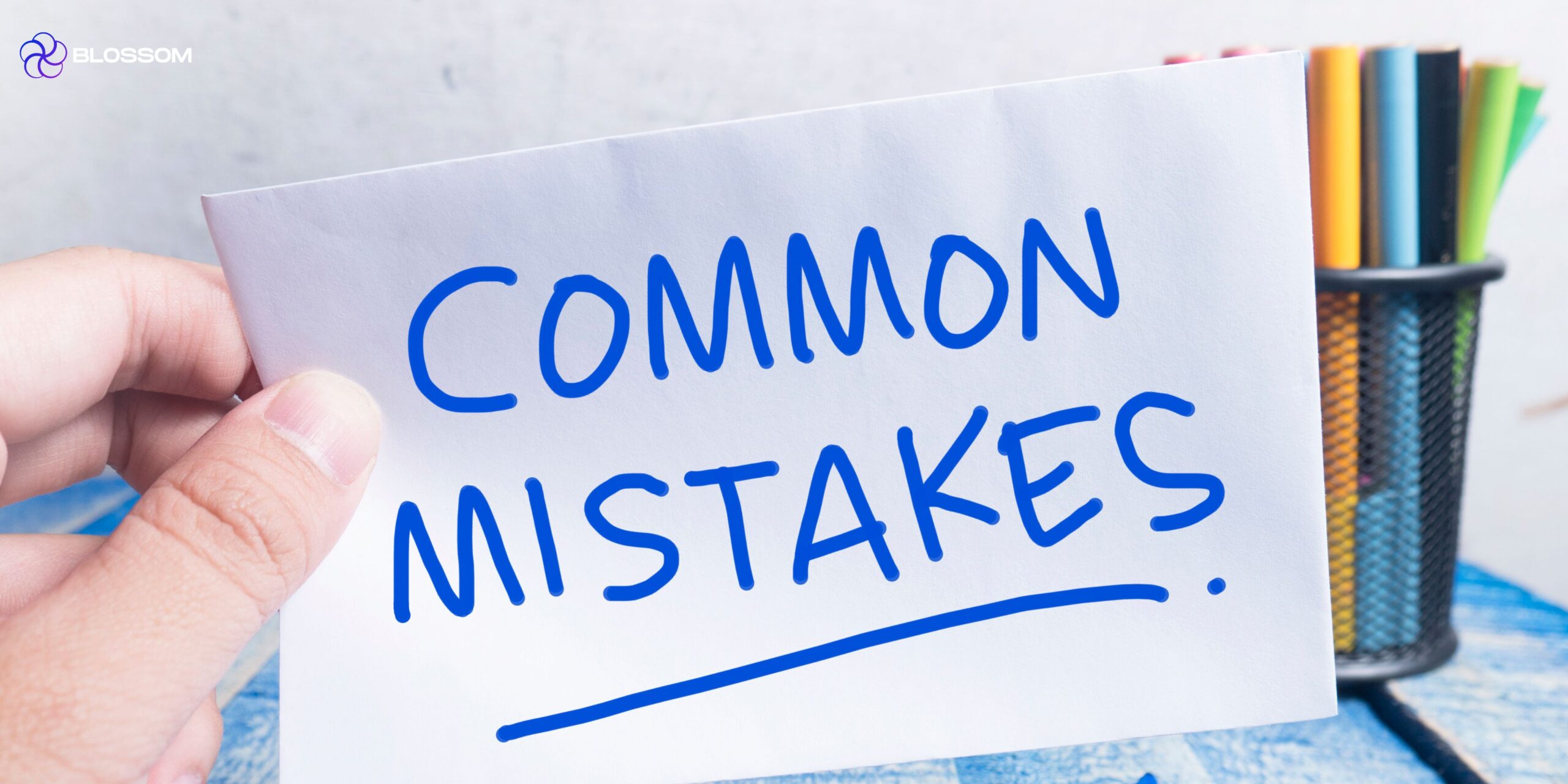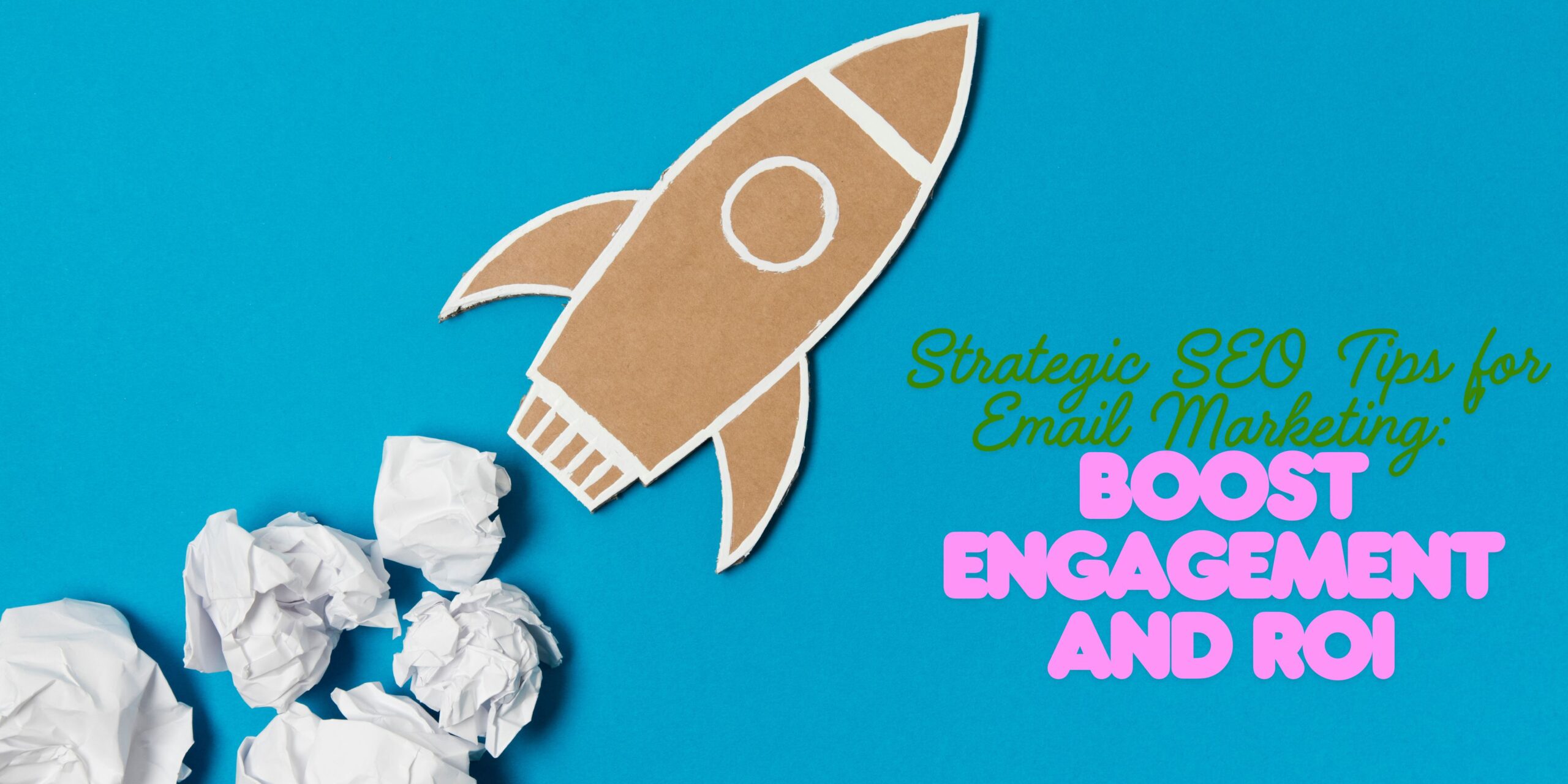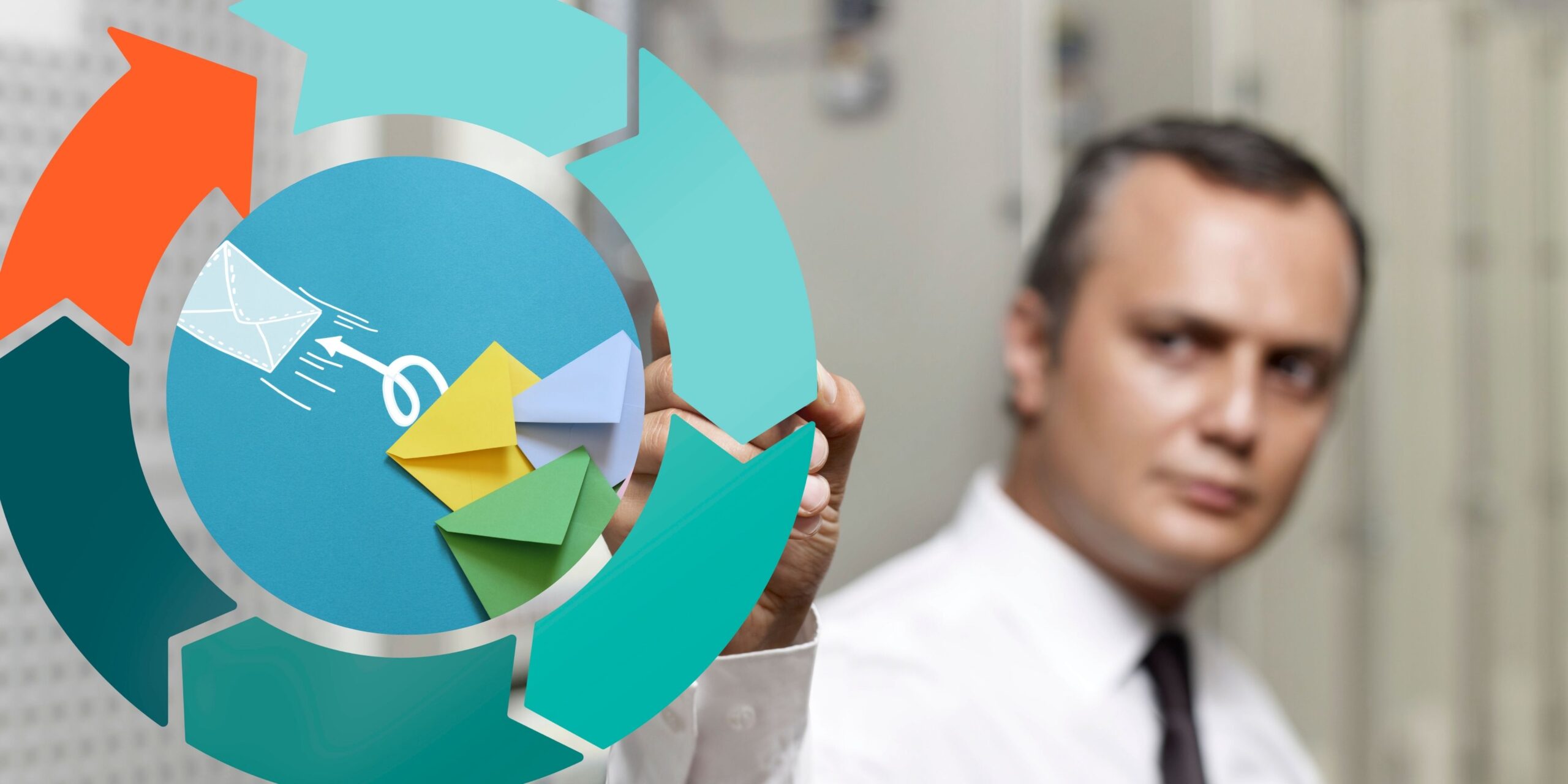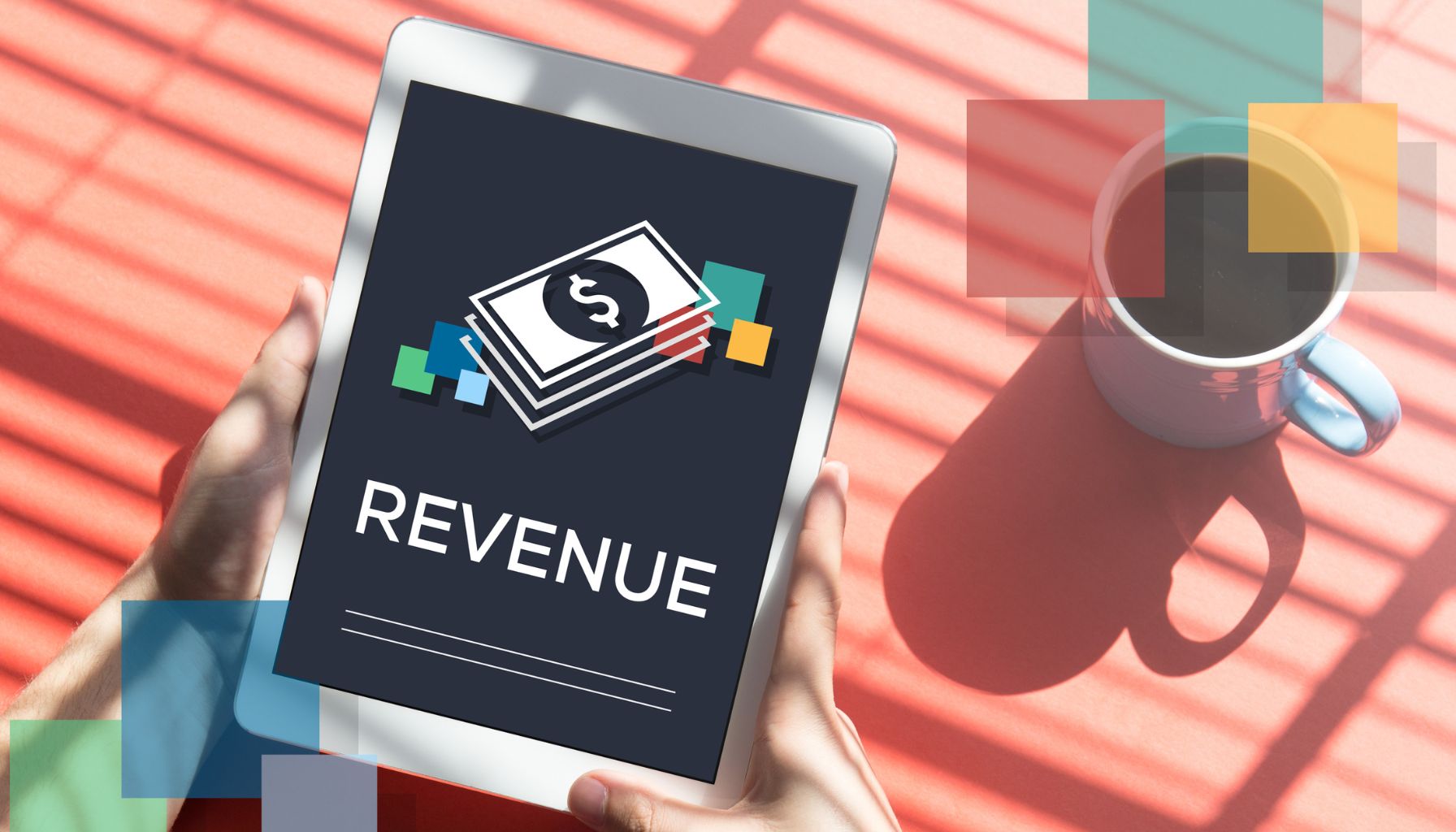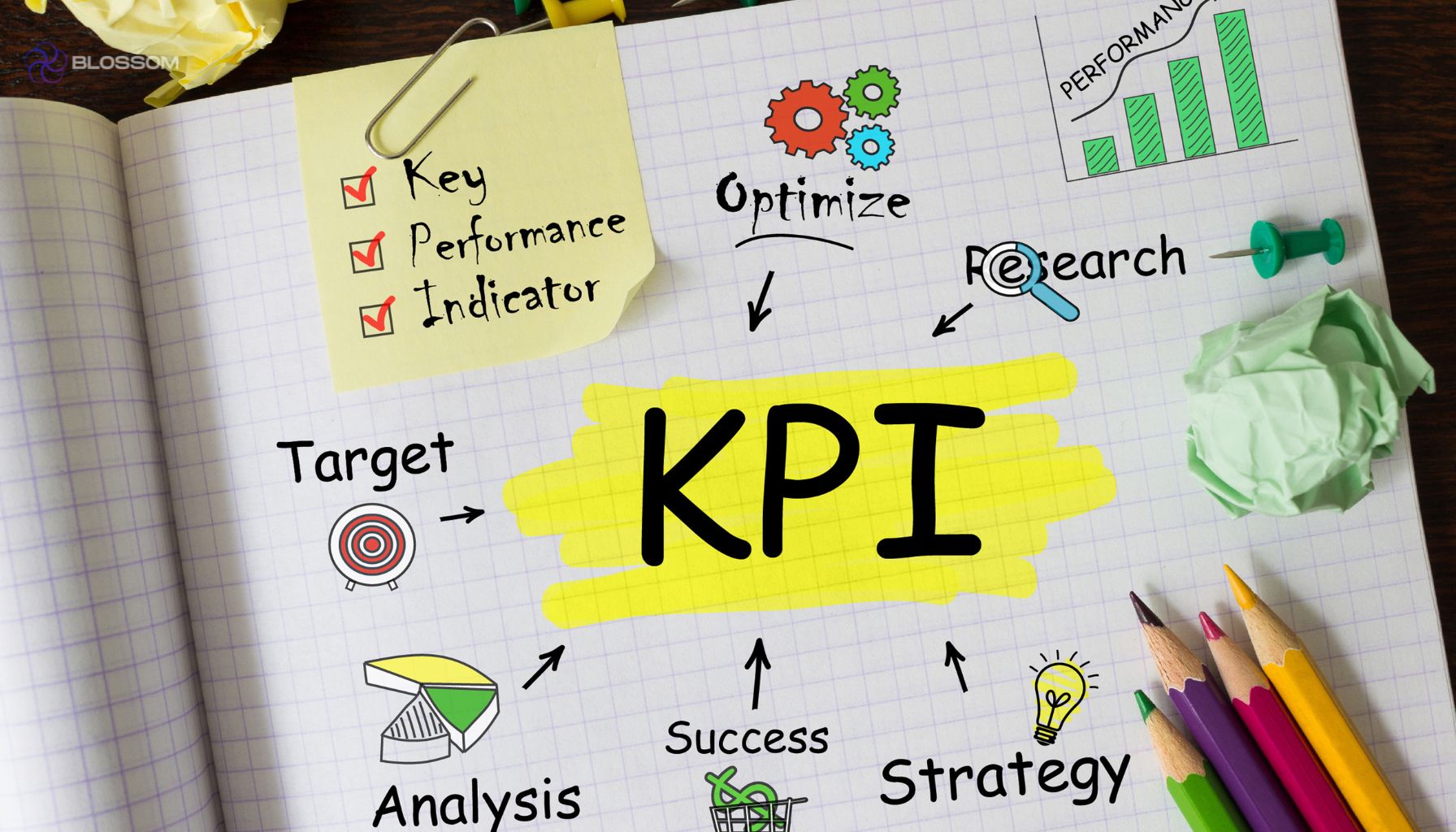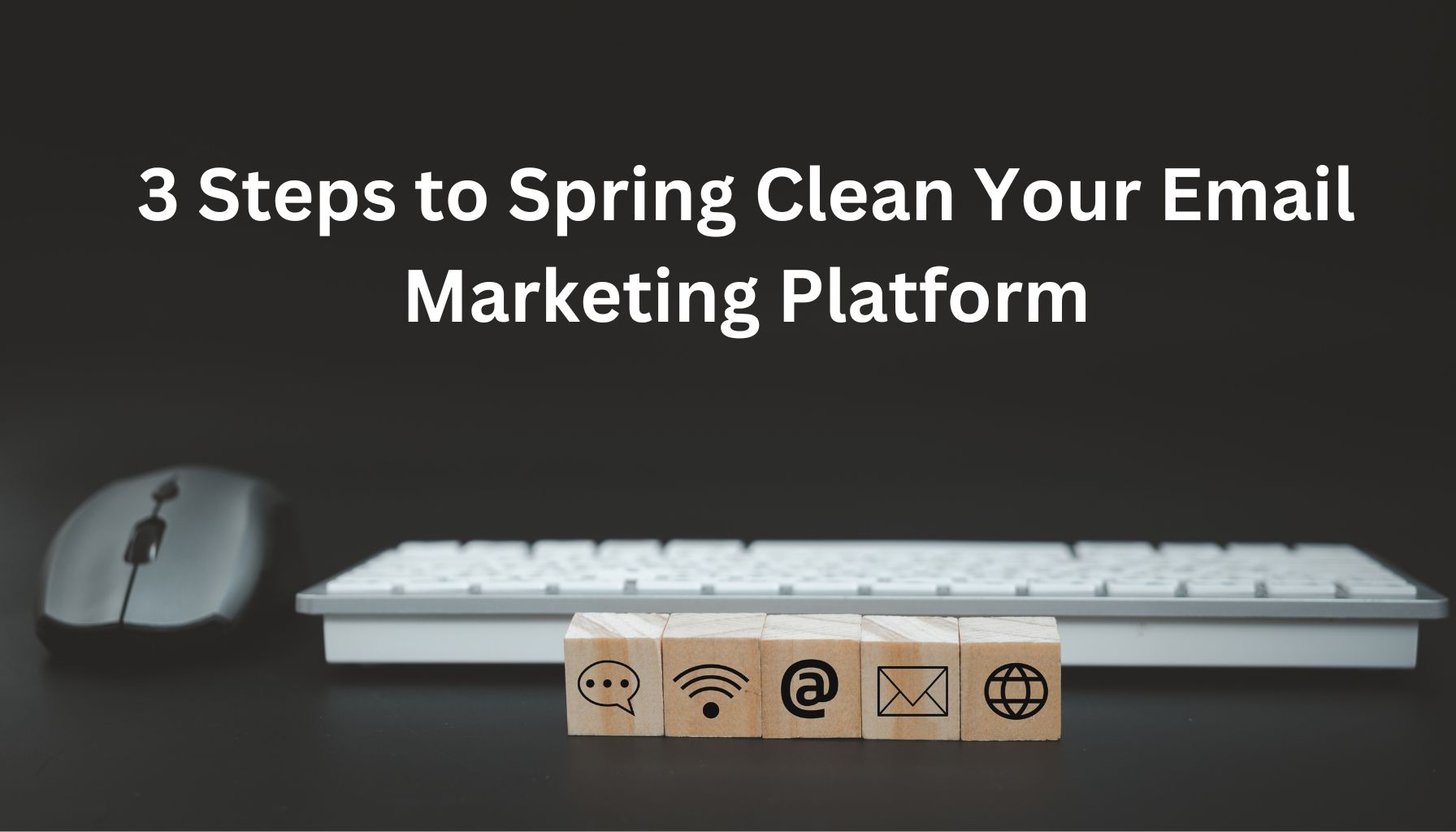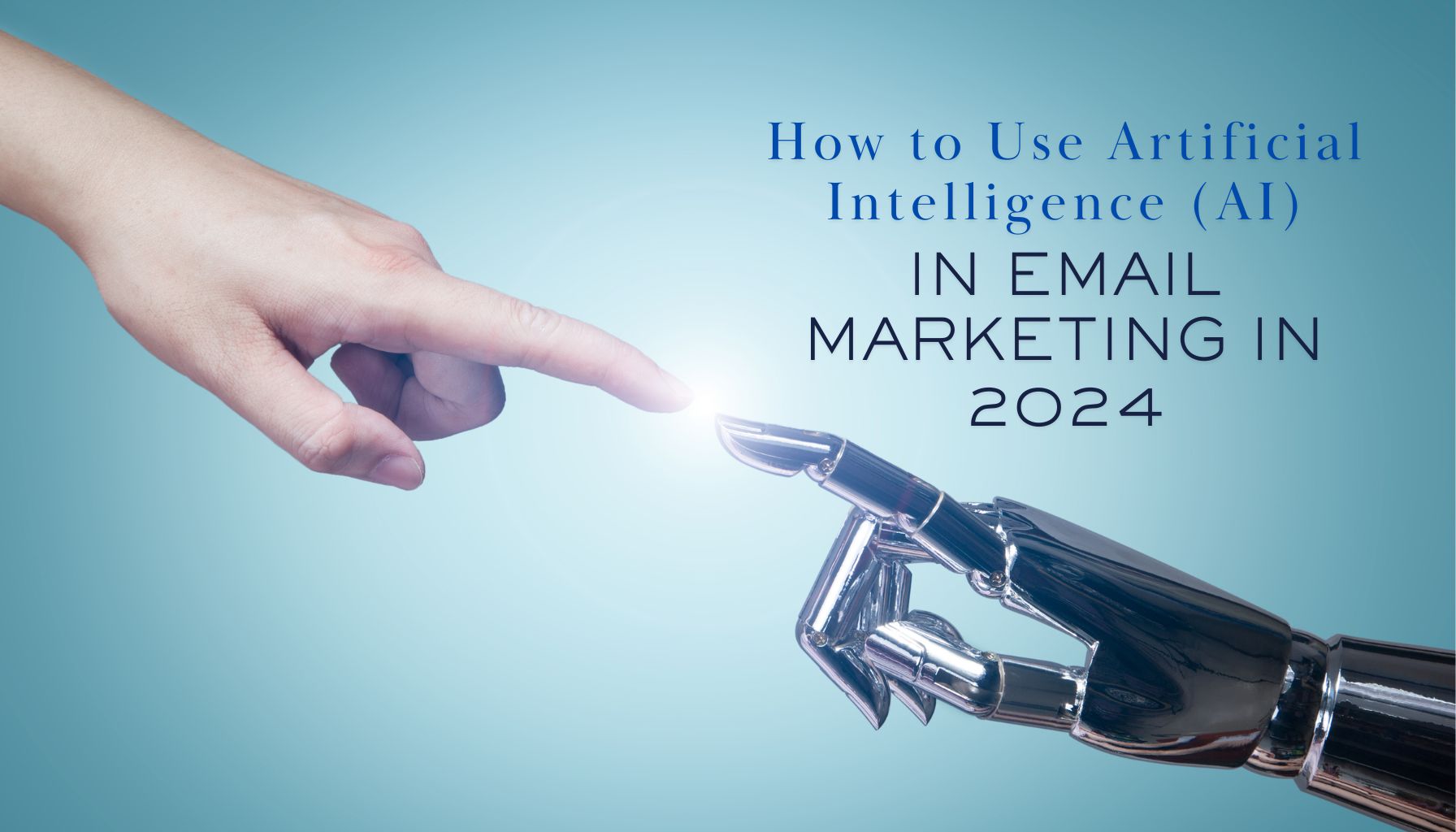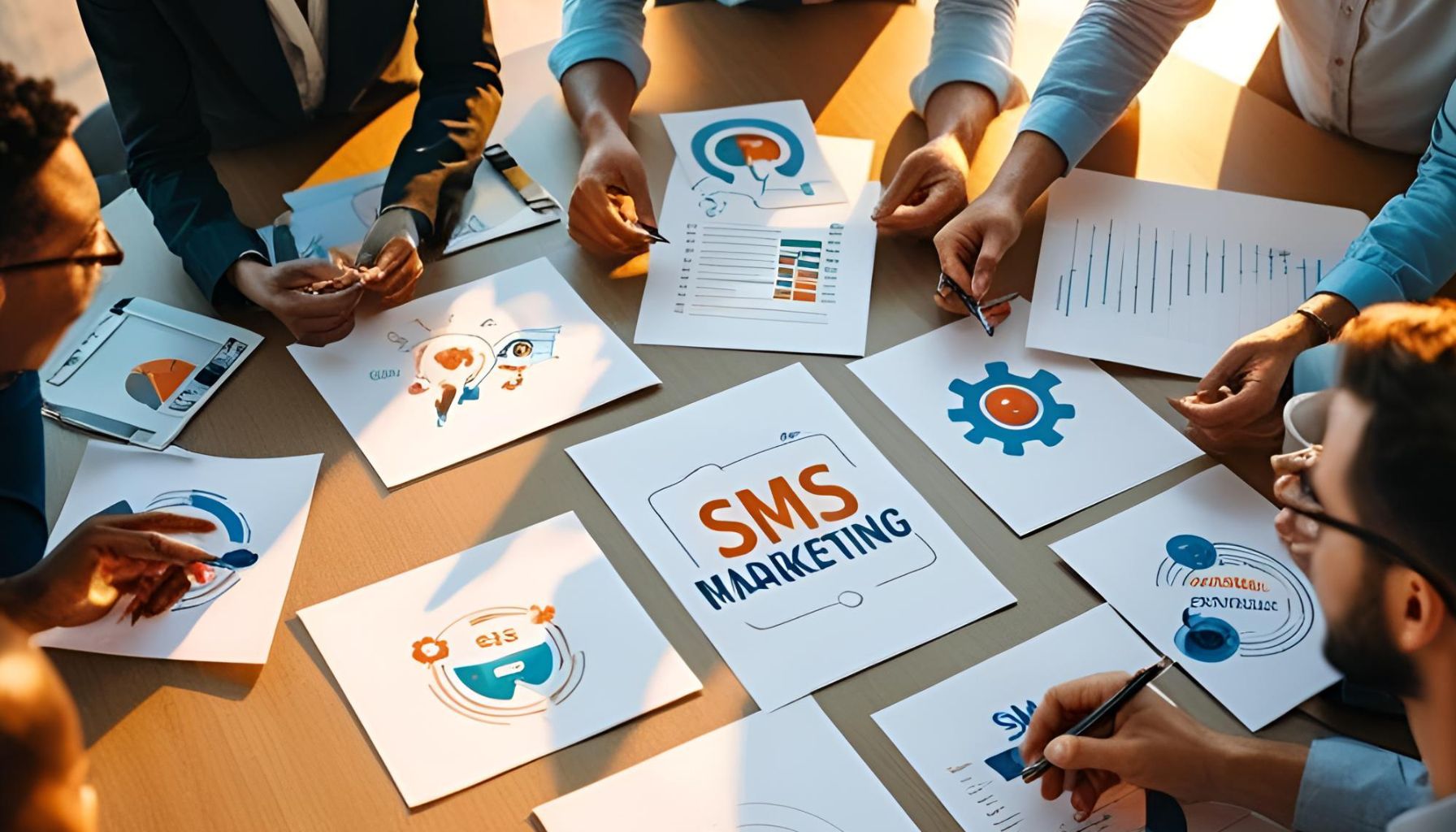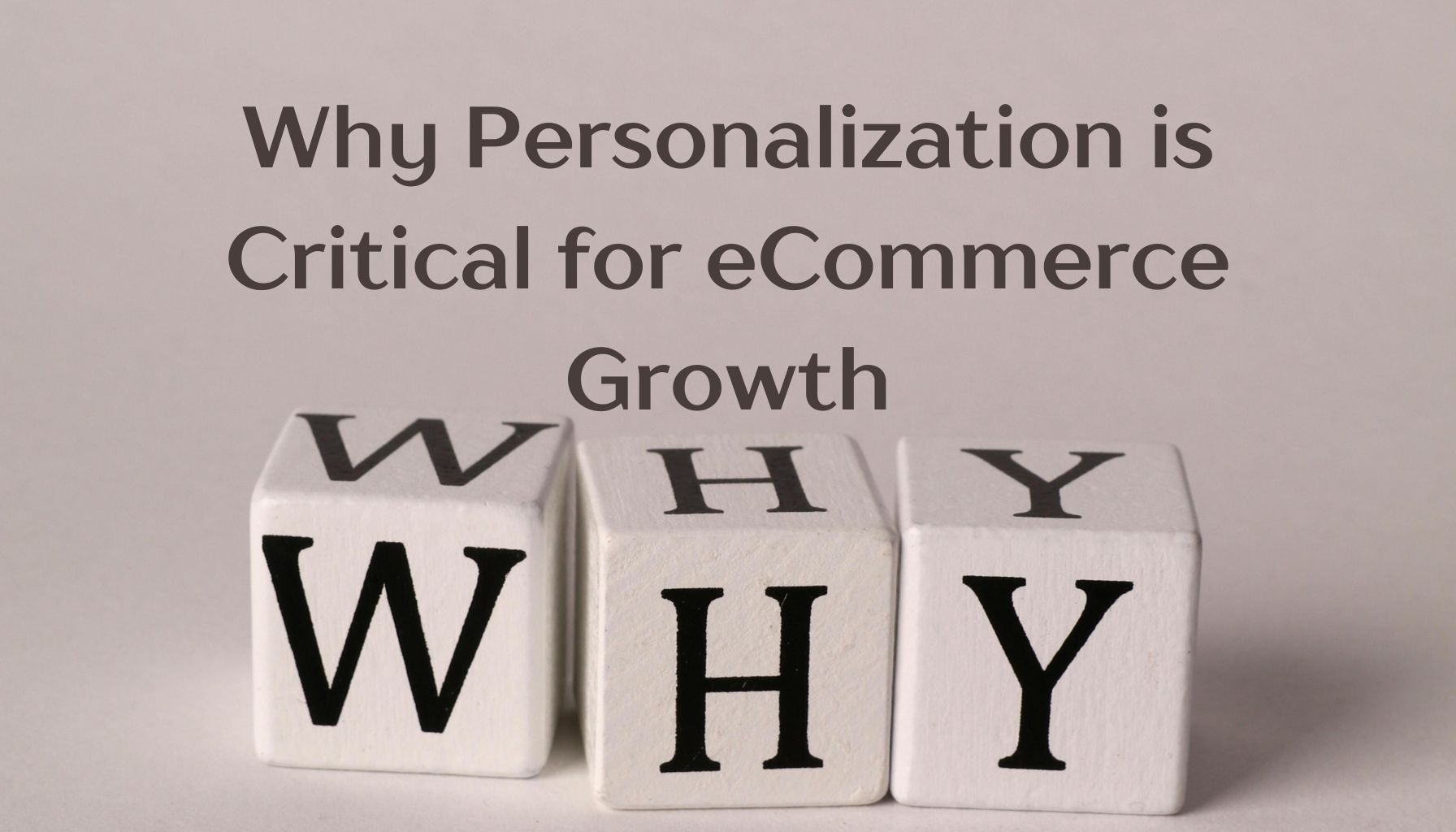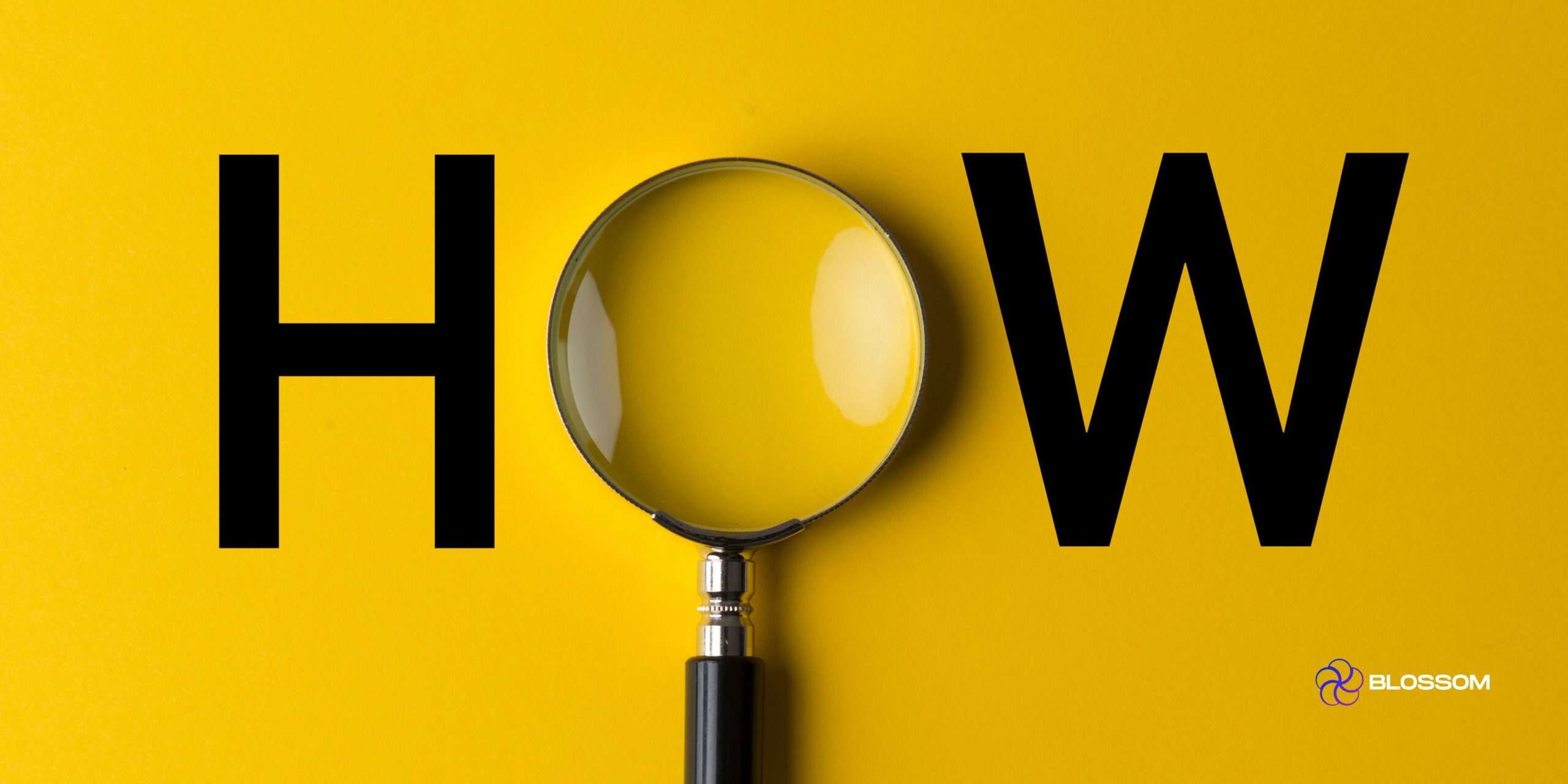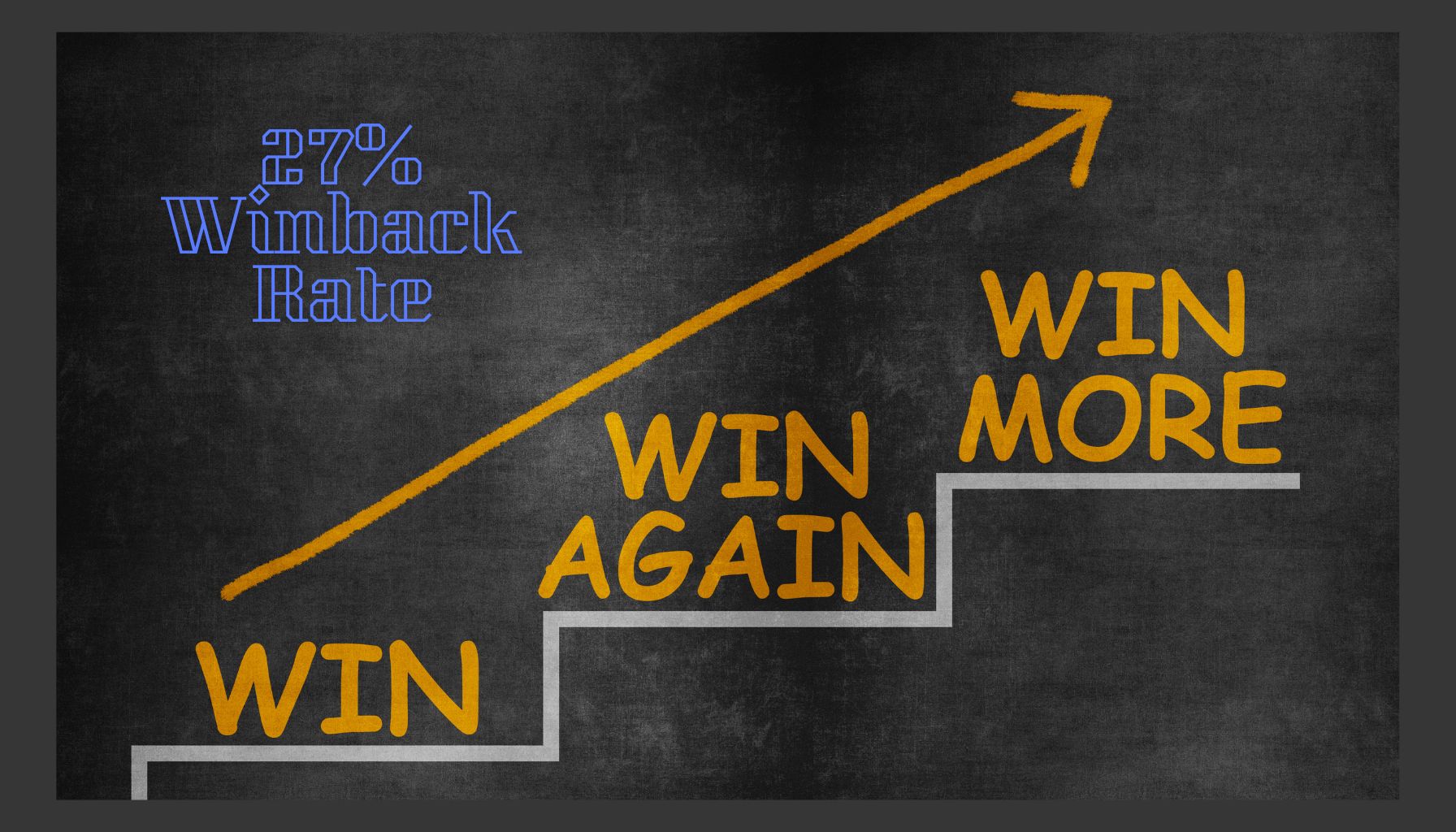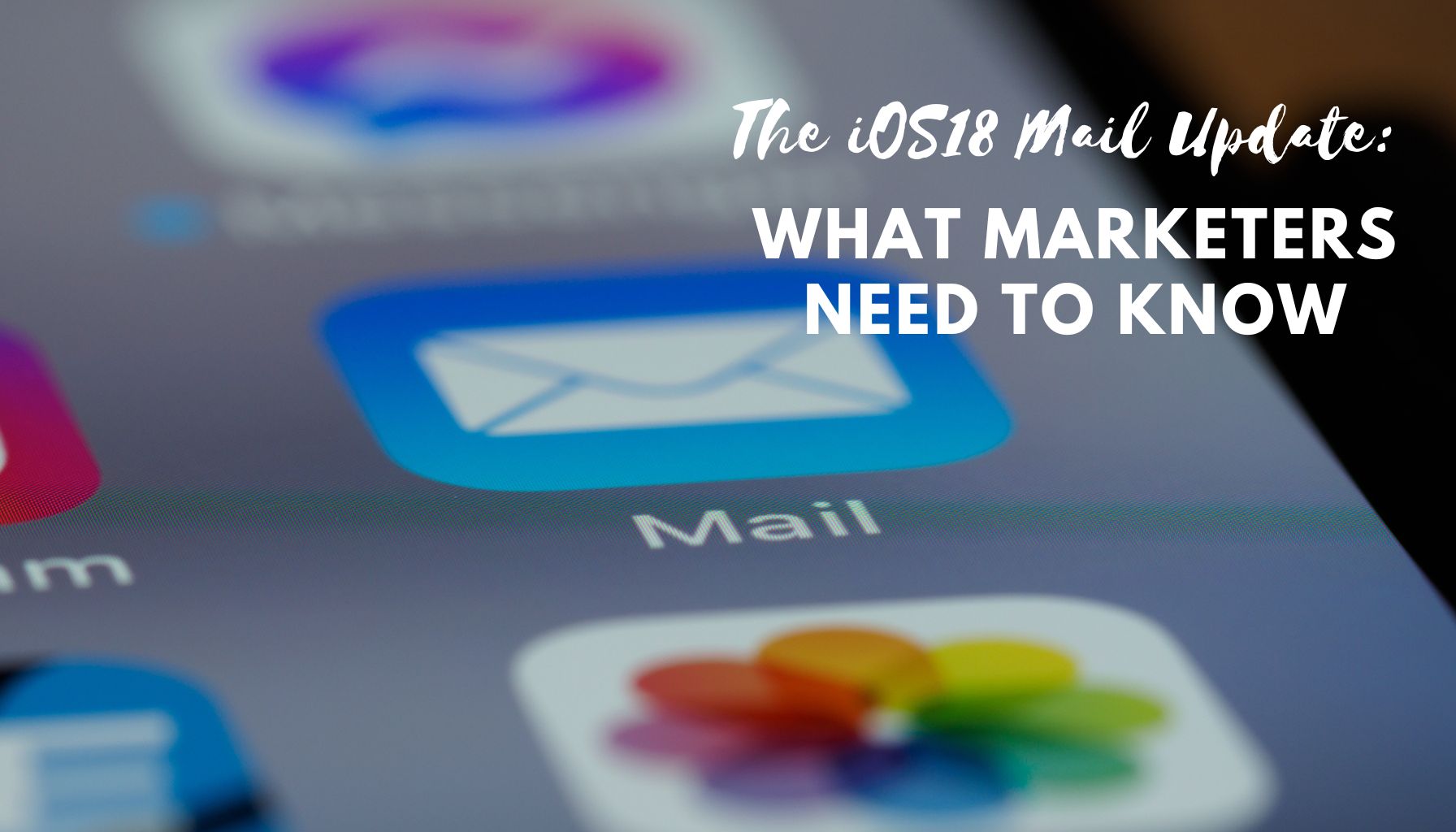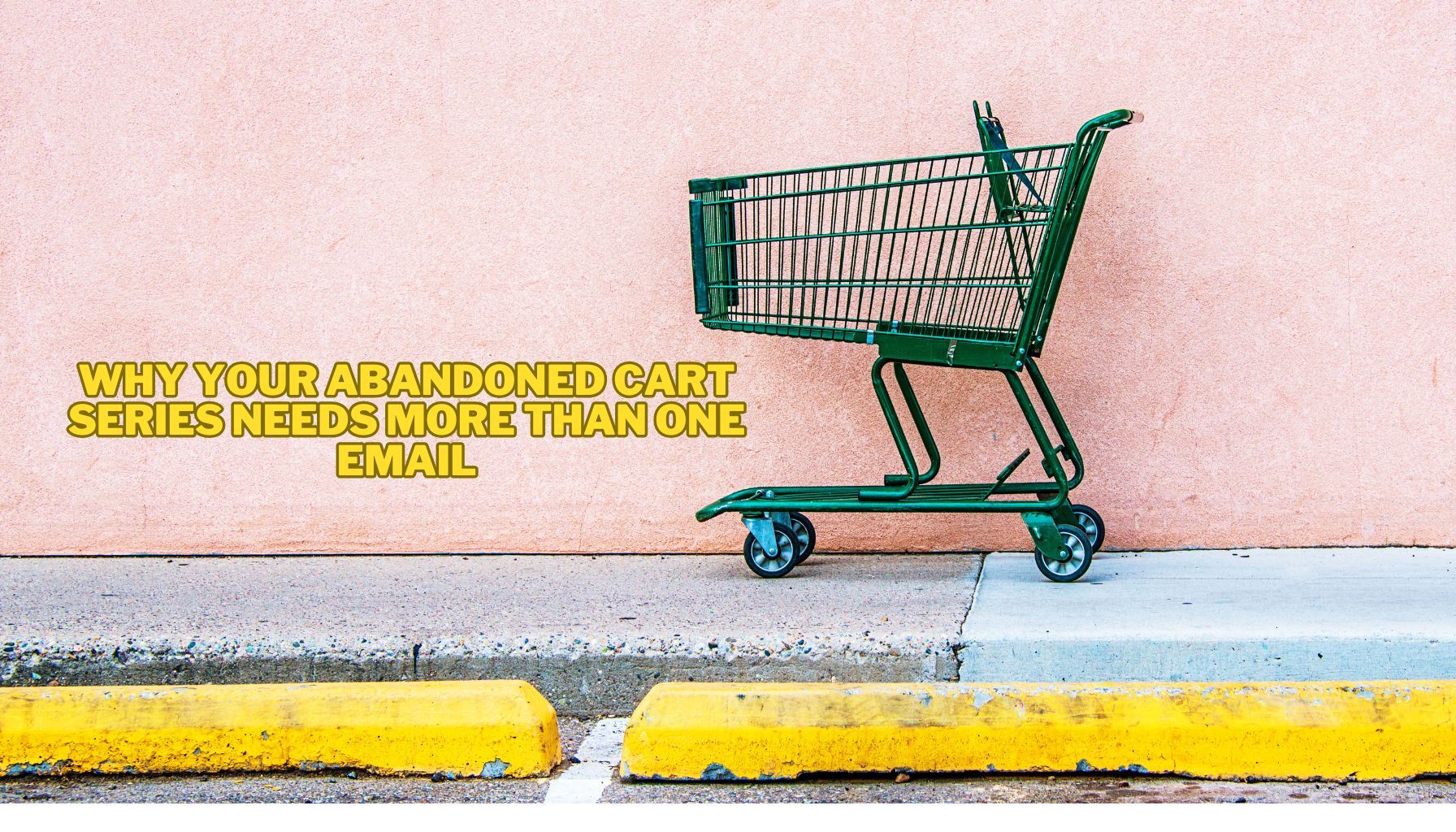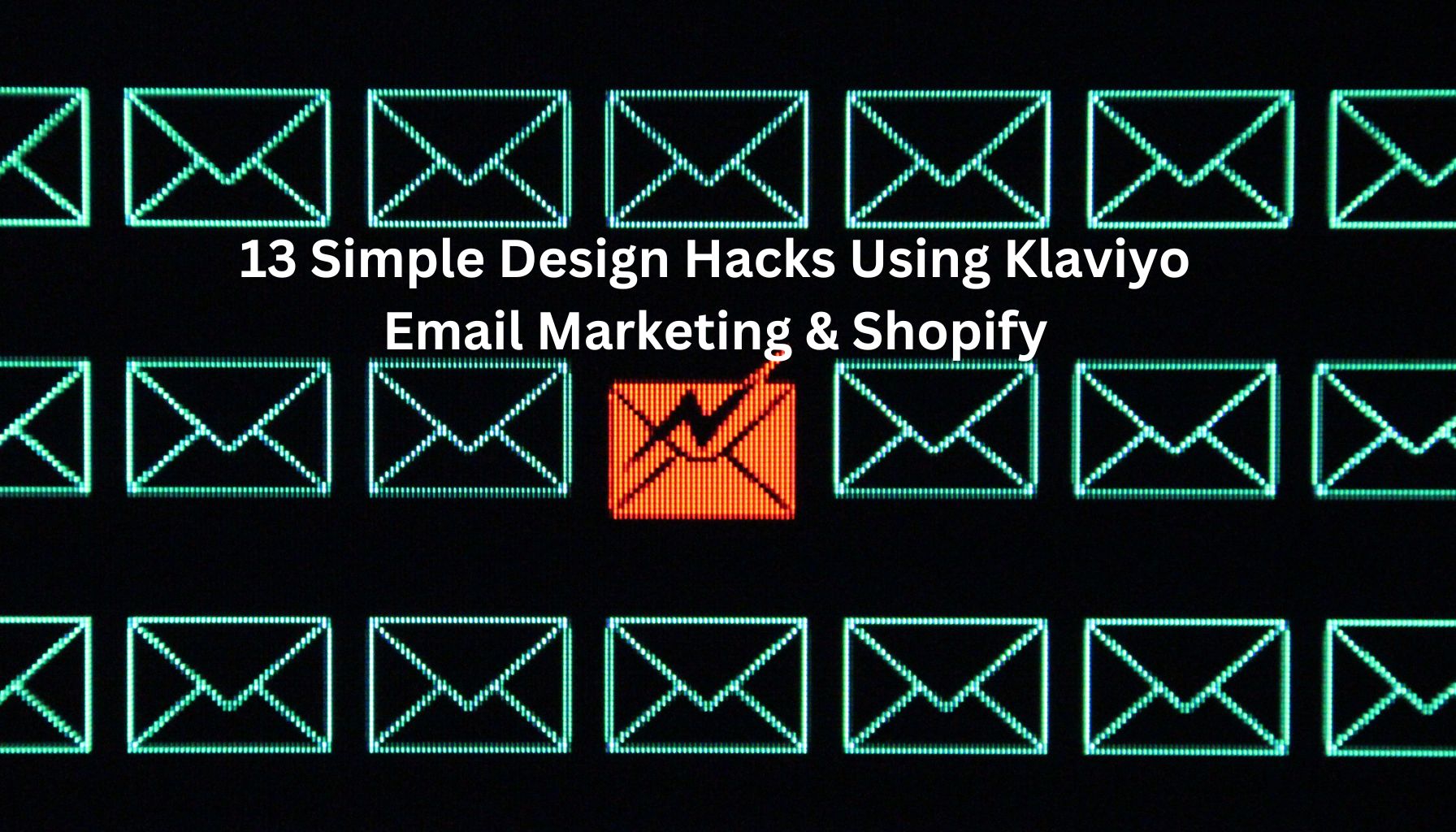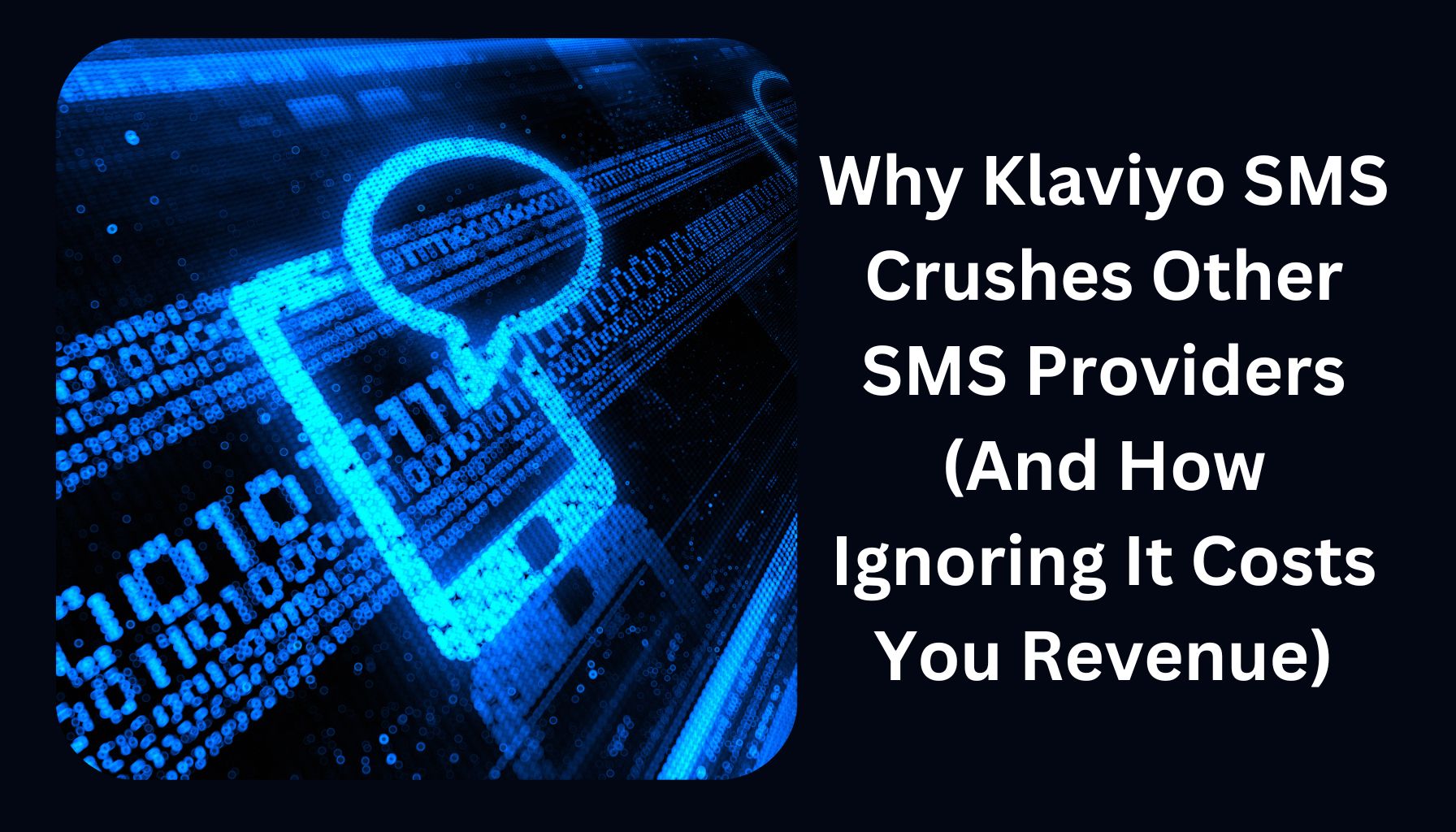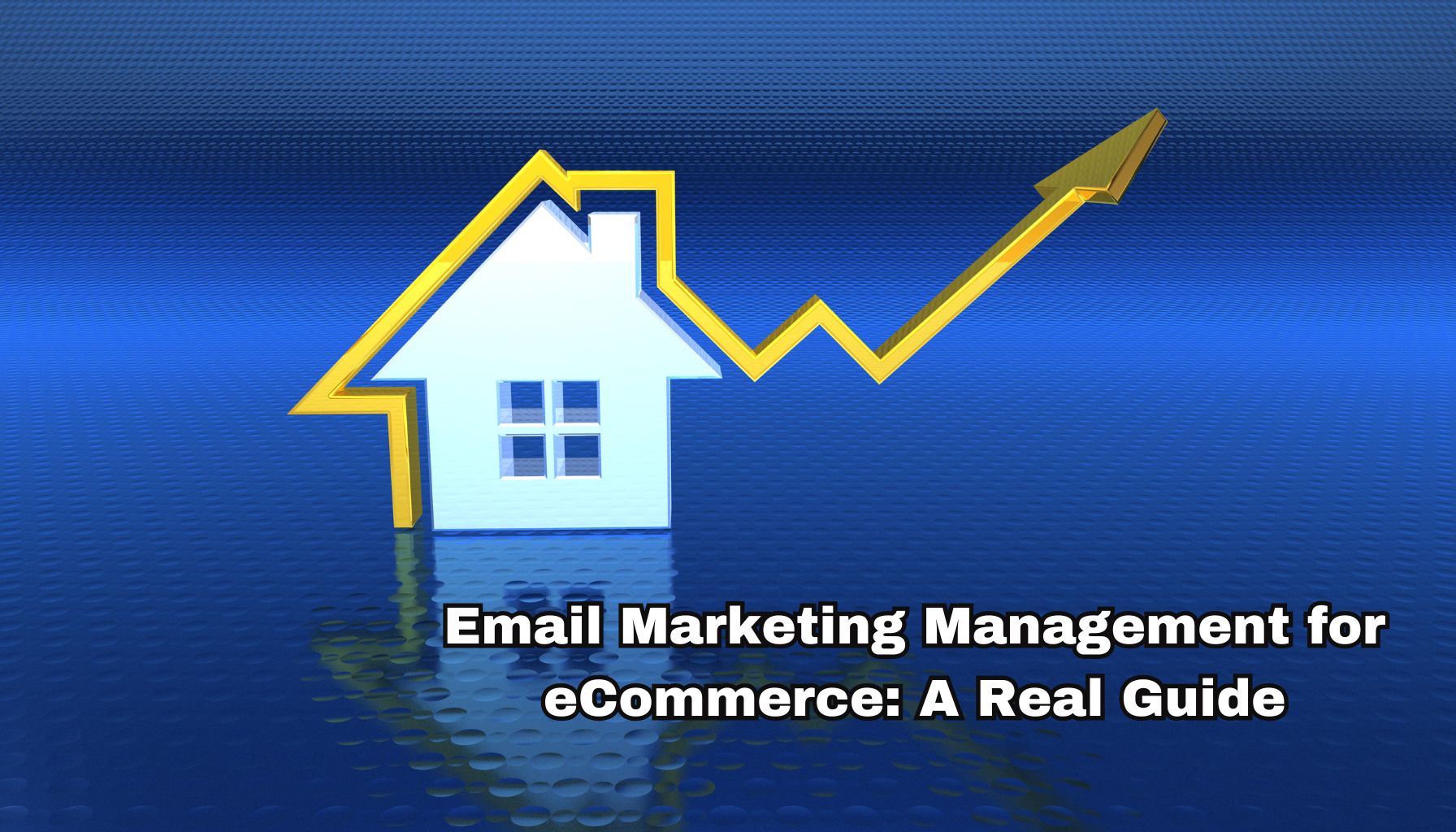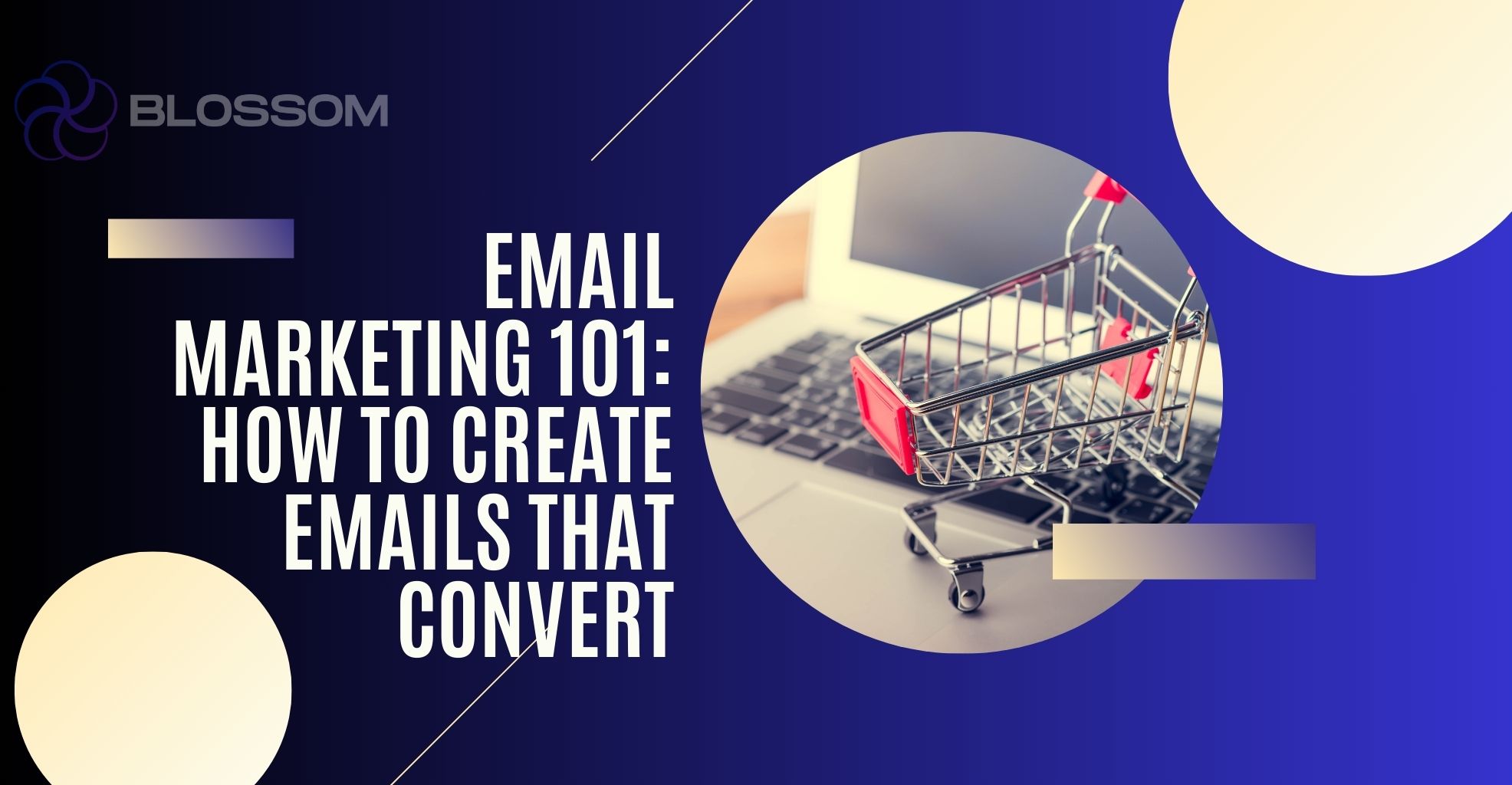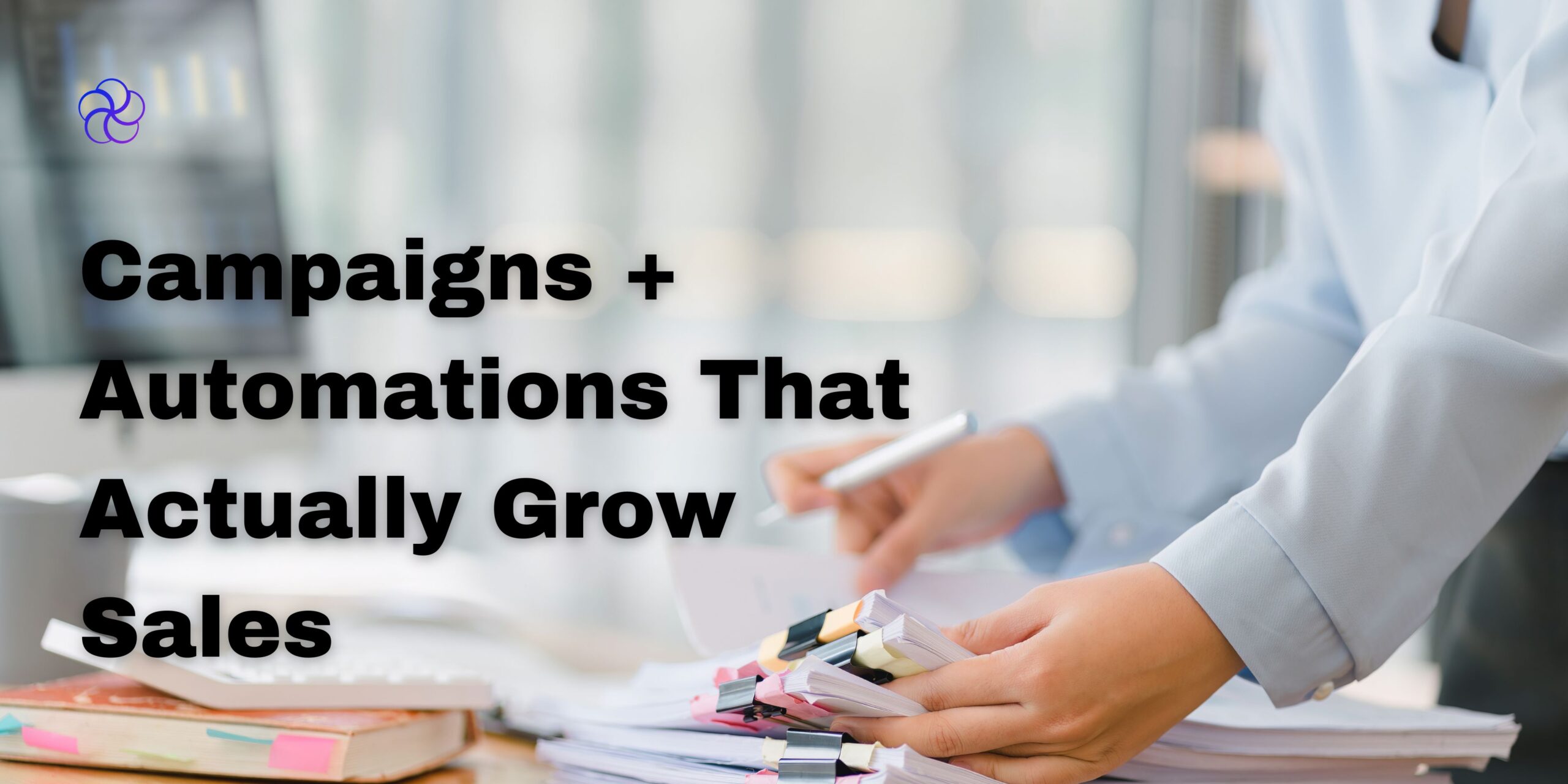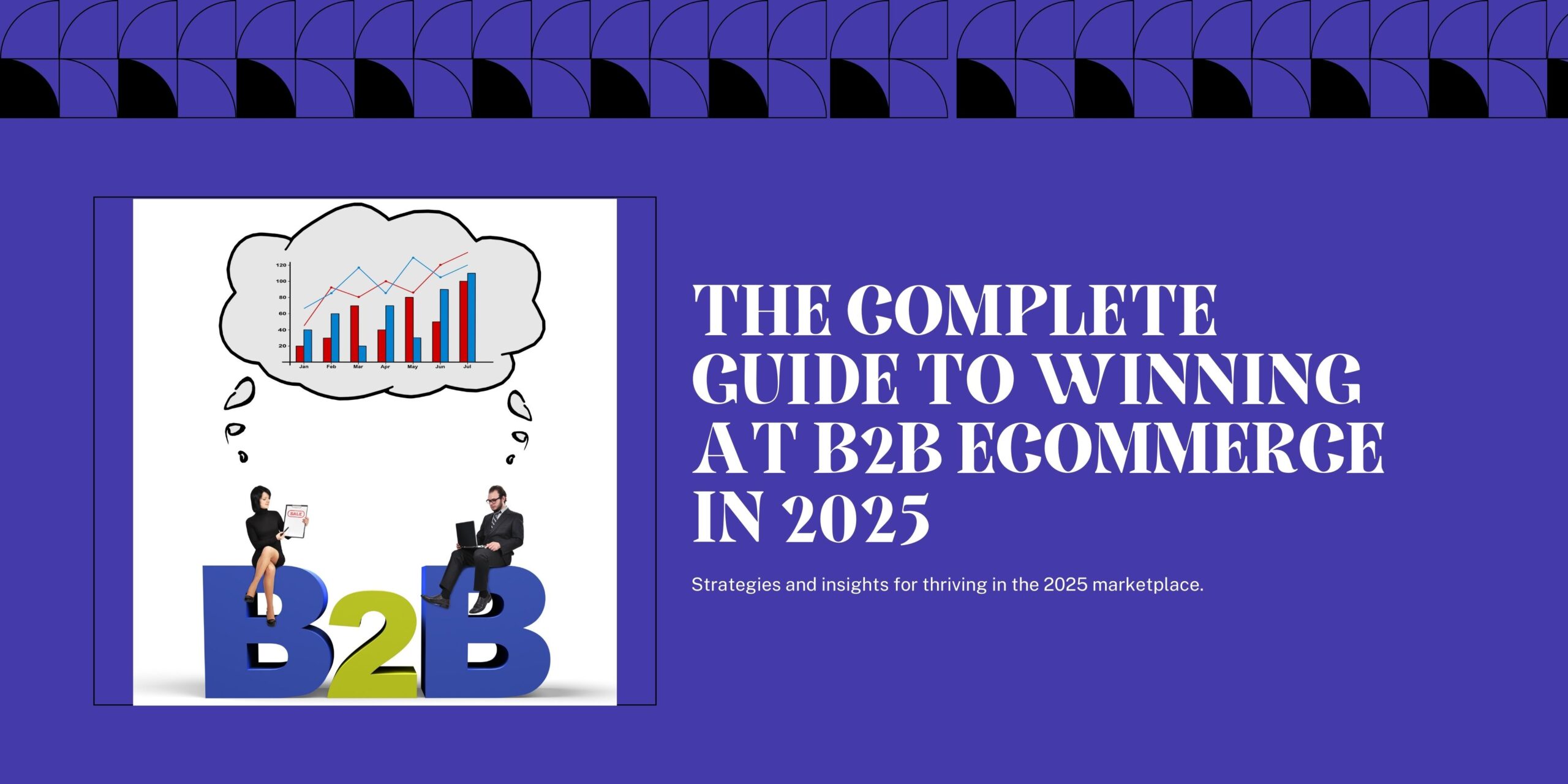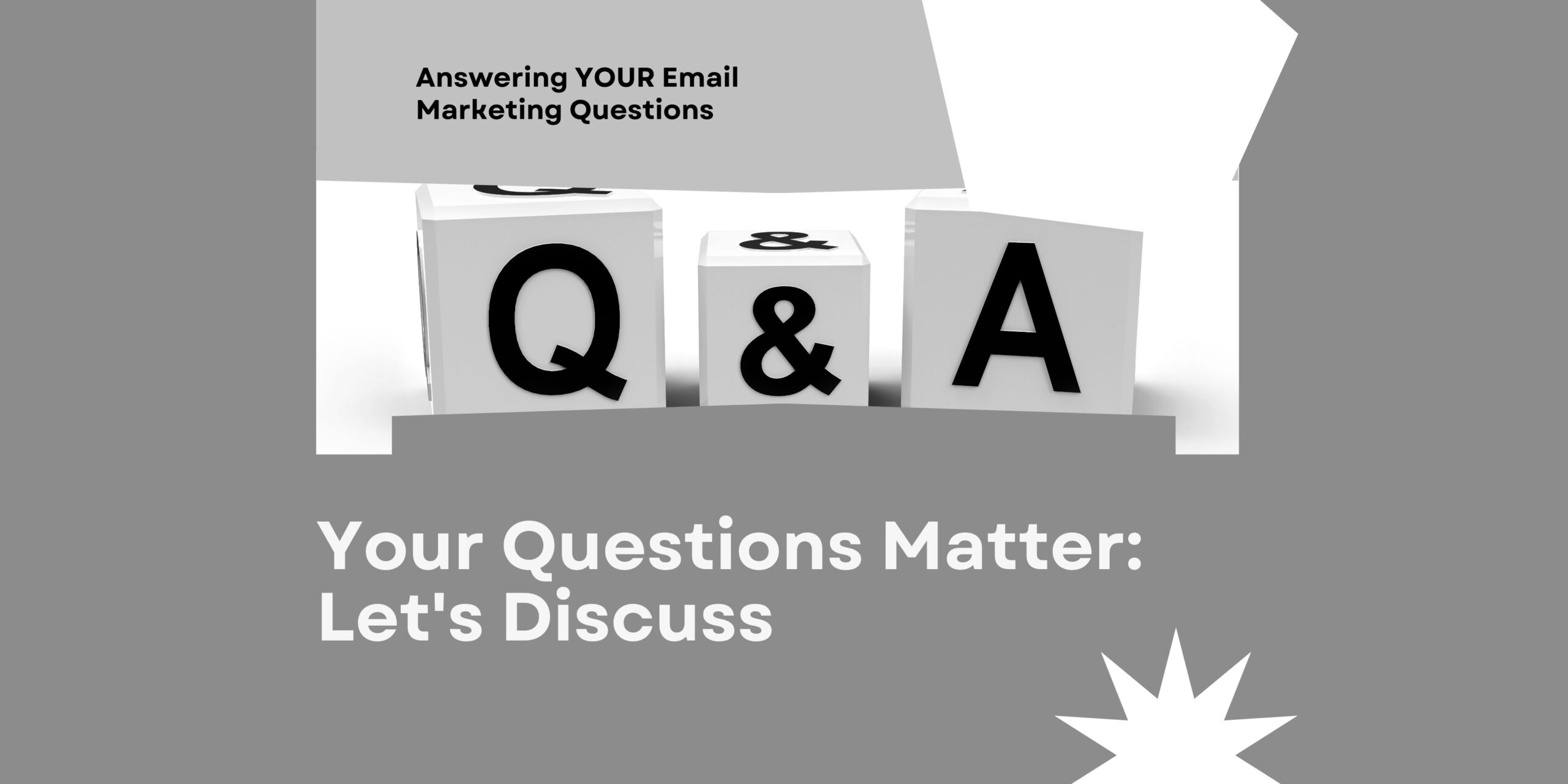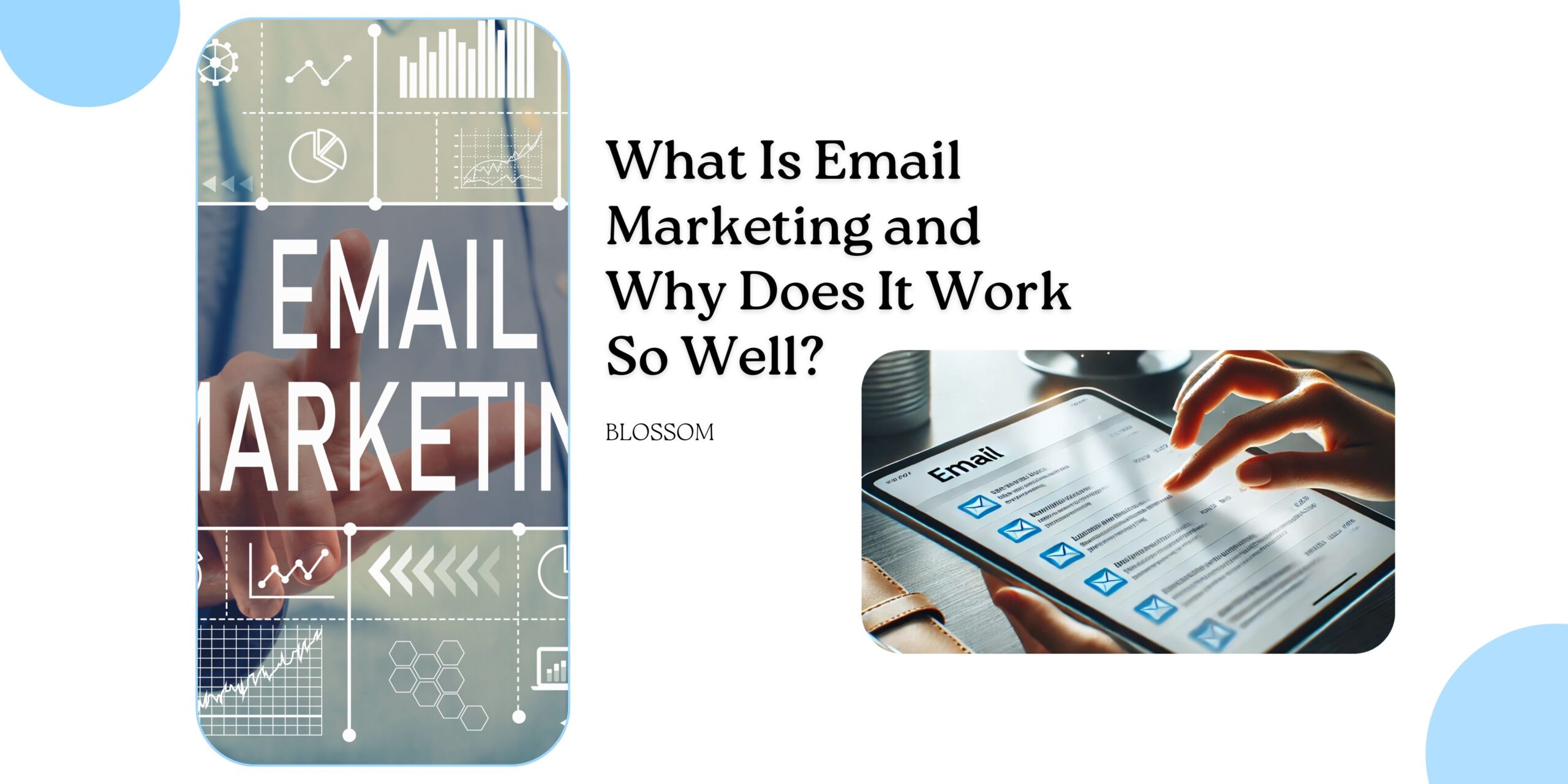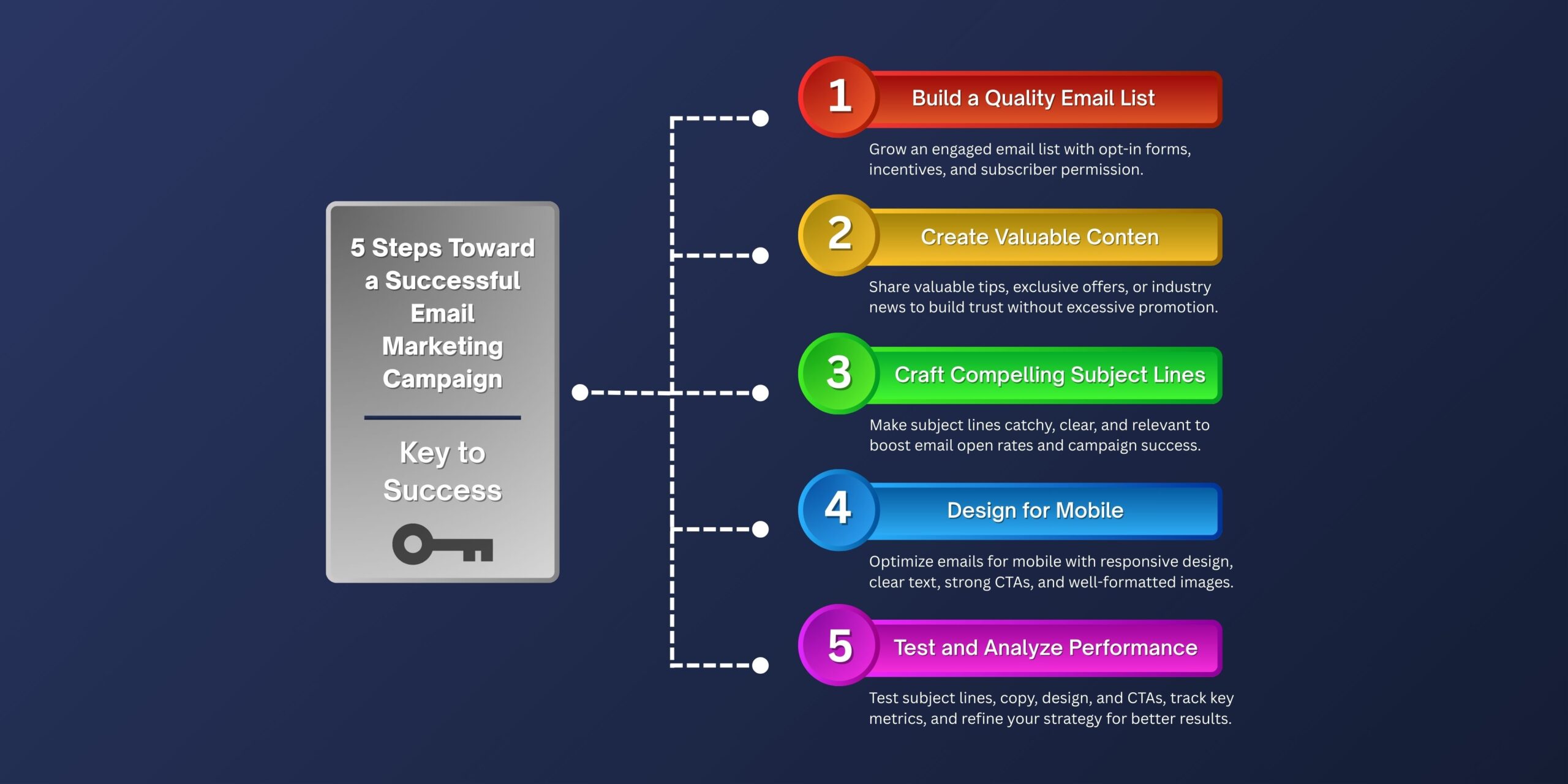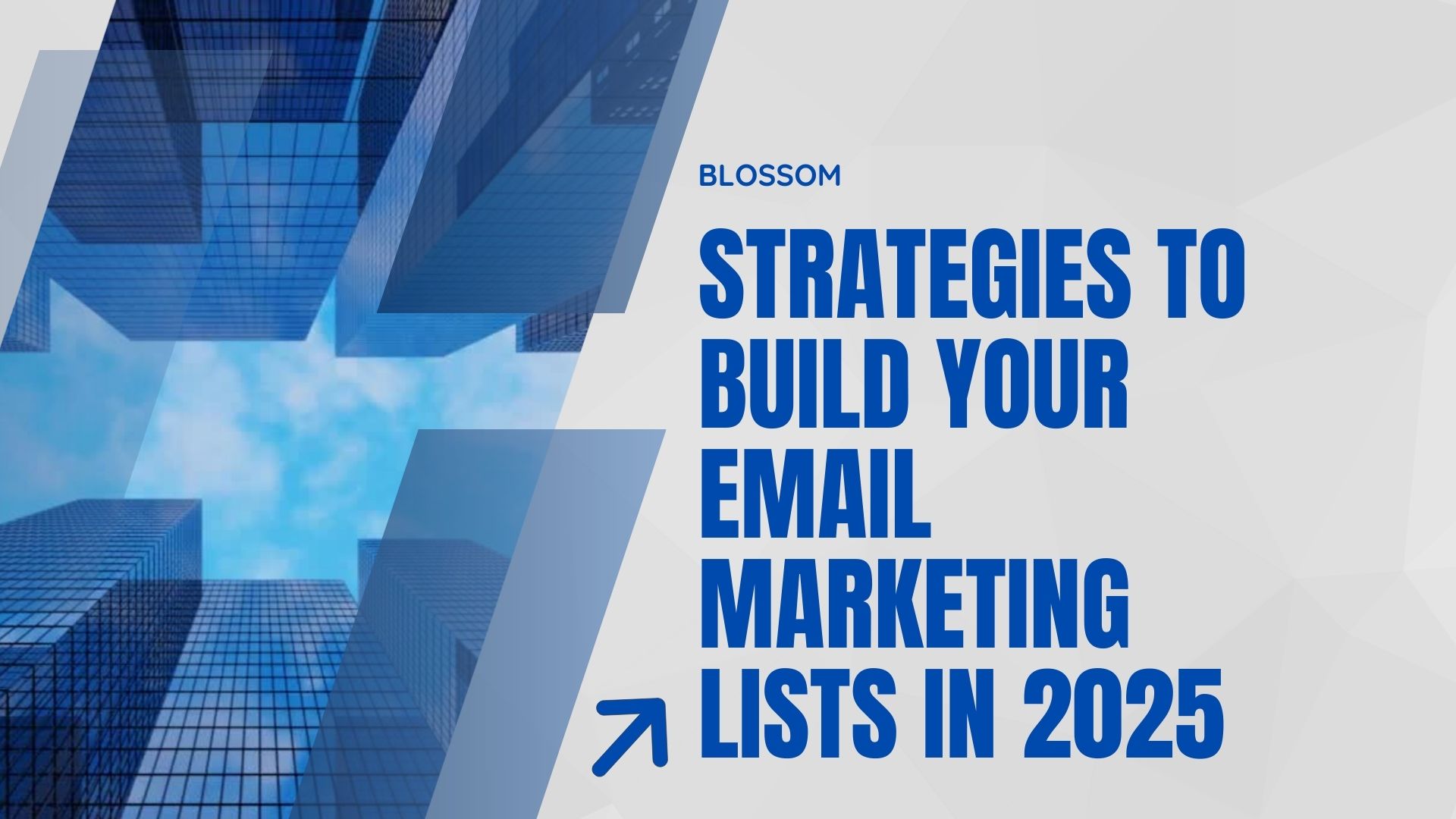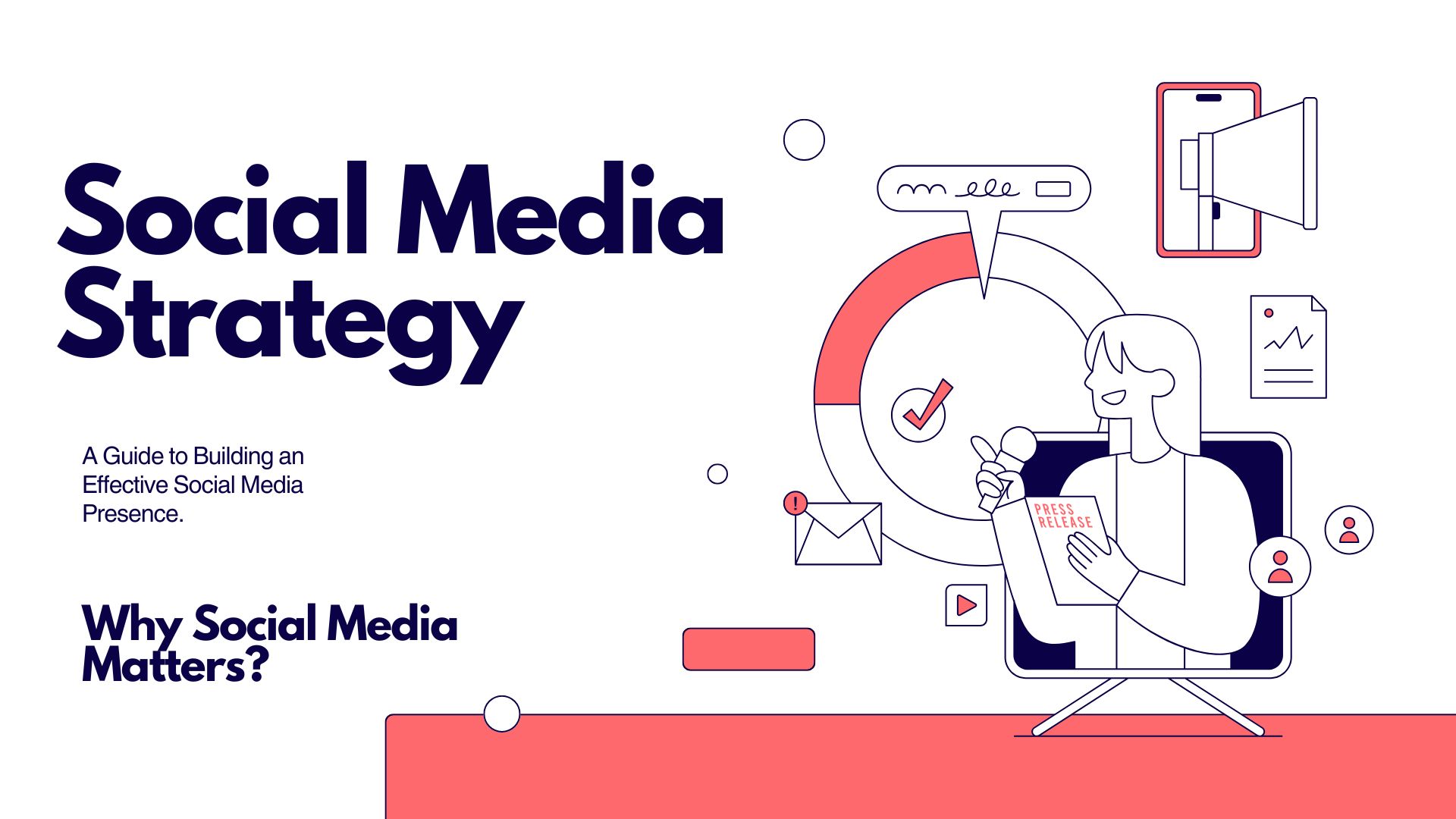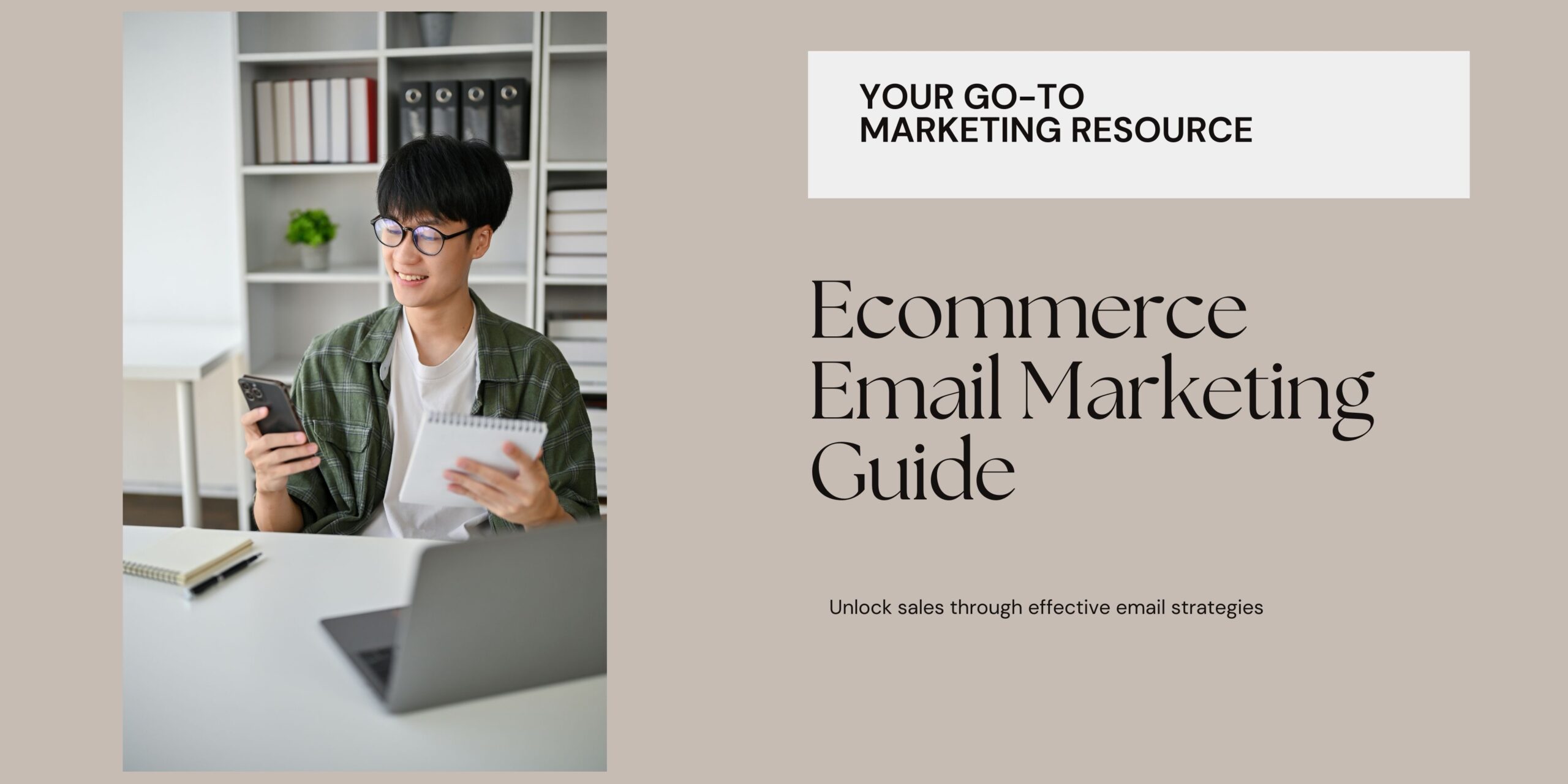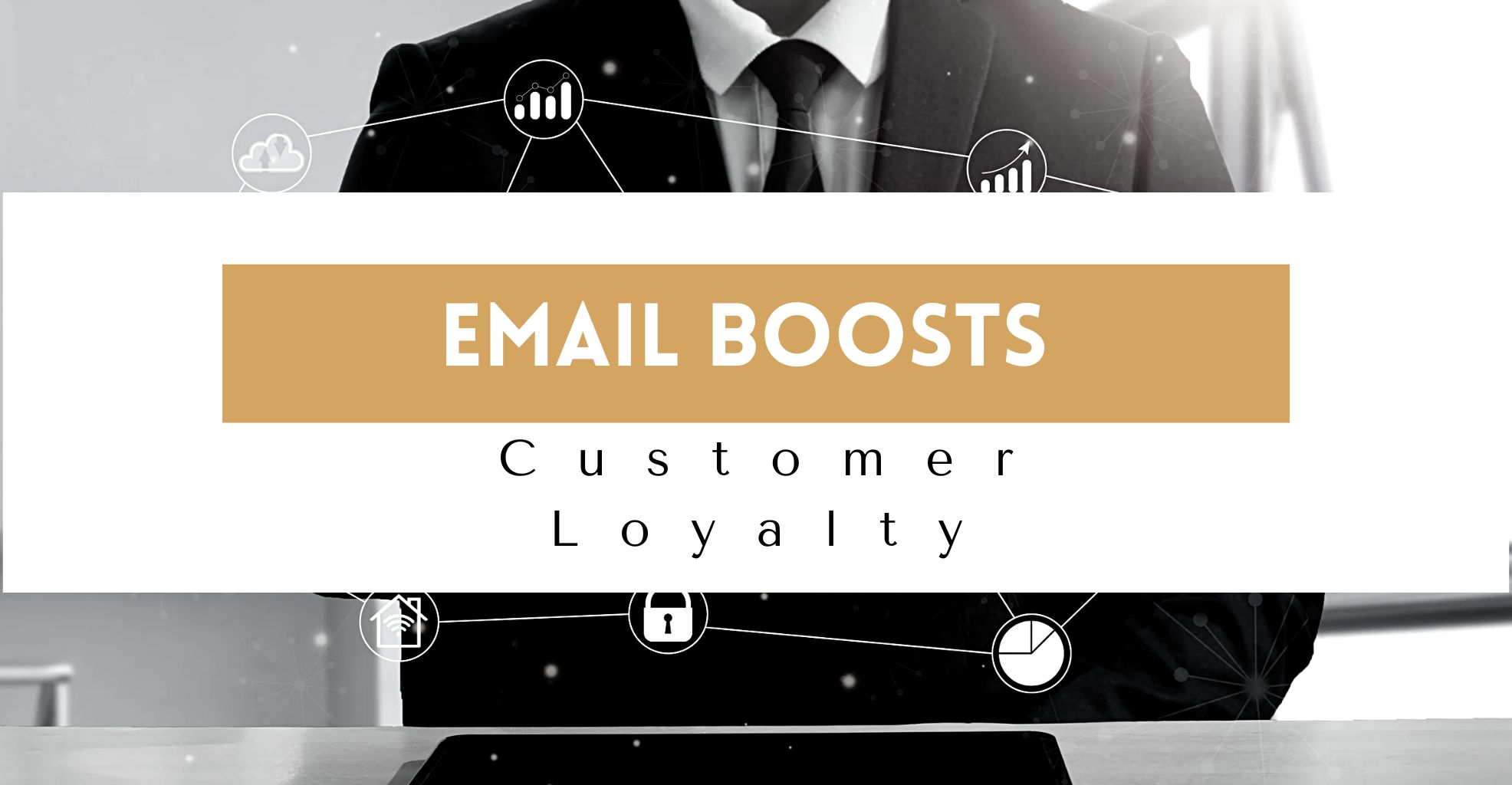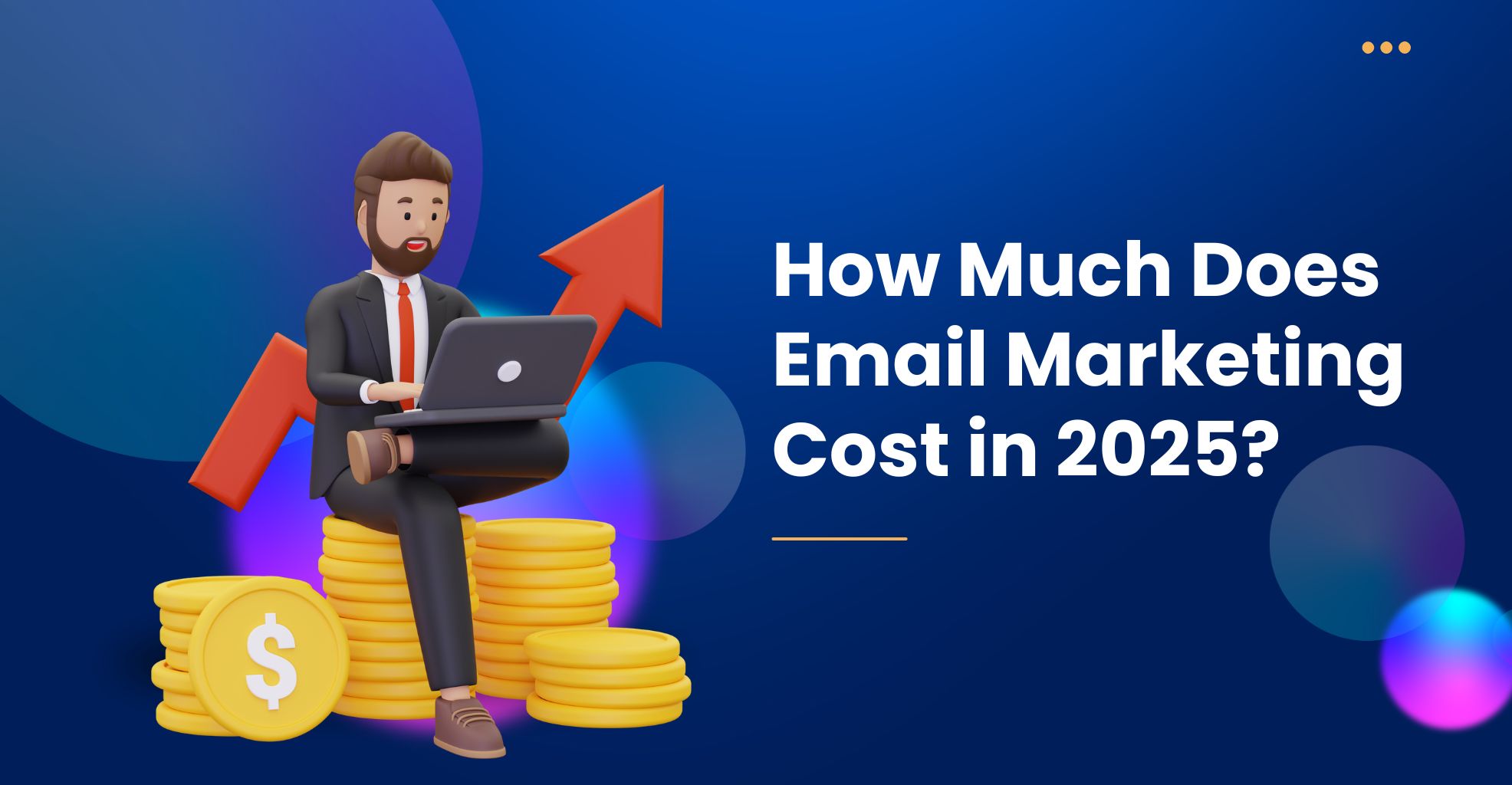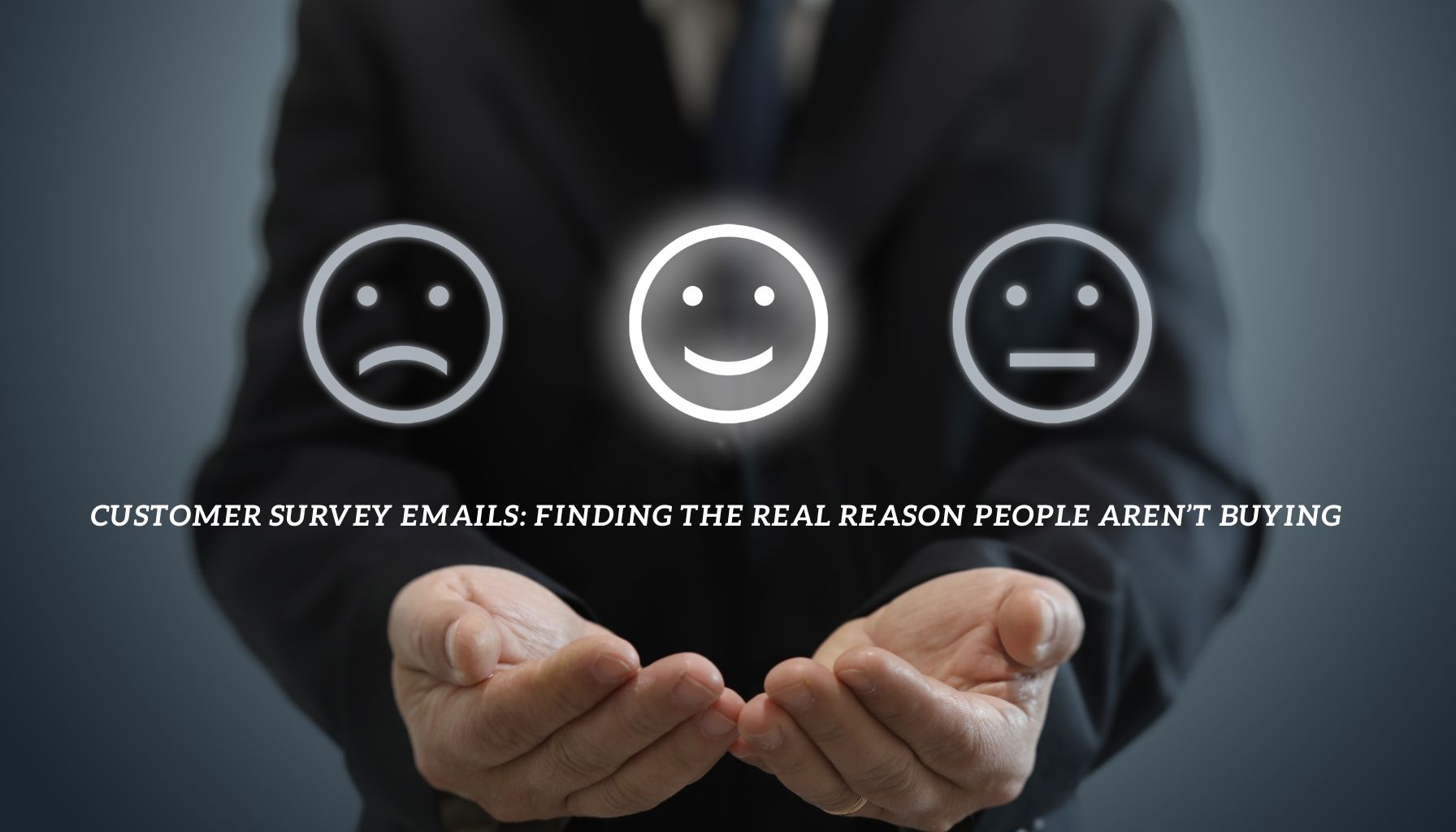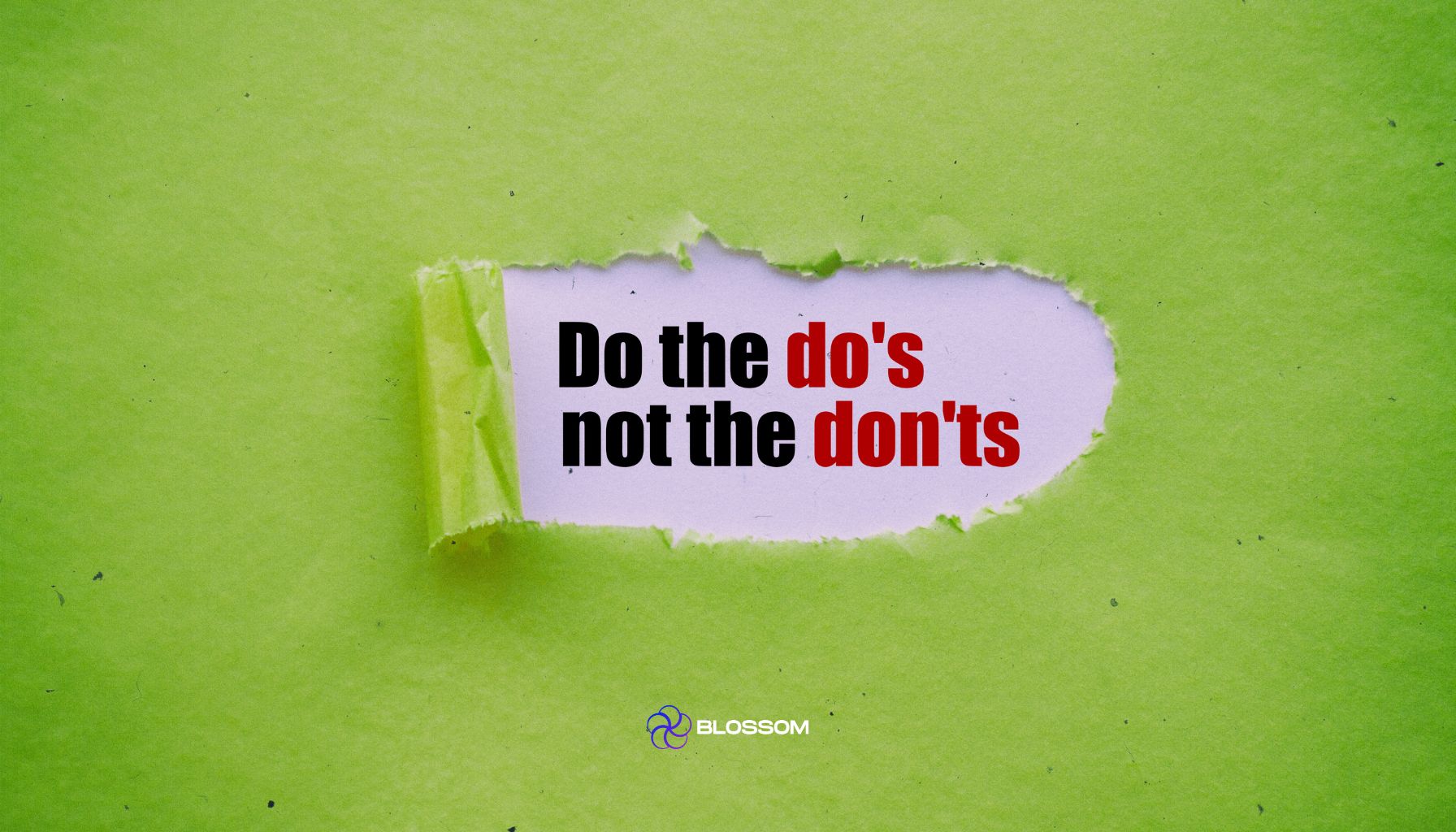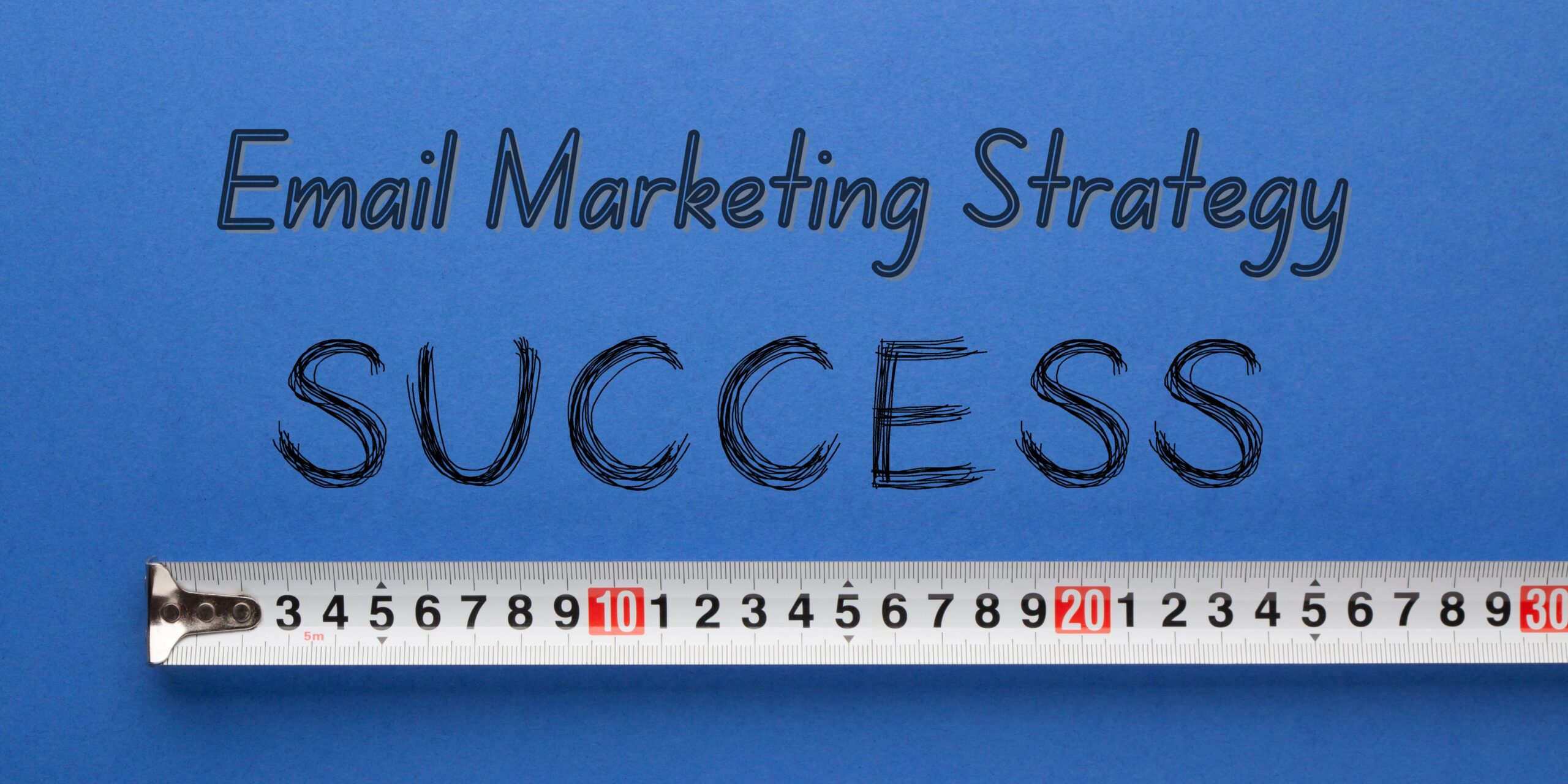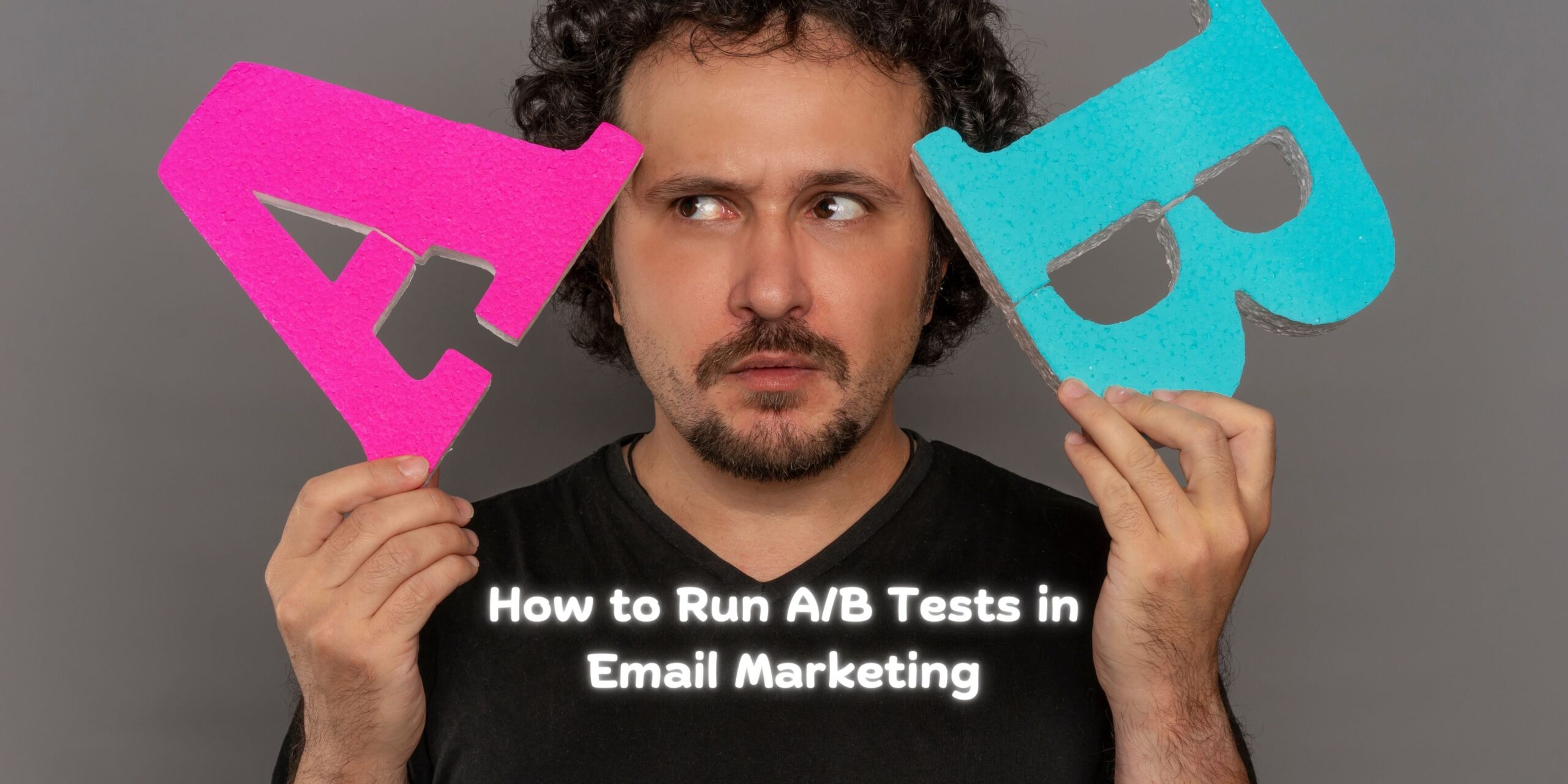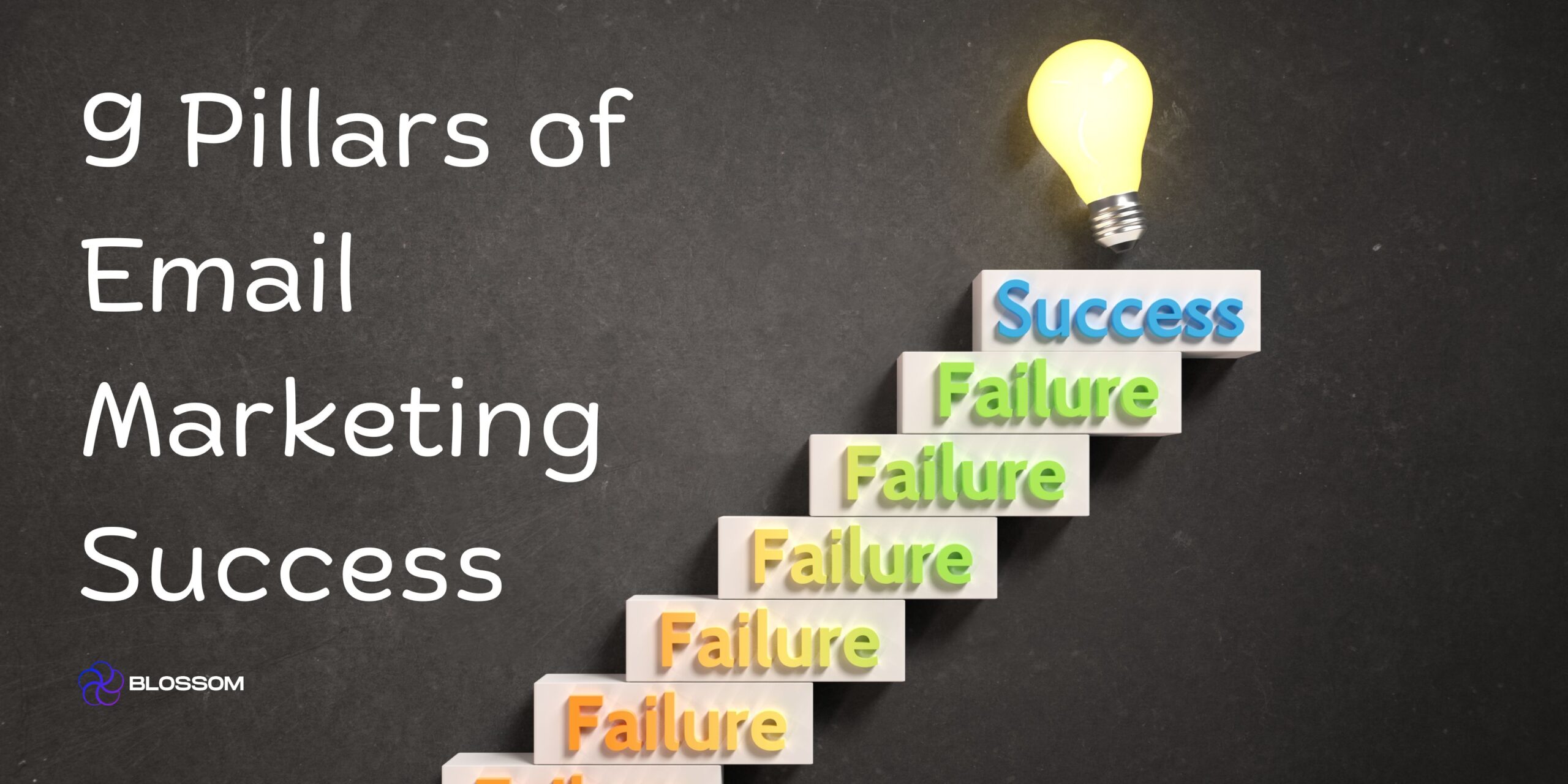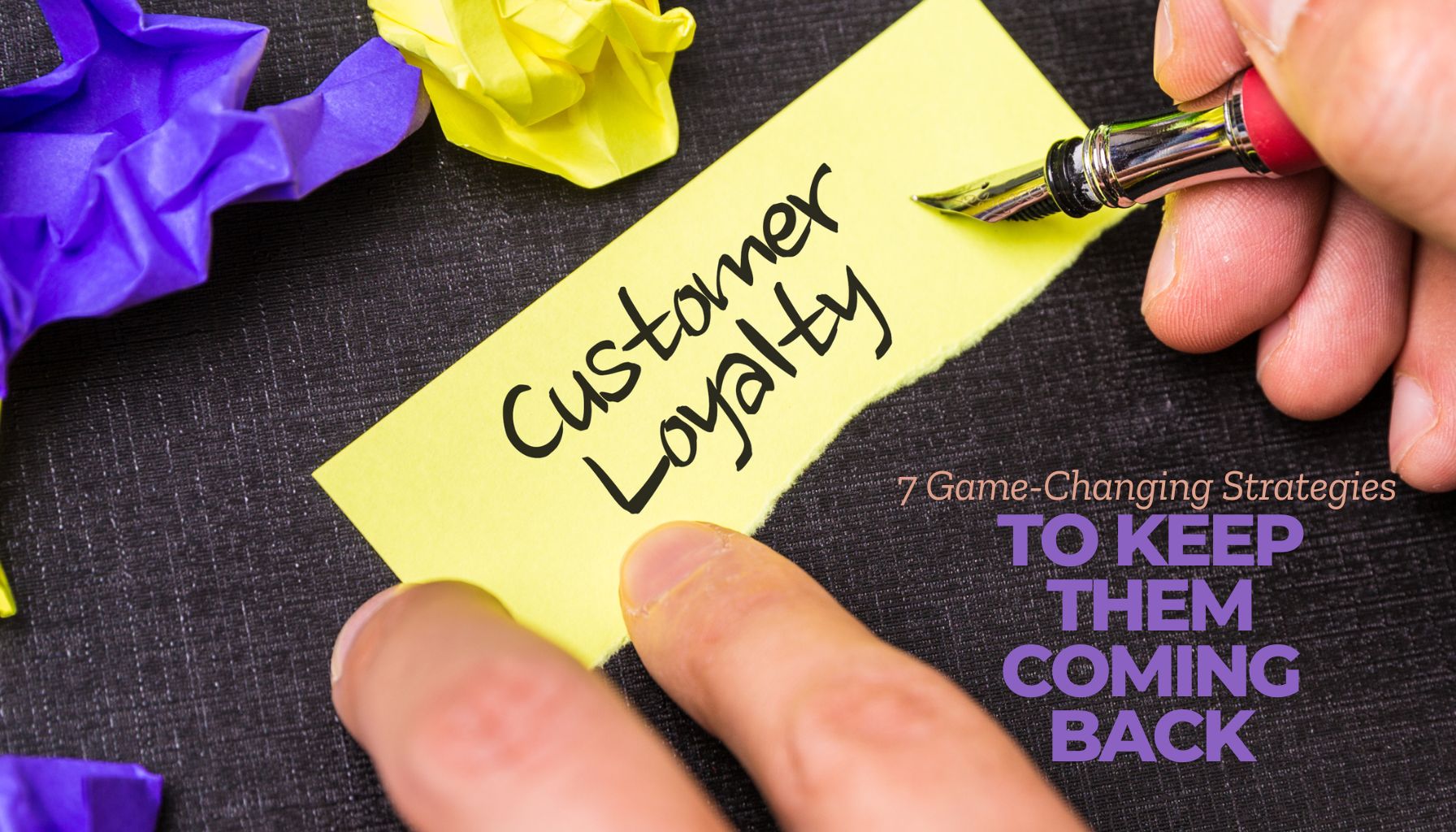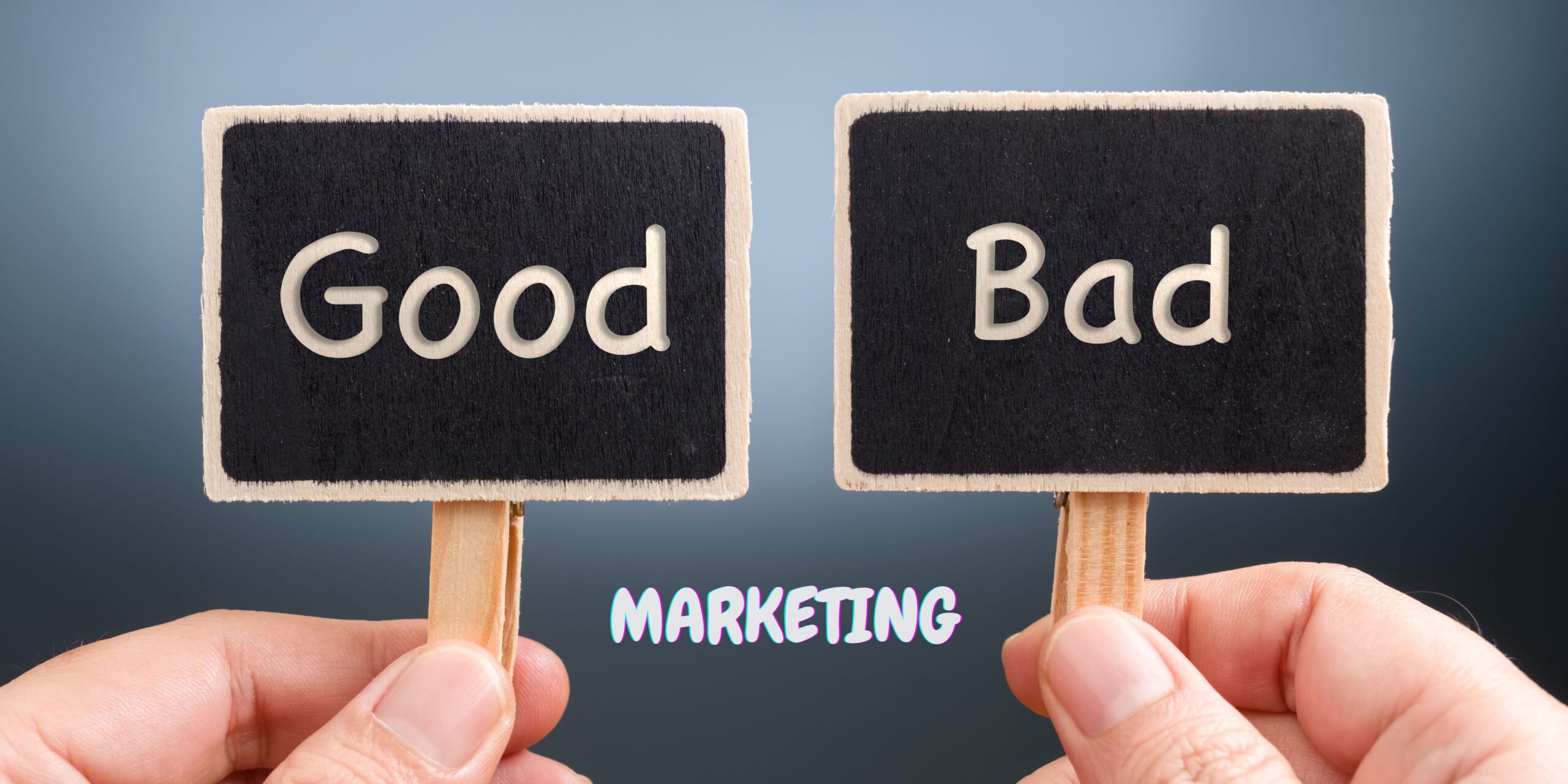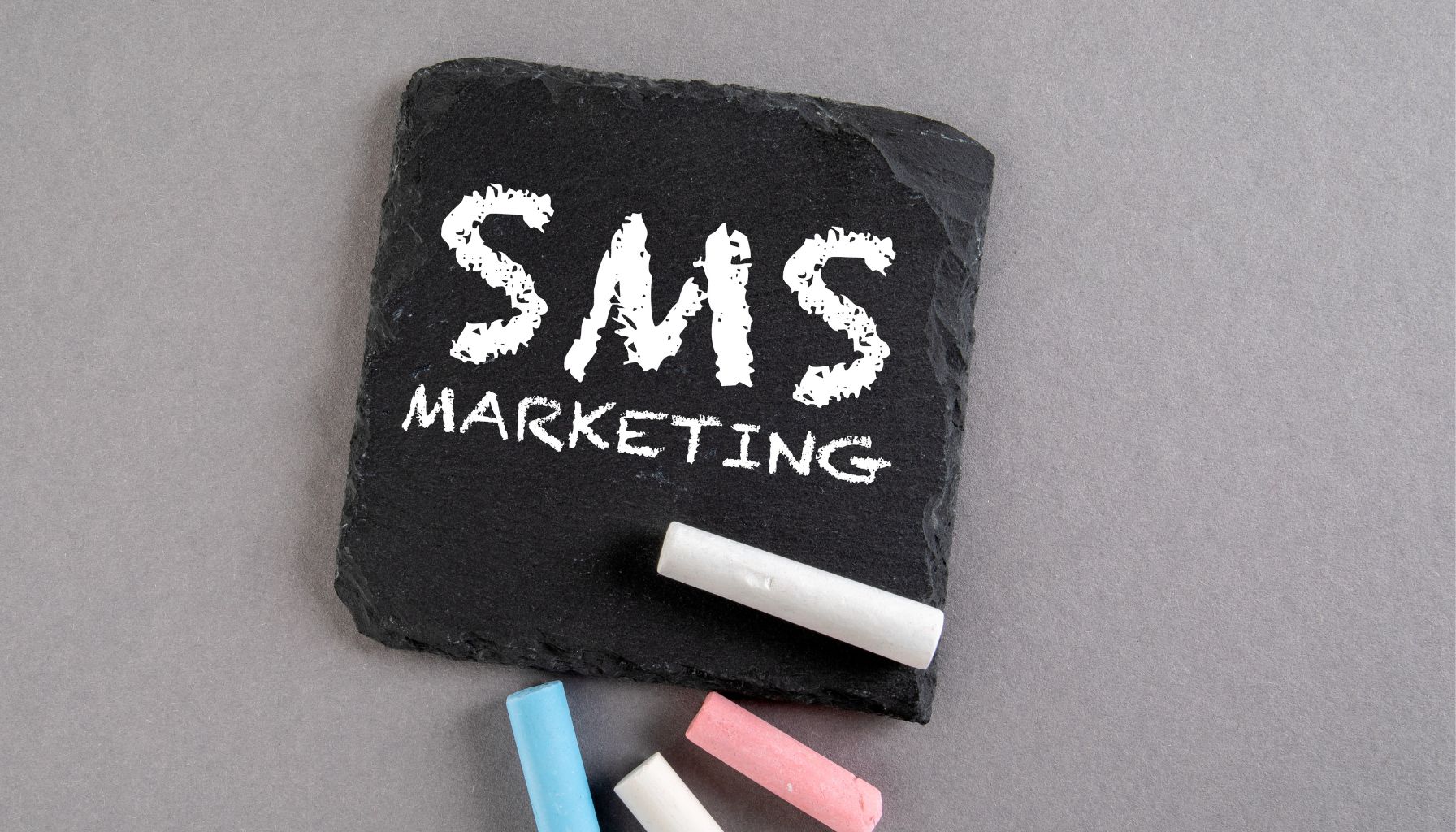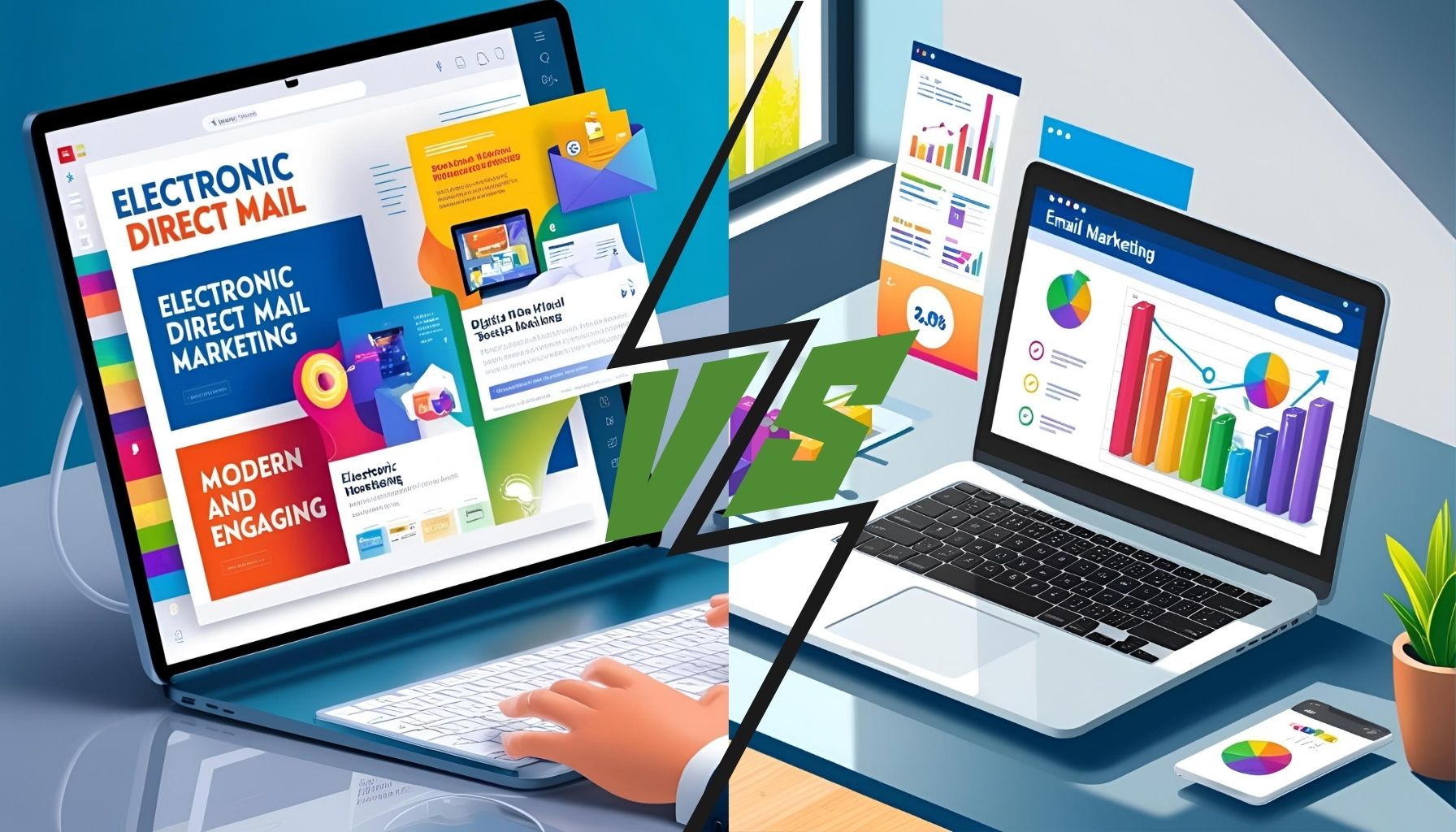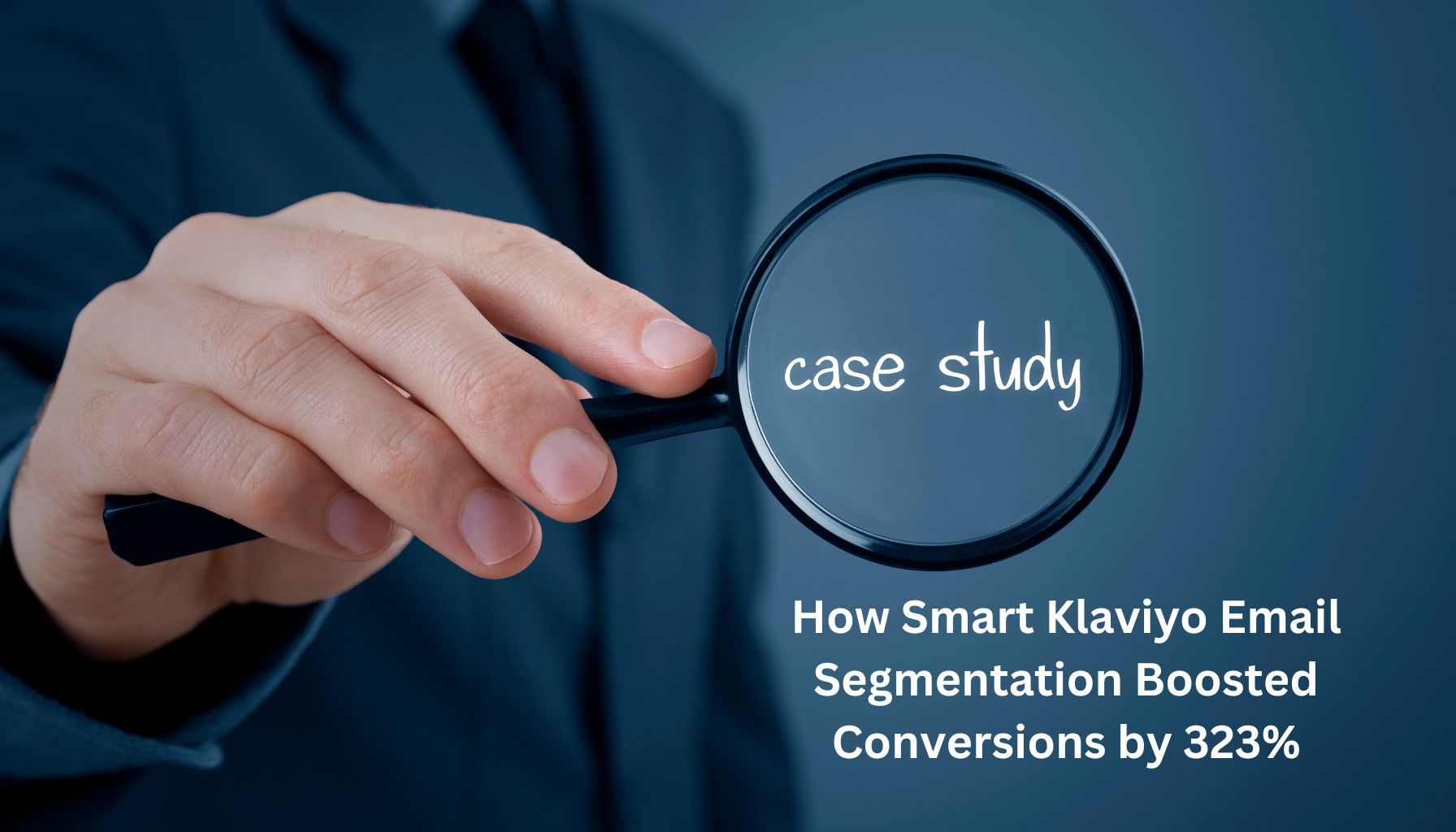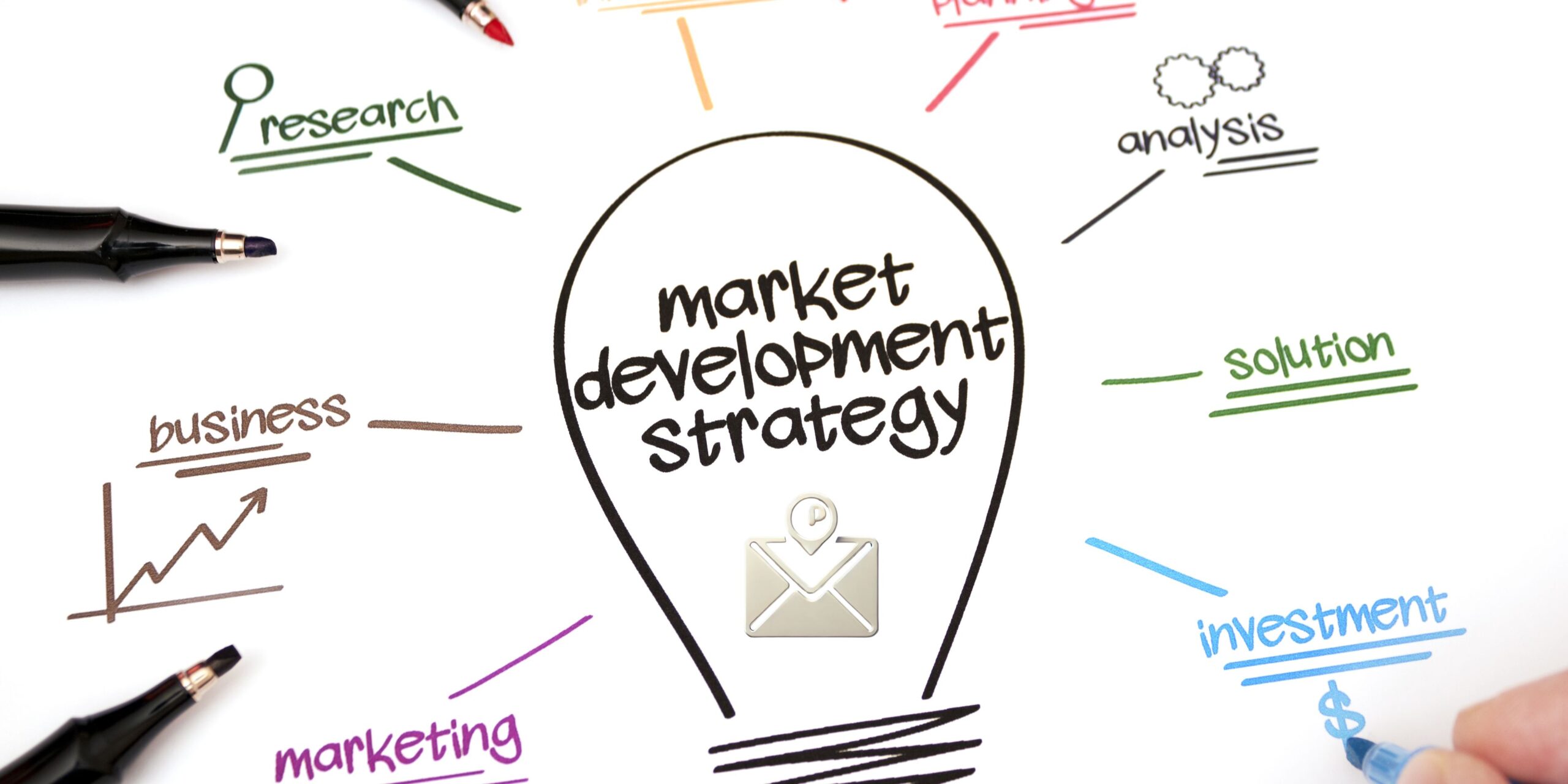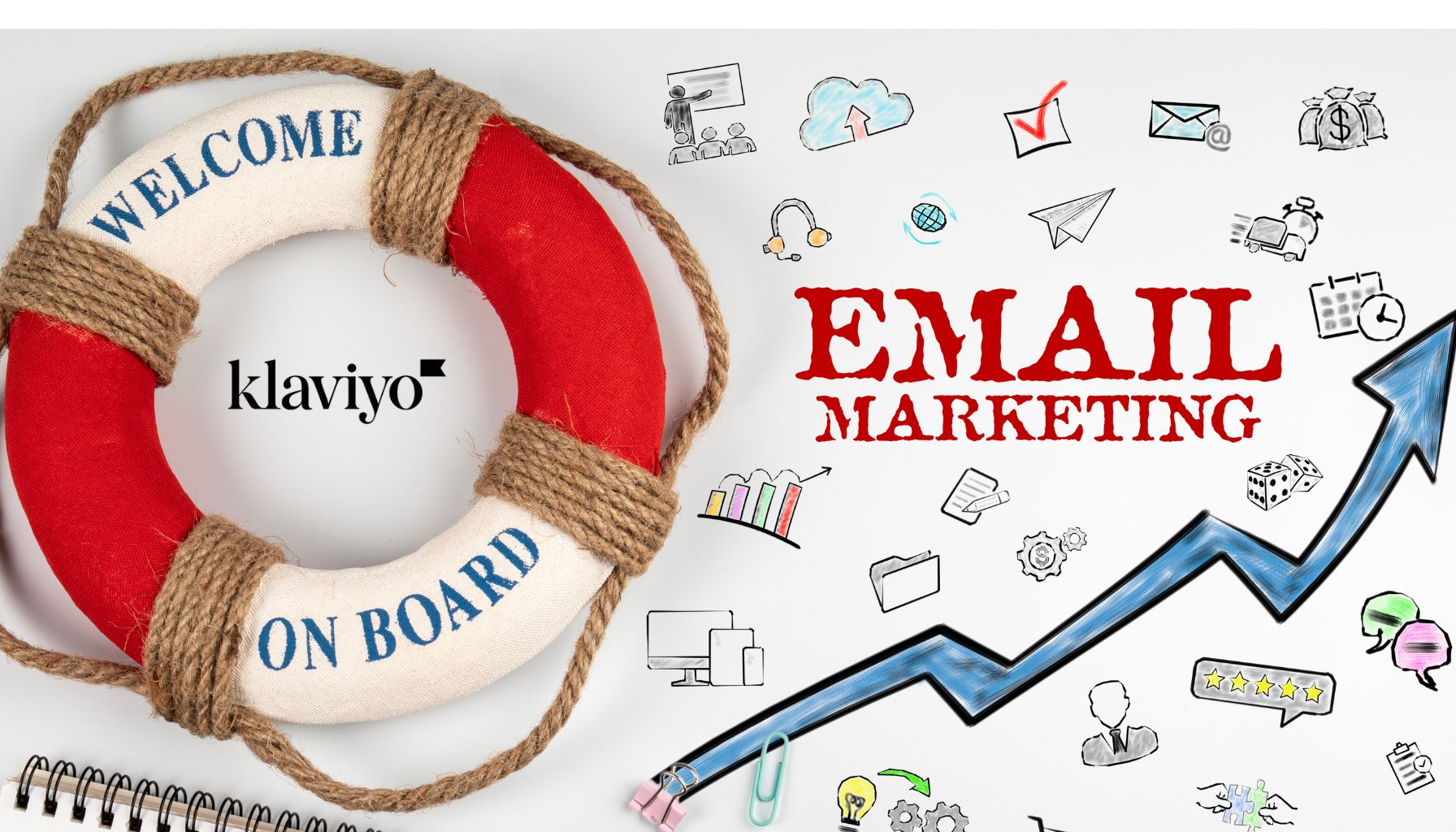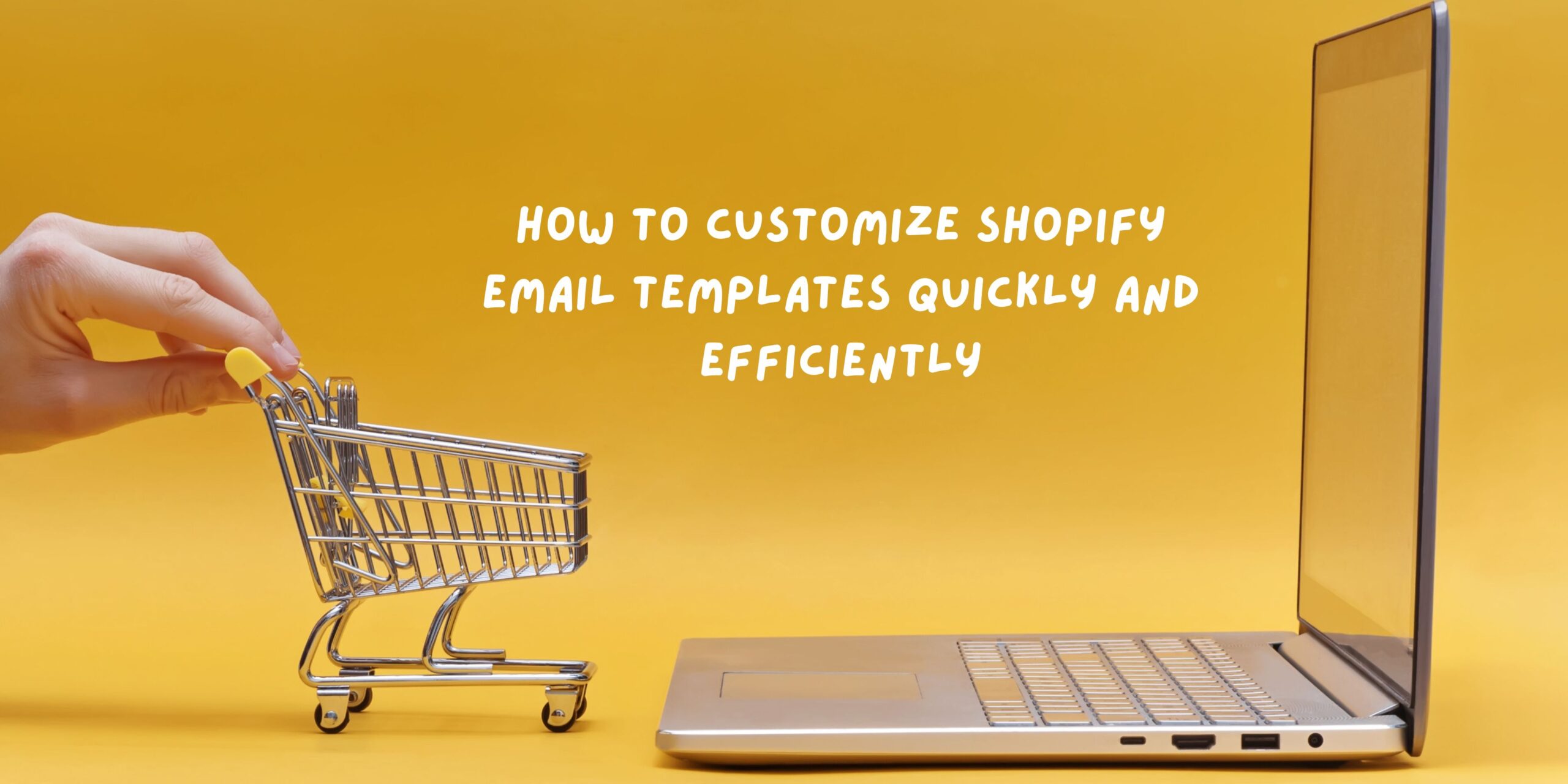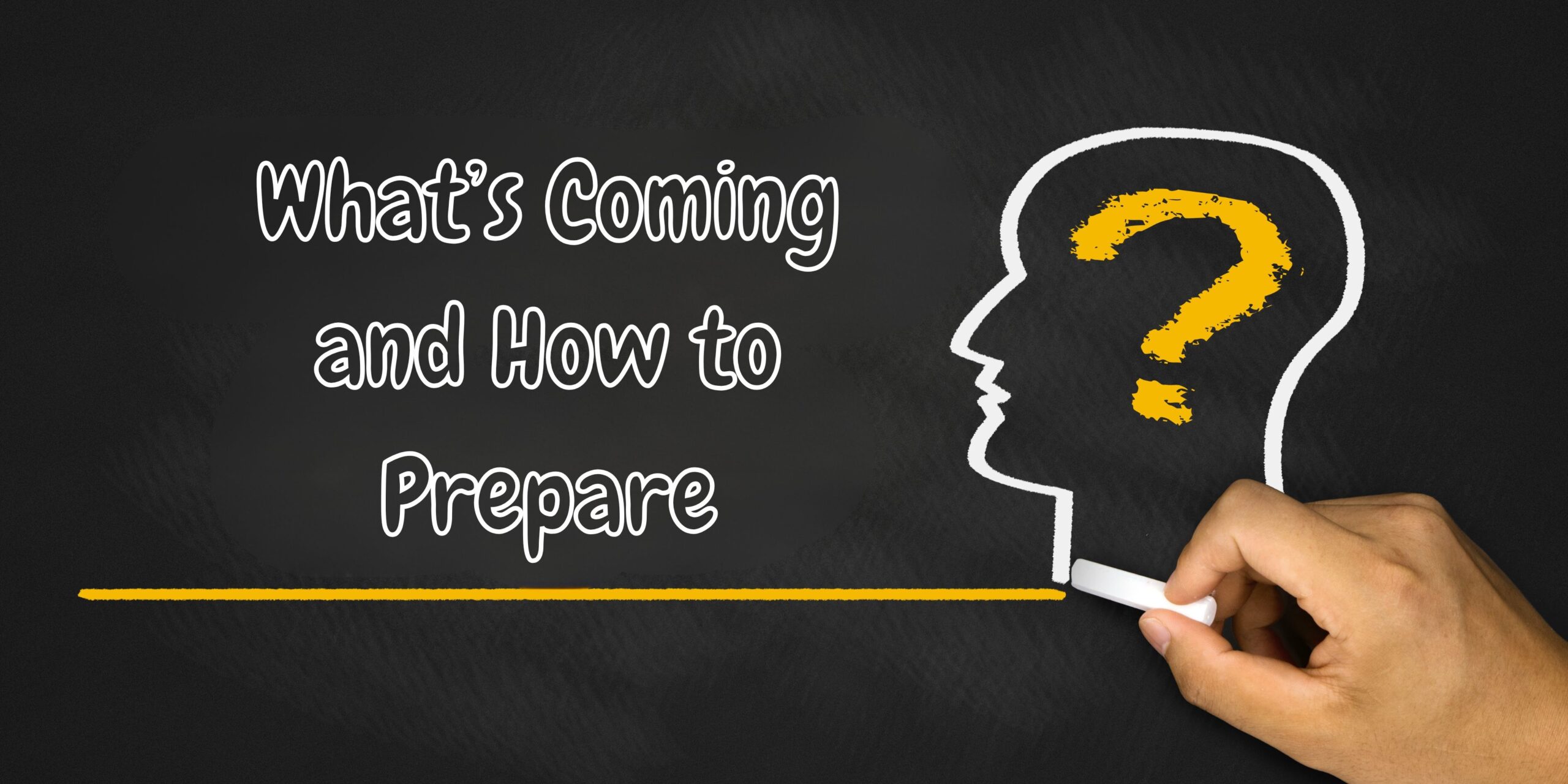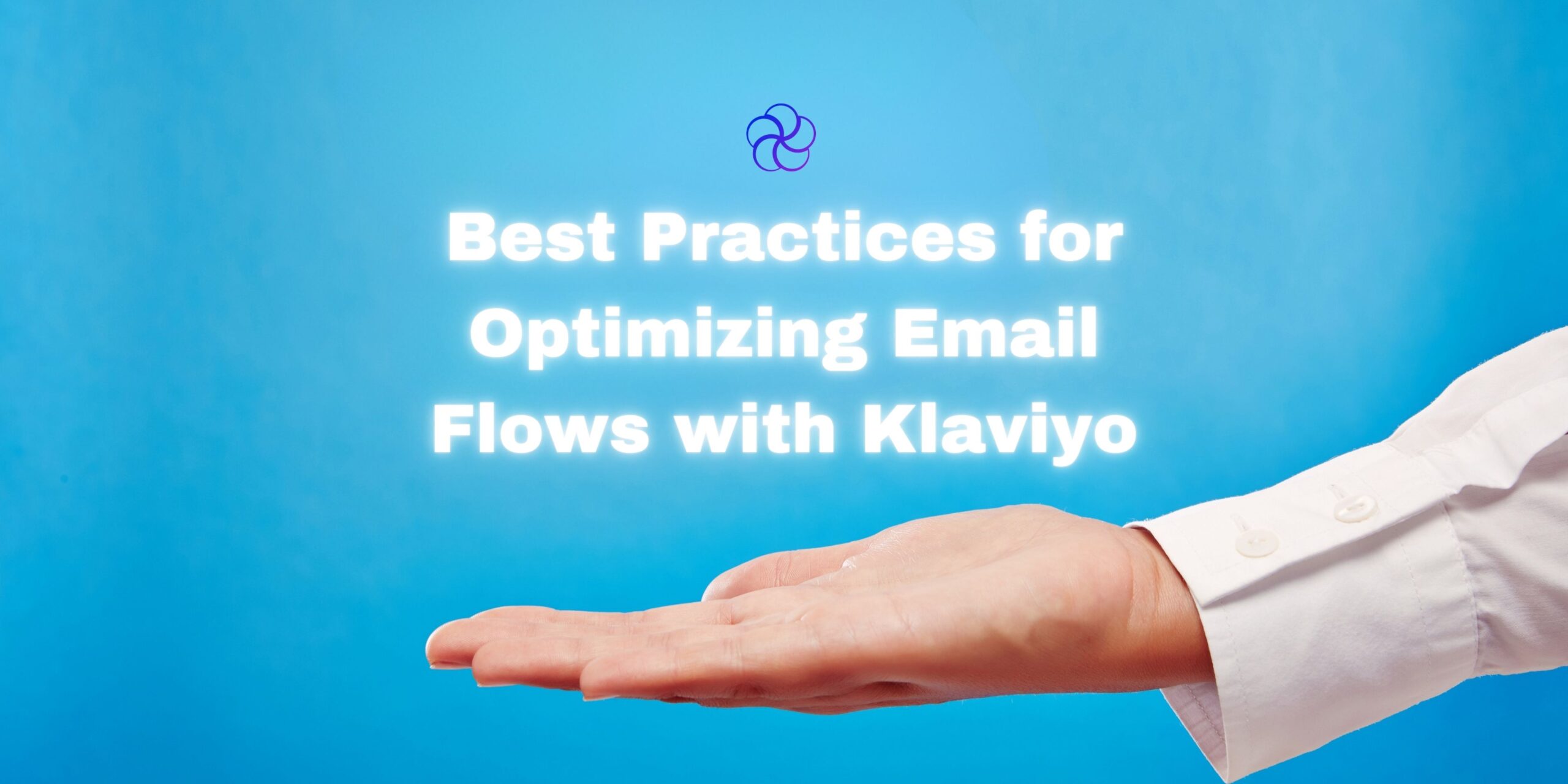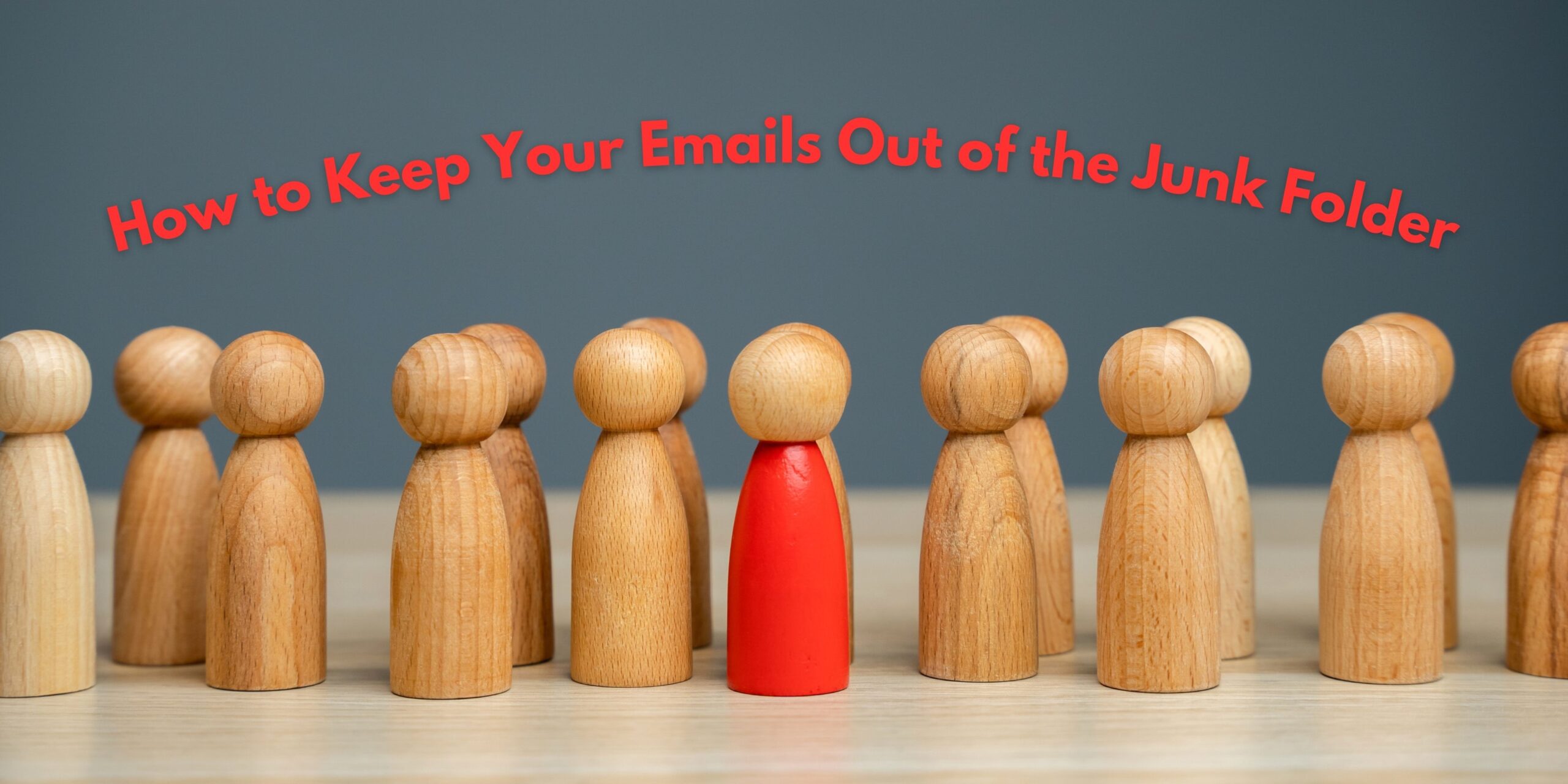Glossary
| Term | Definition |
|---|---|
| Tech Stack | The collection of technologies and software solutions used to operate an eCommerce store. |
| Technical Debt | The cost of maintaining outdated, redundant, or unnecessary technology. |
| Integration | The seamless connection of software tools to enable data sharing and automation. |
| Headless Commerce | An architecture where the front end and back end of an eCommerce store are separated. |
| Partner Expansion | When a vendor or platform adds new capabilities (e.g., Klaviyo adding SMS to email). |
| UX (User Experience) | How users interact with and experience your website. |
| Operational Efficiency | The ability to run business operations smoothly with minimal waste or error. |
Introduction
The eCommerce industry is no longer just about having a storefront online. Scaling successfully requires infrastructure that supports customer experience, data flow, marketing automation, inventory management, and more. This infrastructure is your tech stack.
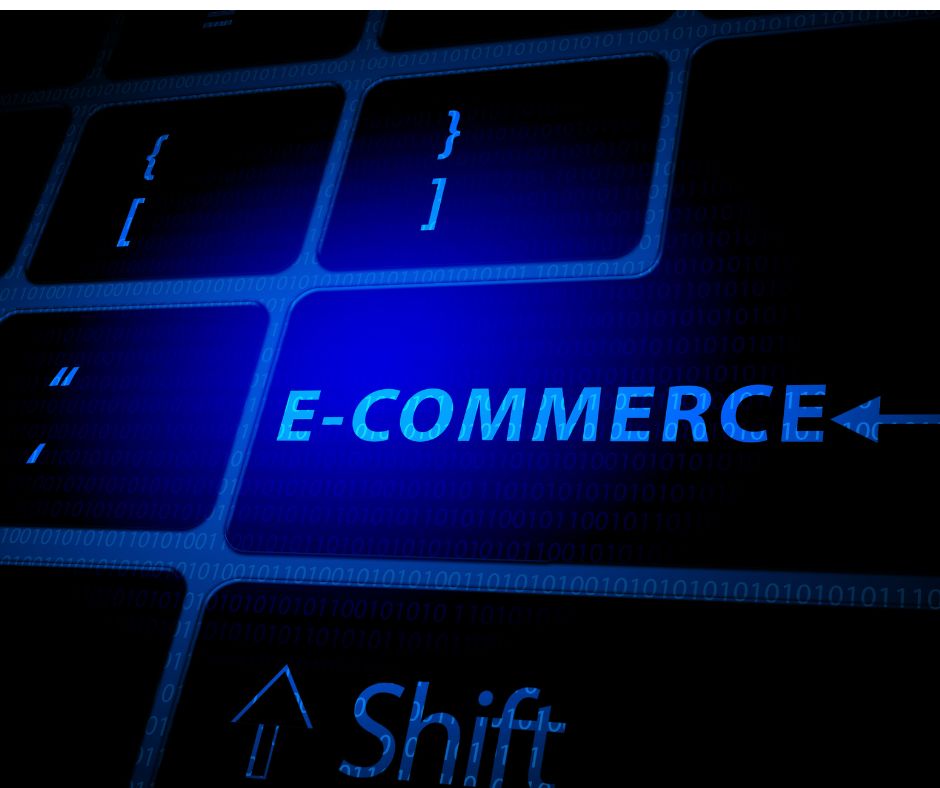
A modern, optimized eCommerce tech stack is a competitive advantage. It reduces friction, unlocks revenue, and adapts to your brand’s needs as you grow.
In this complete guide, we’ll walk through how to build and evolve a tech stack that supports long-term scale, featuring practical frameworks, evaluation questions, real-life examples, and SEO-optimized insights.
What Is an eCommerce Tech Stack?
Your tech stack is the backbone of your online business. It includes:
| Component | Purpose | Examples |
|---|---|---|
| eCommerce Platform | Core engine for online store | Shopify, BigCommerce, WooCommerce |
| Email Marketing | Lifecycle marketing and campaigns | Klaviyo, Omnisend, Mailchimp |
| Search & Merchandising | Navigation and search experience | Boost Commerce, Algolia, Klevu |
| Customer Reviews | Collect & display social proof | Yotpo, Okendo, Stamped.io |
| Subscriptions | Enable recurring purchases | Recharge, Skio, Native Shopify Subscriptions |
| Analytics & Attribution | Performance tracking | Triple Whale, GA4, Elevar |
| CRO/Personalization | Improve AOV and UX | Rebuy, Nosto, Convert |
| Loyalty & Referrals | Increase retention | LoyaltyLion, Smile.io, Rise.ai |
| Customer Support | Handle inquiries effectively | Gorgias, Zendesk, Tidio |
Step 1: Selecting the Right Tech Partners
Key Factors to Consider
| Factor | Why It Matters |
|---|---|
| Business Model | Subscription brands need robust recurring billing tools. |
| Catalog Size | Large catalogs need advanced search and filtering features. |
| Growth Stage | Early-stage brands may benefit from lightweight, bundled tools. |
| Team Size | Smaller teams benefit from all-in-one platforms. |
Launch Priorities
- SEO First? Choose search-focused tools and clean architecture.
- Performance First? Choose apps with lightweight front-end impact.
- UX Focused? Prioritize personalization, AI search, and on-site CRO tools.
Pro Tip: Avoid bloat. More isn’t better. Use only what you need.
Step 2: Updating and Auditing Your Existing Stack
Even the best stack needs regular health checks.
Why Regular Re-Evaluation Matters:
| Benefit | Example |
|---|---|
| Maximize ROI | Klaviyo adding SMS reduces the need for a separate provider. |
| Reduce Technical Debt | Replace outdated tools with native Shopify features. |
| Improve Integration | Yotpo + Klaviyo syncs reviews with email flows. |
Quarterly Audit Checklist:
- Are you still using all installed apps?
- Are you duplicating functionality across platforms?
- Are there recent platform updates you haven’t enabled?
Tech Stack Maintenance Table:
| Task | Frequency |
|---|---|
| Full Audit | Quarterly |
| App Usage Review | Bi-Monthly |
| Integration Health Check | Monthly |
Step 3: Best Practices for a High-Performing Stack
1. Leverage Partner Expansion
Vendors are constantly evolving. For example, Yotpo now offers loyalty, reviews, subscriptions, and SMS—all under one roof.
Benefits:
- One billing system
- Unified data and insights
- Less maintenance overhead
2. Prioritize Seamless Integrations
When tools don’t speak to each other, you’re left stitching together data. Choose tools with existing integrations.
Example Use Case:
- Recharge + Klaviyo: Use subscription data to trigger custom email flows.
- Rebuy + Shopify: Enable smart product recommendations in cart and PDP.
| Integration Pair | Benefit |
|---|---|
| Klaviyo + Yotpo | Sync reviews for automated UGC campaigns |
| Recharge + Shopify | Native subscription data flow for analytics accuracy |
| Rebuy + Gorgias | Personalized product suggestions via support chat |
Real-World Example: This Works
Client Stack Snapshot:
- Email & SMS: Klaviyo
- Subscriptions: Recharge
- Smart Cart & AOV Uplift: Rebuy
How They Used It:
- Segmented Klaviyo flows by subscription type
- Rebuy used to boost cart value with targeted offers
- Created milestone email flows for recurring customers
Results:
- Increased repeat order rate by 32%
- Boosted AOV by 17%
10 Questions to Ask Before Adding Any Tool
| Question | Purpose |
|---|---|
| What core need does this tool solve? | Ensure ROI alignment |
| Does it duplicate existing functionality? | Reduce app overload |
| Does it integrate natively with my stack? | Prevent data silos |
| How scalable is the pricing model? | Support long-term growth |
| Will my team realistically use this? | Avoid shelfware |
| How often is the platform updated? | Stay ahead of the curve |
| What support or onboarding is included? | Ensure quick implementation |
| Are analytics/reporting capabilities robust? | Validate outcomes |
| What do other brands in my niche use? | Learn from proven playbooks |
| Can it be replaced by a multi-solution partner? | Simplify management |
Frequently Asked Questions
1. How often should I audit my tech stack?
Every quarter. Technology evolves fast, and regular reviews keep your stack efficient.
2. What’s the danger of having too many apps?
Increased costs, slower site speed, redundant functionality, and higher maintenance.
3. Should I use bundled tools or best-in-class apps?
Depends on scale. Smaller brands benefit from bundles; enterprise brands often prefer specialized solutions.
4. Can I migrate away from tools without breaking my store?
Yes, with proper migration planning, most tools can be safely replaced or consolidated.
5. What should I look for in app reviews?
Support response times, recent update history, integration feedback, and performance outcomes.
6. Is headless commerce right for me?
Only if you’re running high scale, custom UX flows, and have dev resources. Otherwise, Shopify or similar platforms are more cost-effective.
Final Thoughts
Your tech stack can either be your biggest asset or your greatest bottleneck. Building it thoughtfully—and maintaining it regularly—is what separates scalable brands from stagnant ones.
By choosing the right tools, keeping integrations tight, and aligning technology with business goals, you ensure your store is equipped to scale profitably.
Need expert guidance on building or optimizing your eCommerce stack? Blossom Ecom helps brands reduce friction, drive conversions, and unlock new growth through smart tech strategy.
Let’s build something scalable.
Need help implementing this?
Let us take the hassle of managing your email marketing channel off your hands. Book a strategy call with our team today and see how we can scale your revenue, customer retention, and lifetime value with tailored strategies. Click here to get started.
Curious about how your Klaviyo is performing?
We’ll audit your account for free. Discover hidden opportunities to boost your revenue, and find out what you’re doing right and what could be done better. Click here to claim your free Klaviyo audit.
Want to see how we’ve helped brands just like yours scale?
Check out our case studies and see the impact for yourself. Click here to explore.

Read Our Other Blogs

Personalizing Push Notifications for Better Retention Outcomes


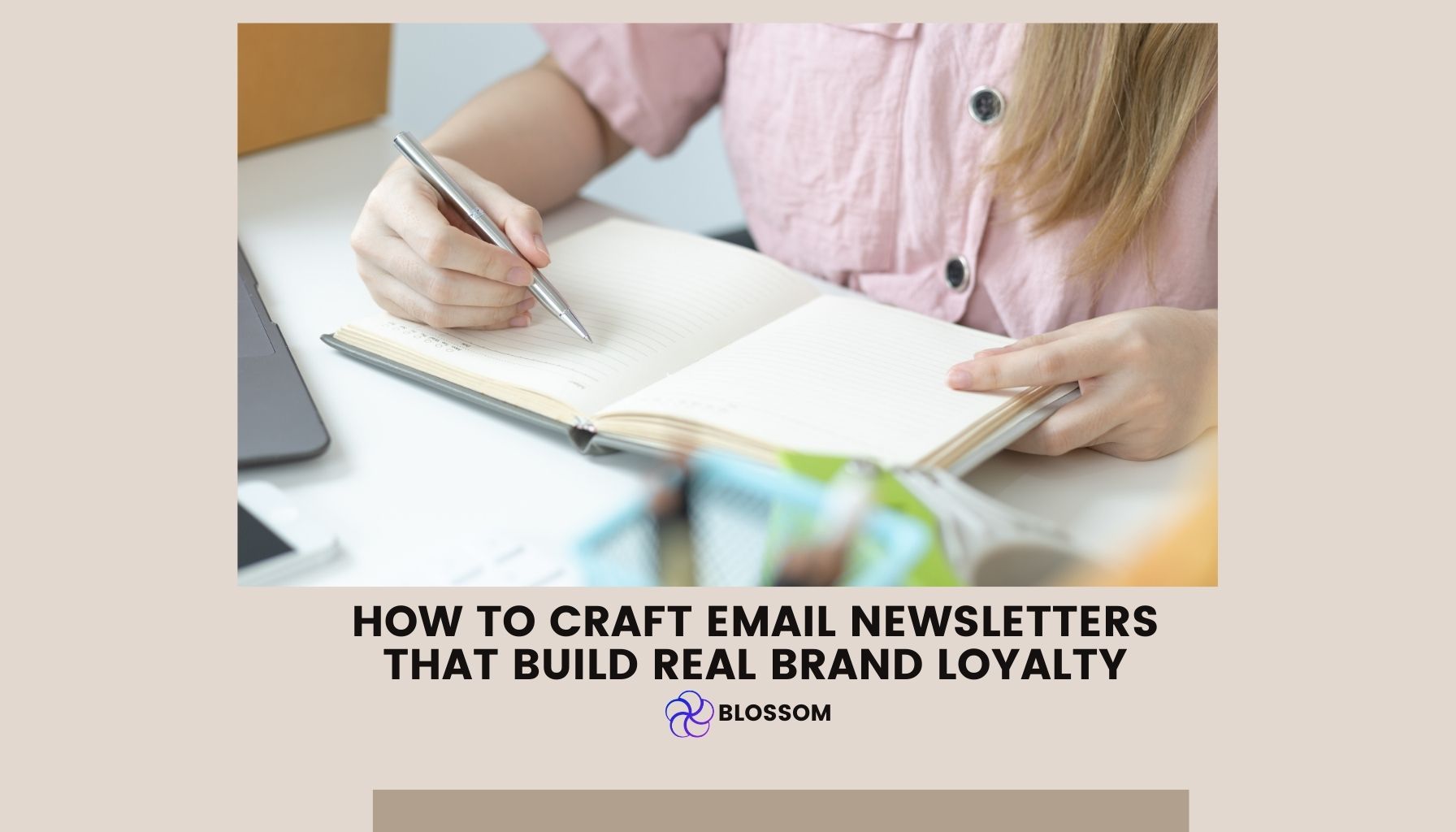
How to Craft Email Newsletters That Build Real Brand Loyalty


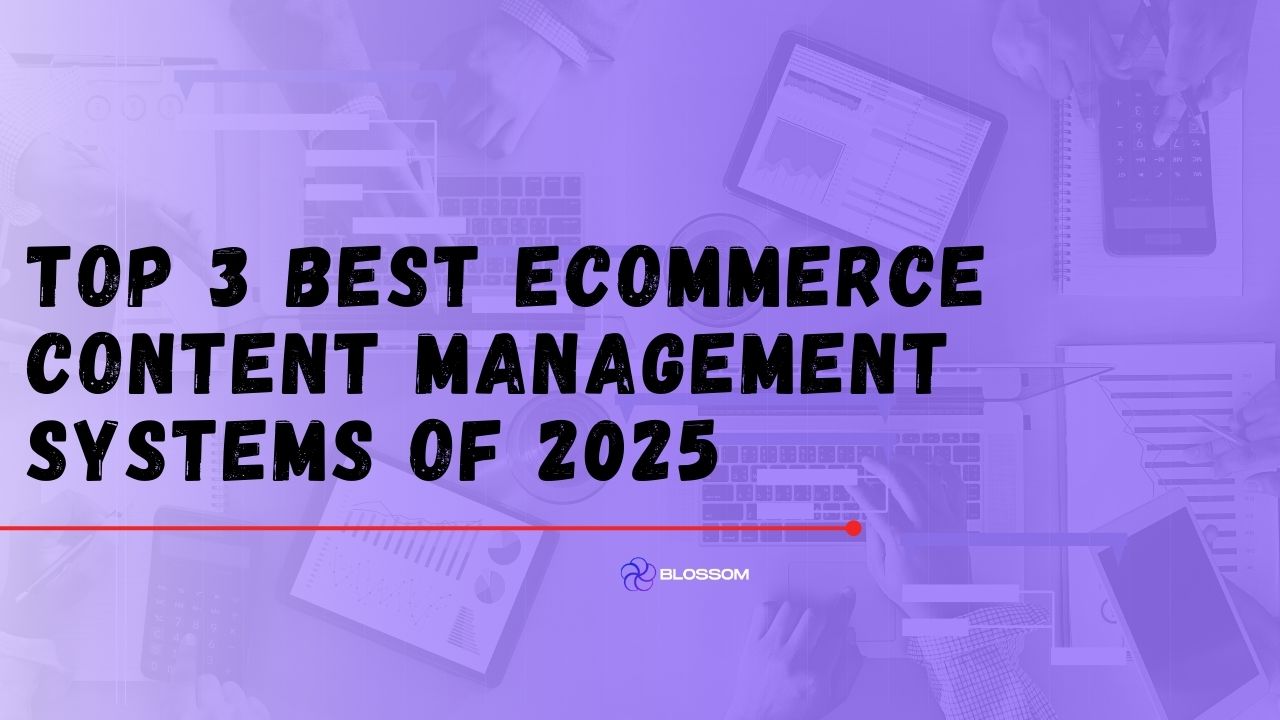
Top 3 Best eCommerce Content Management Systems of 2025




Not Sure Where to Start?
Let's find the biggest retention opportunities in your business. Get a free Klaviyo audit or retention consultation.



